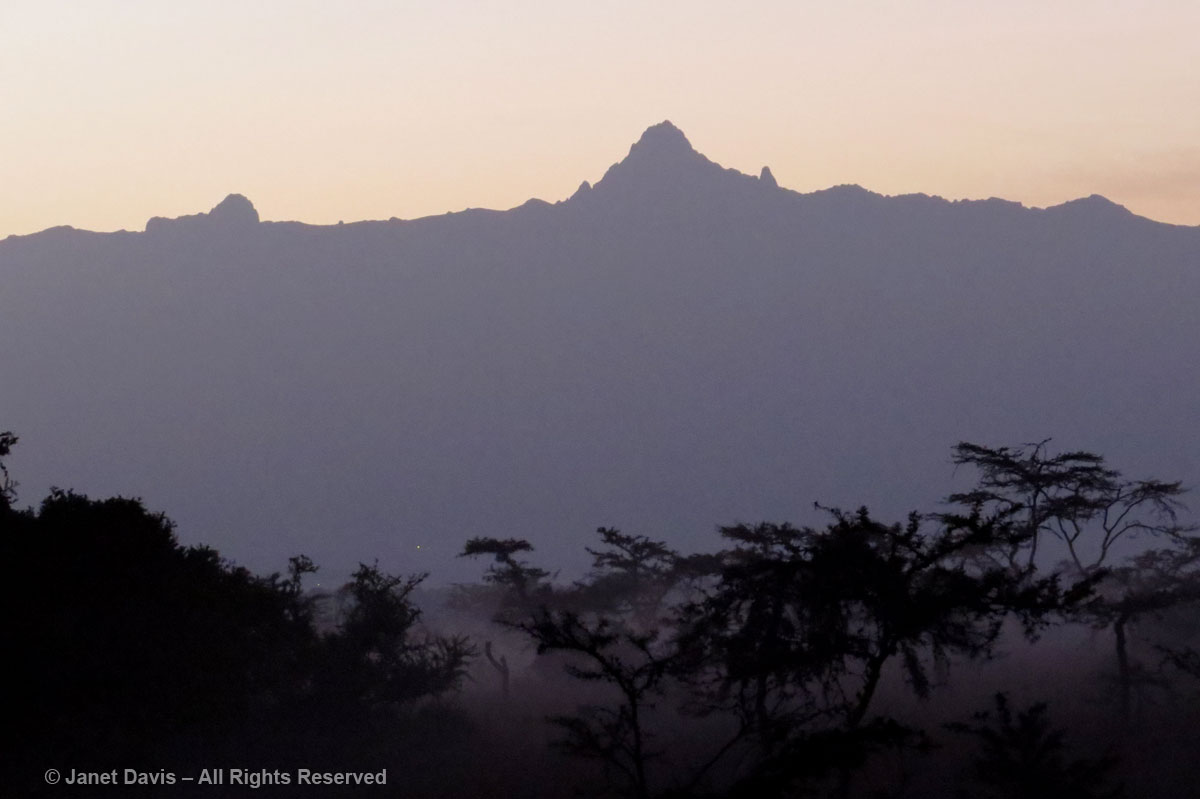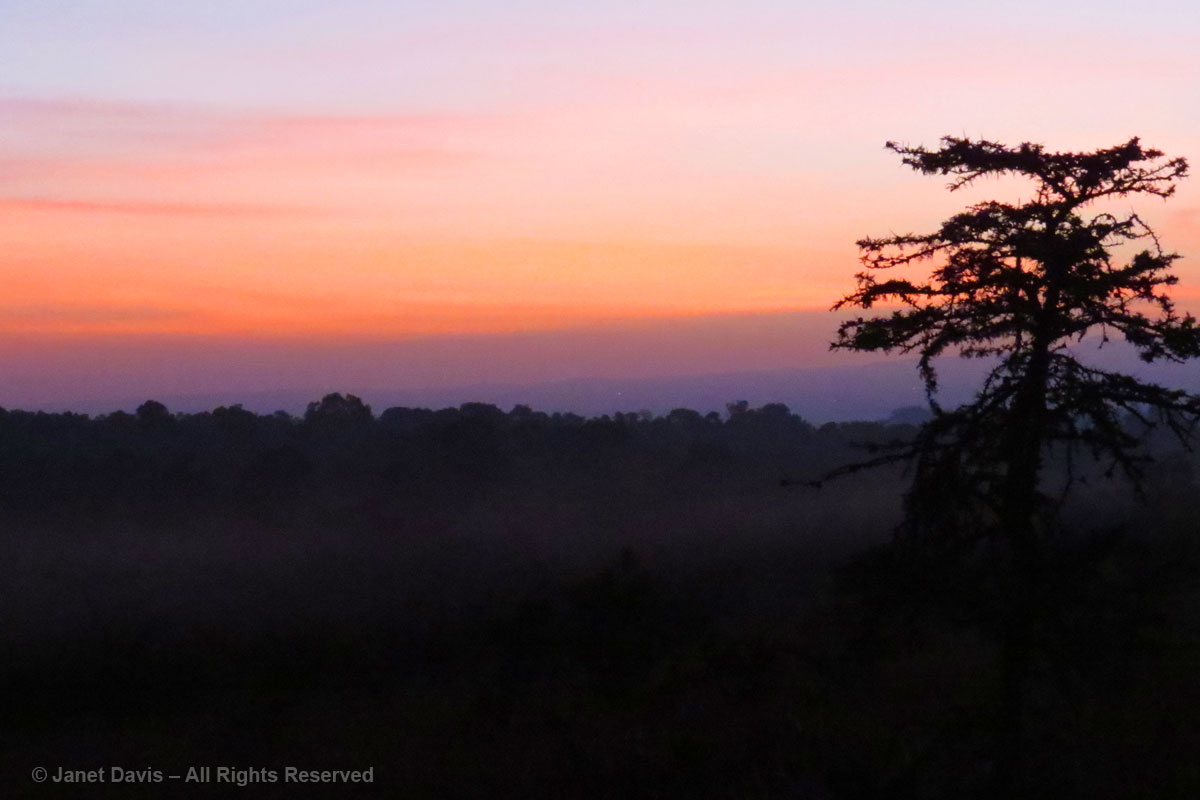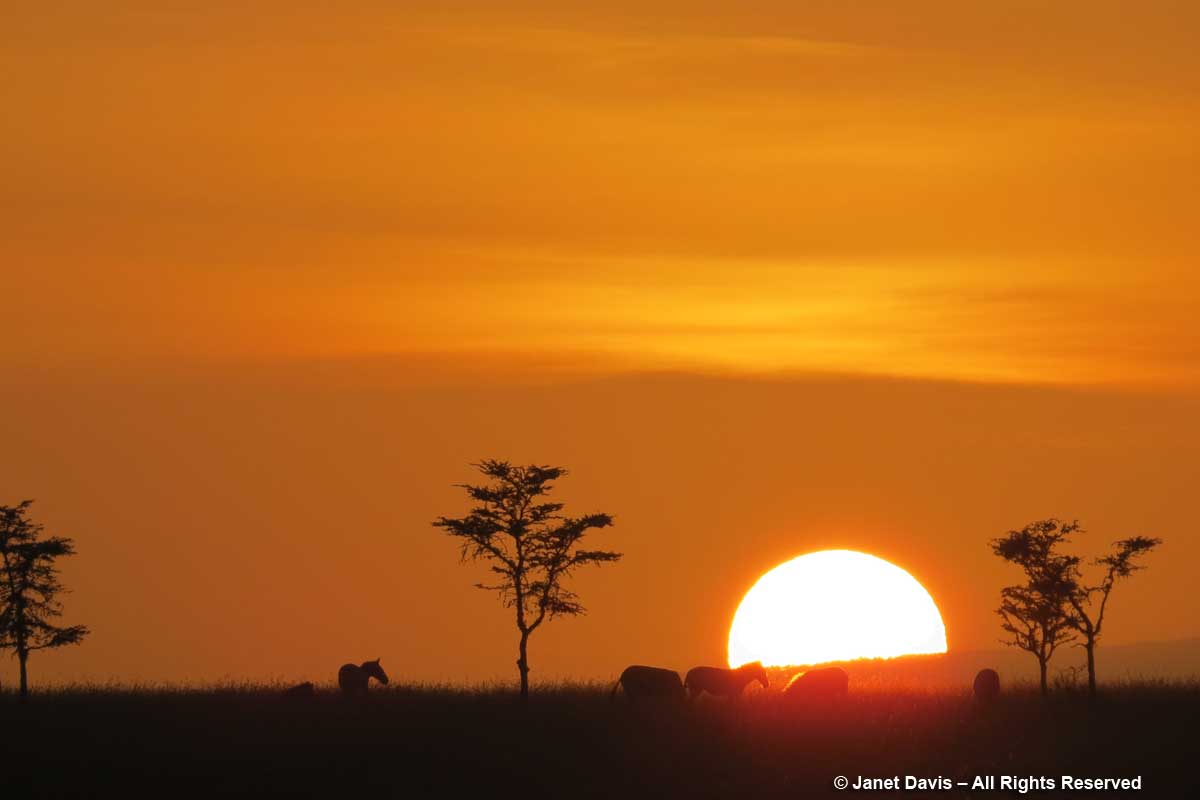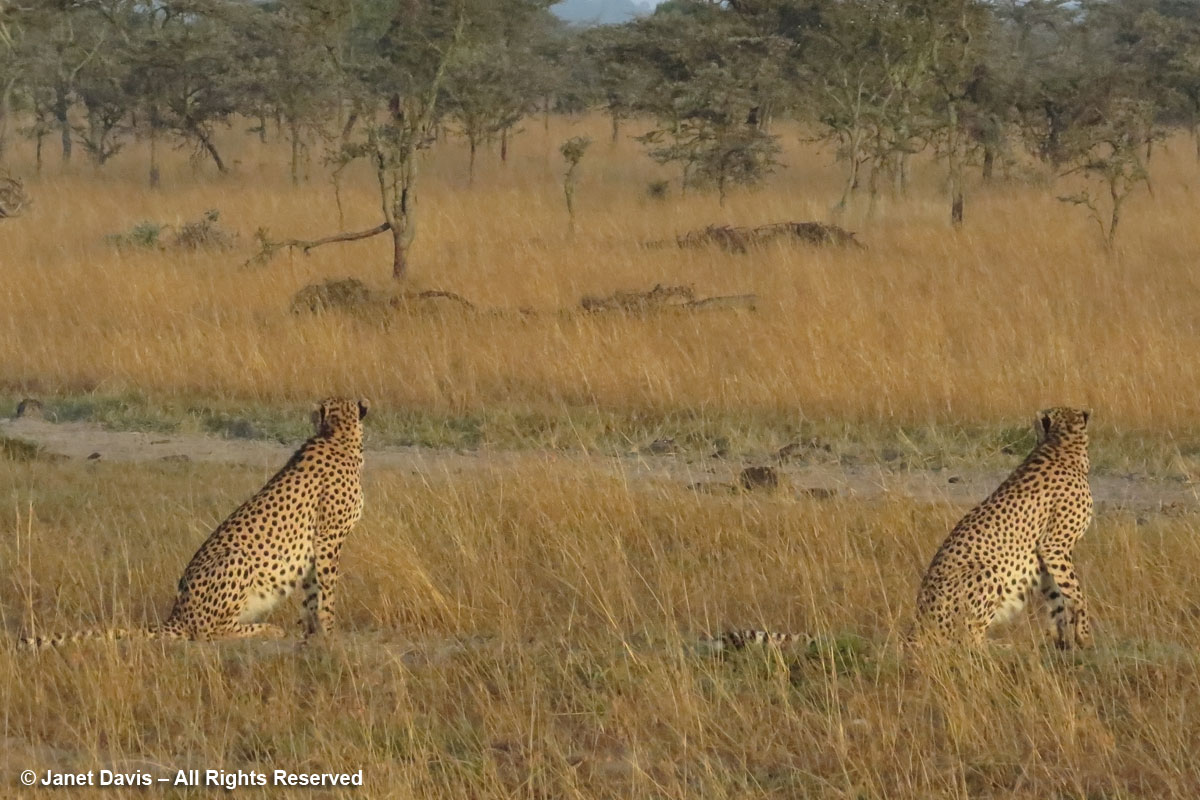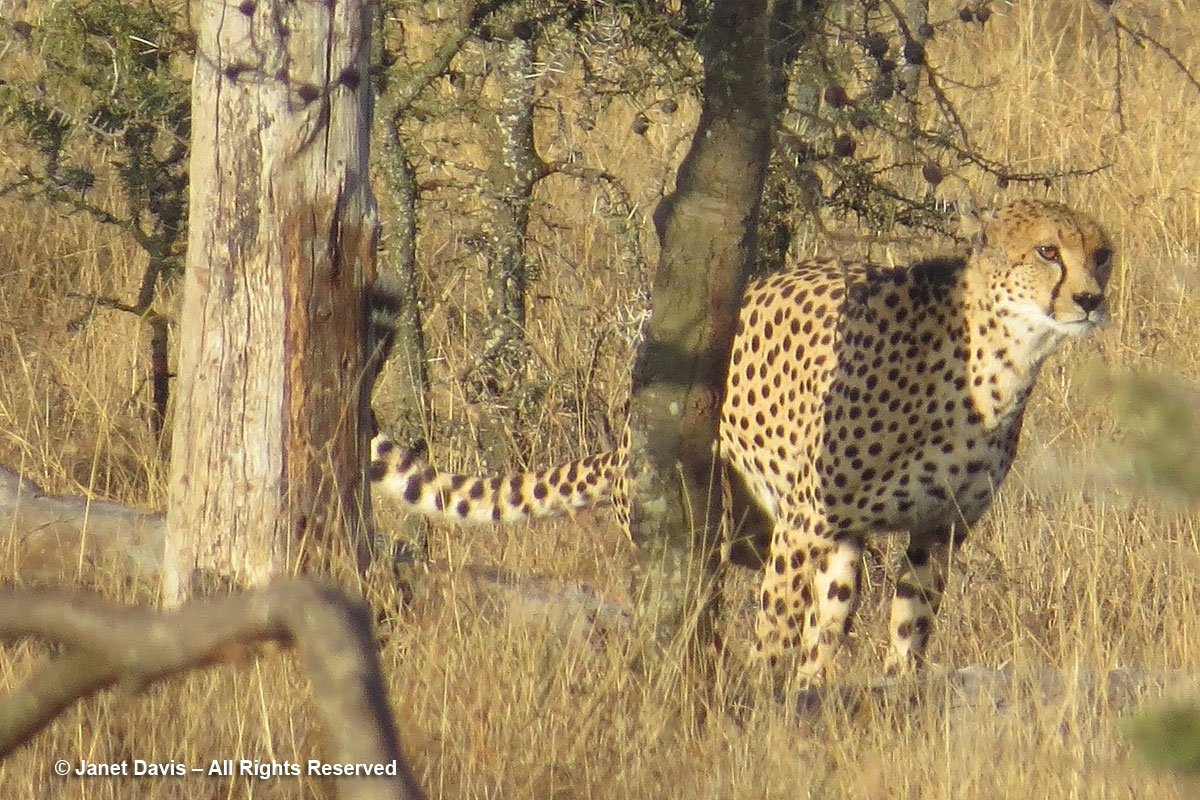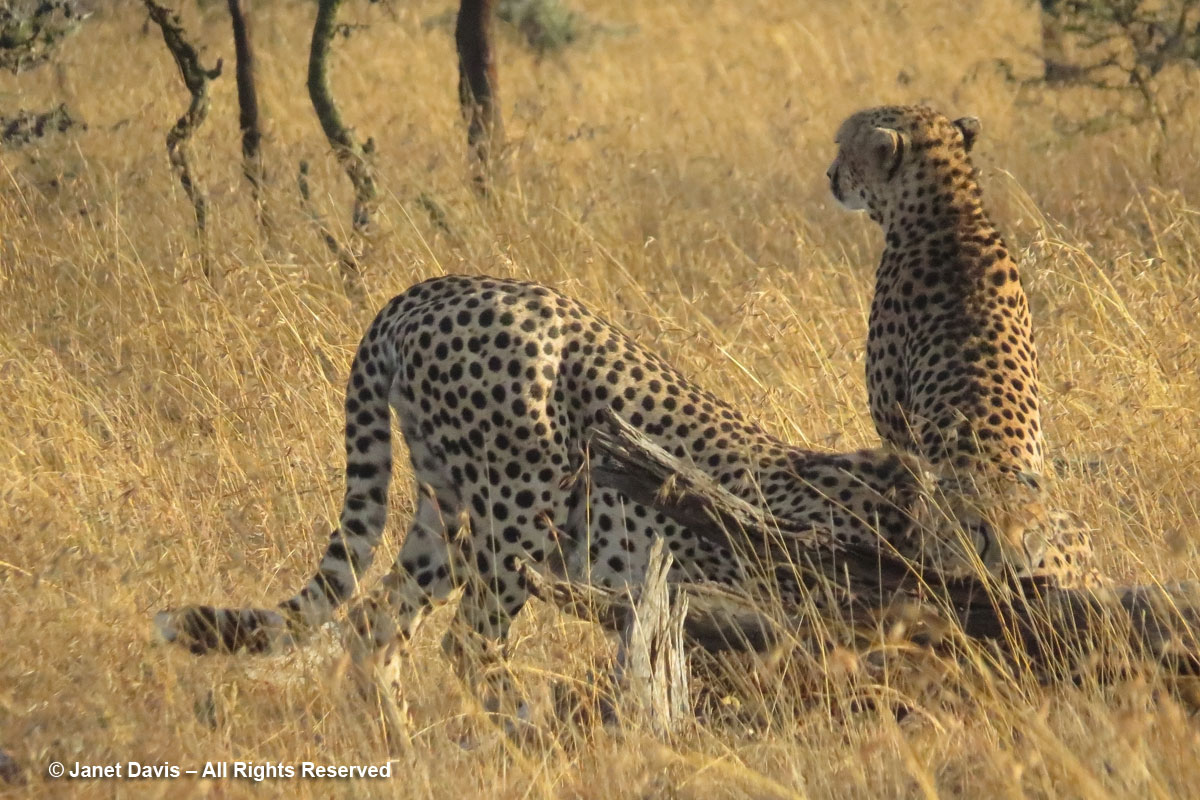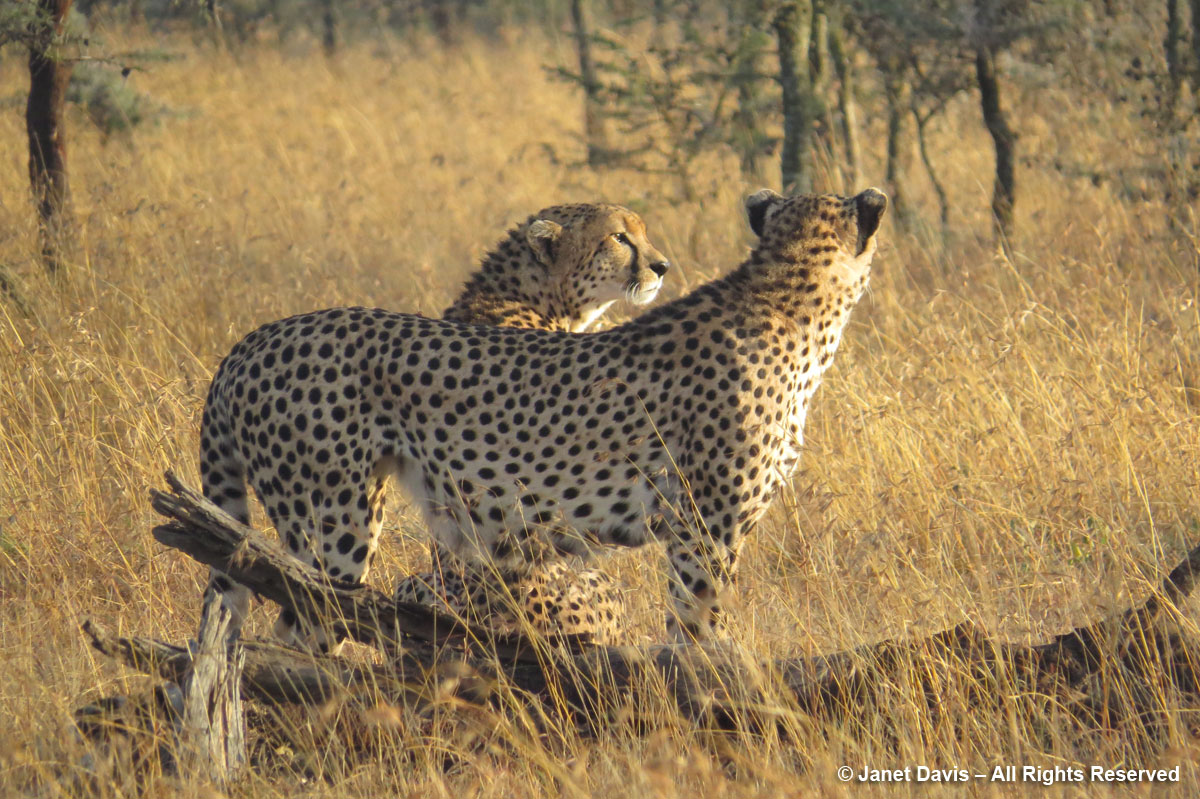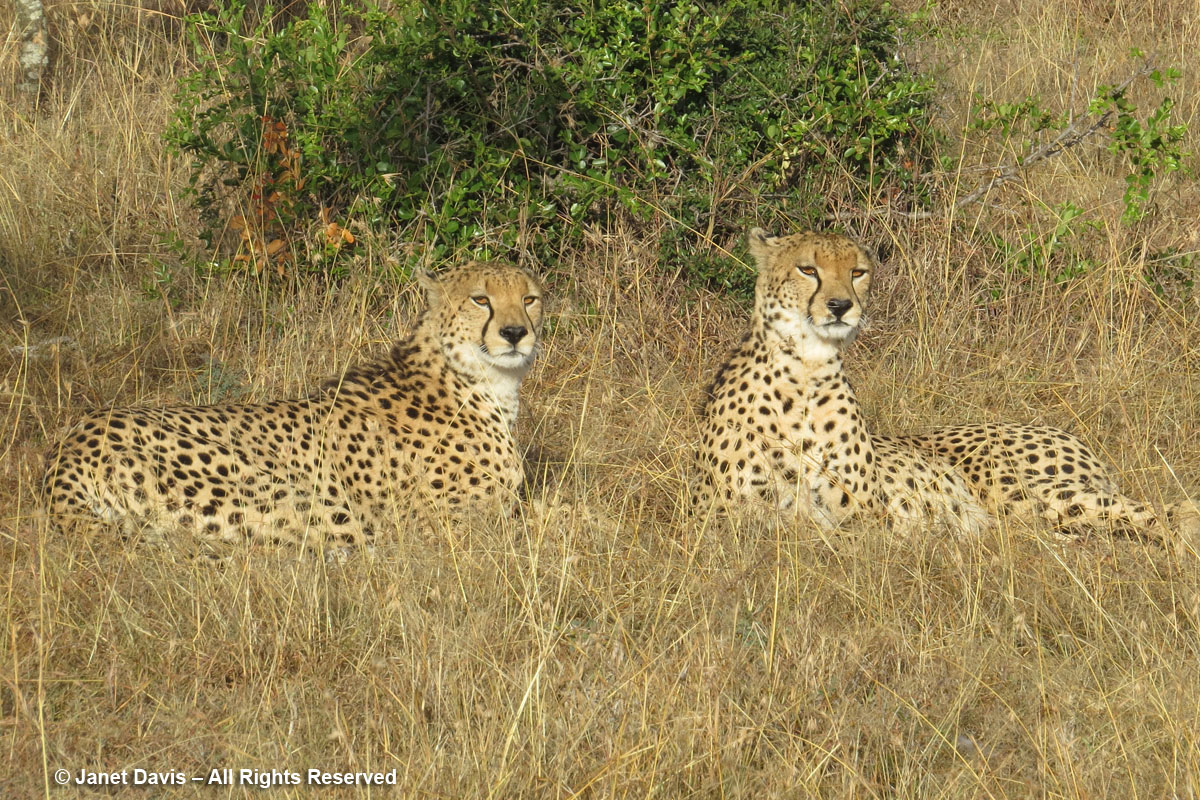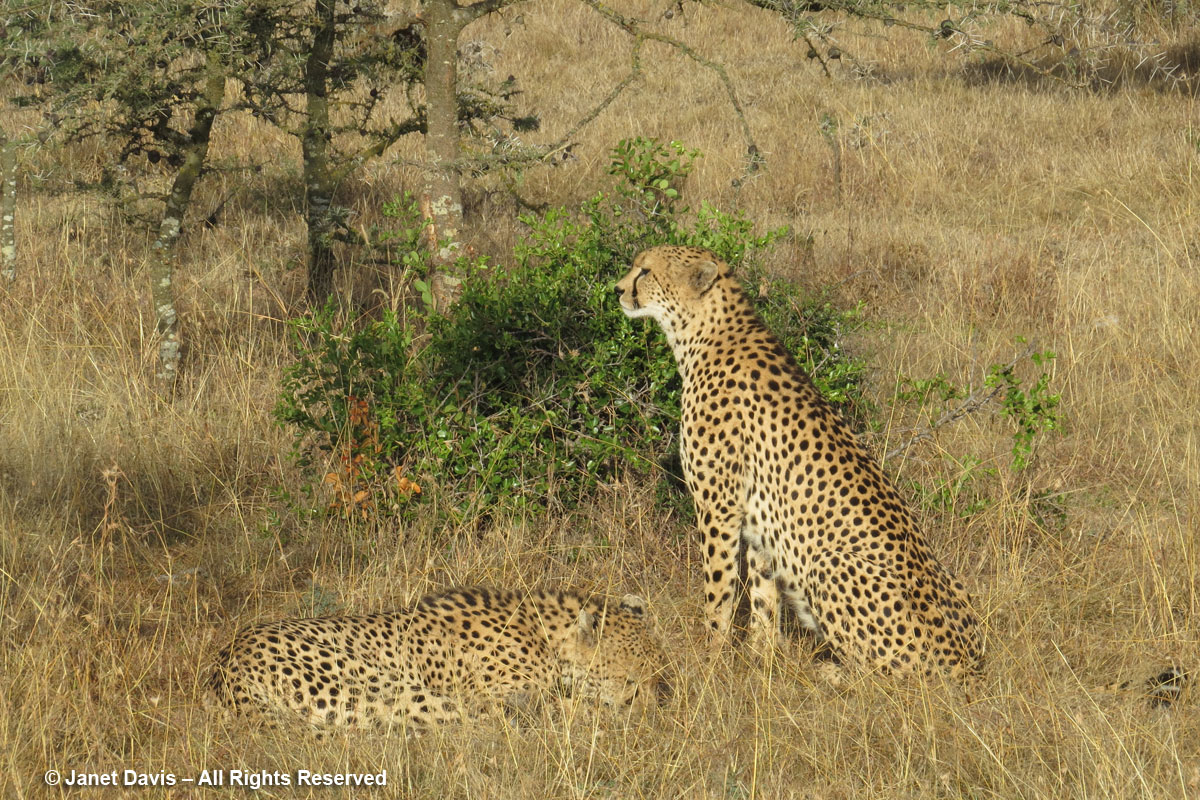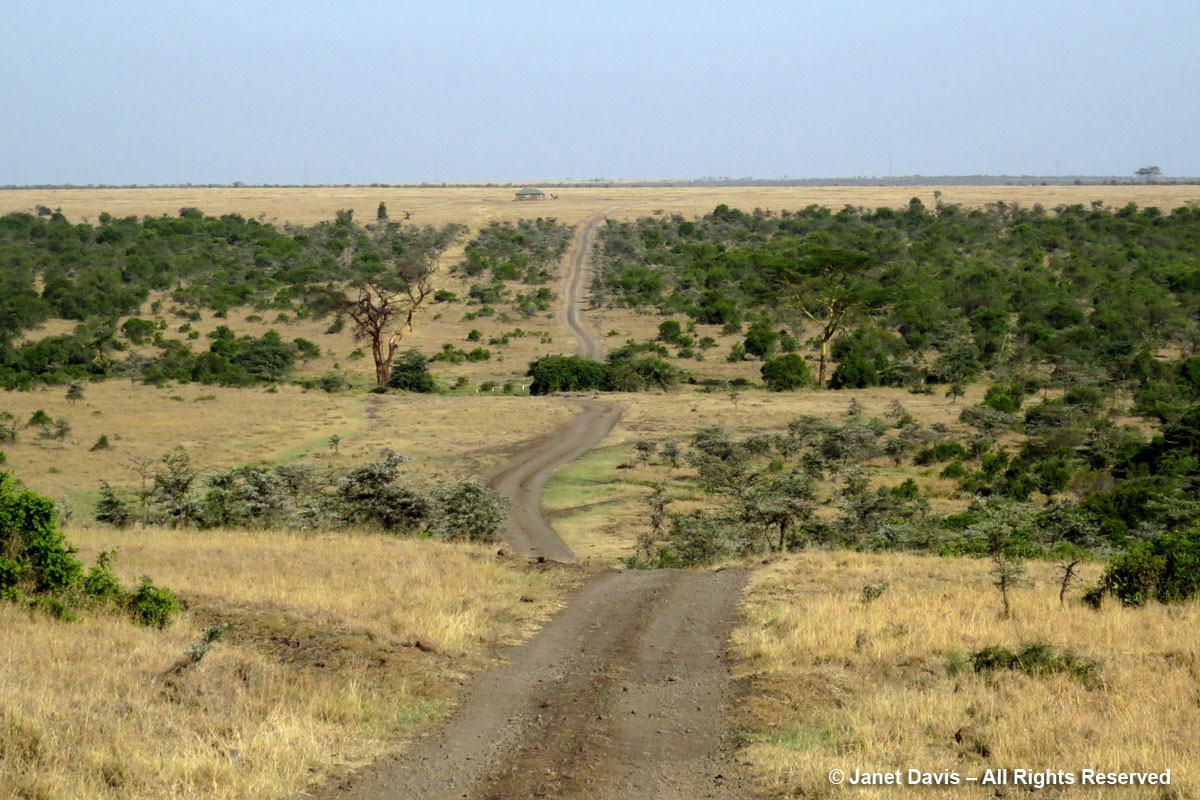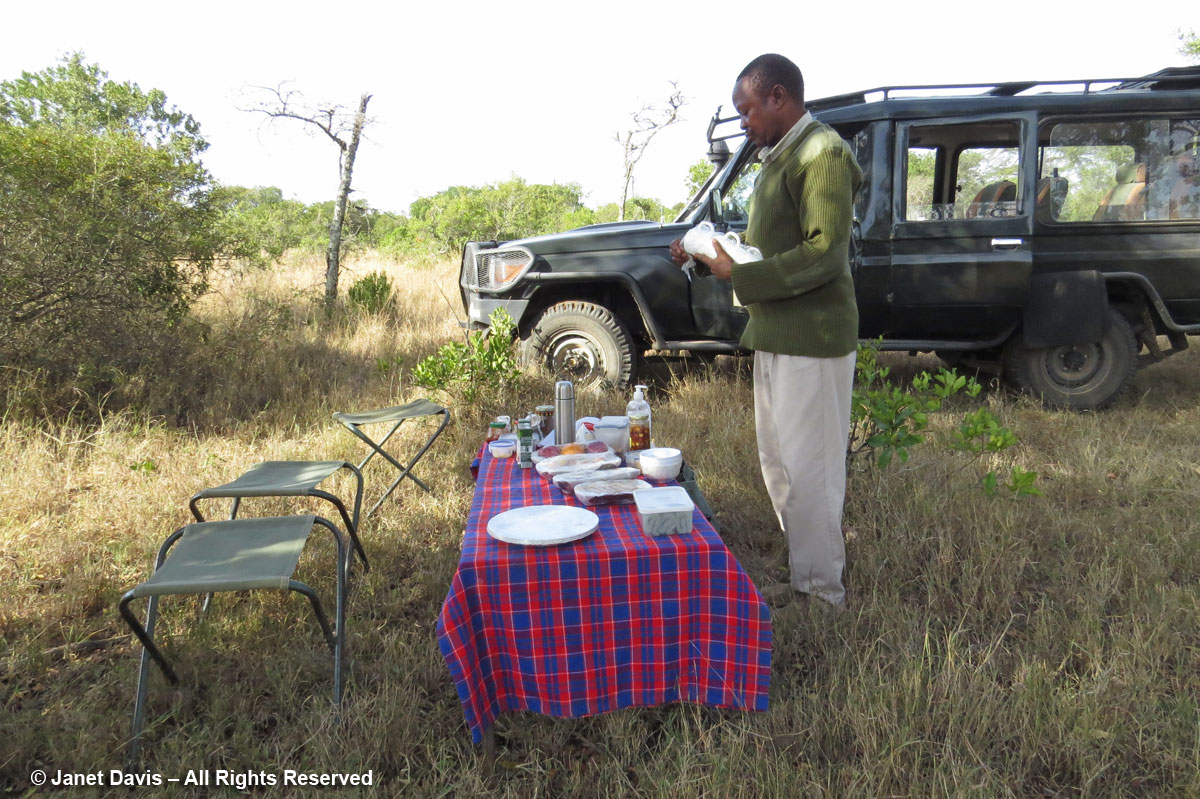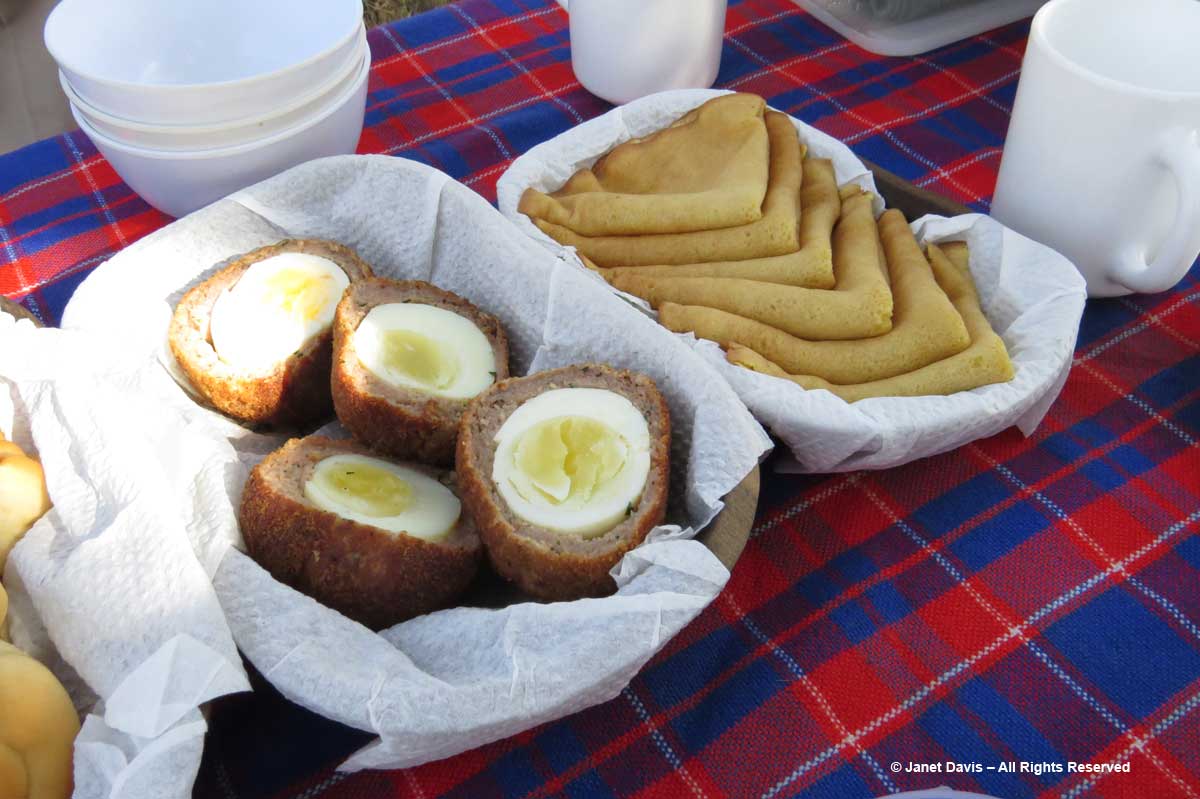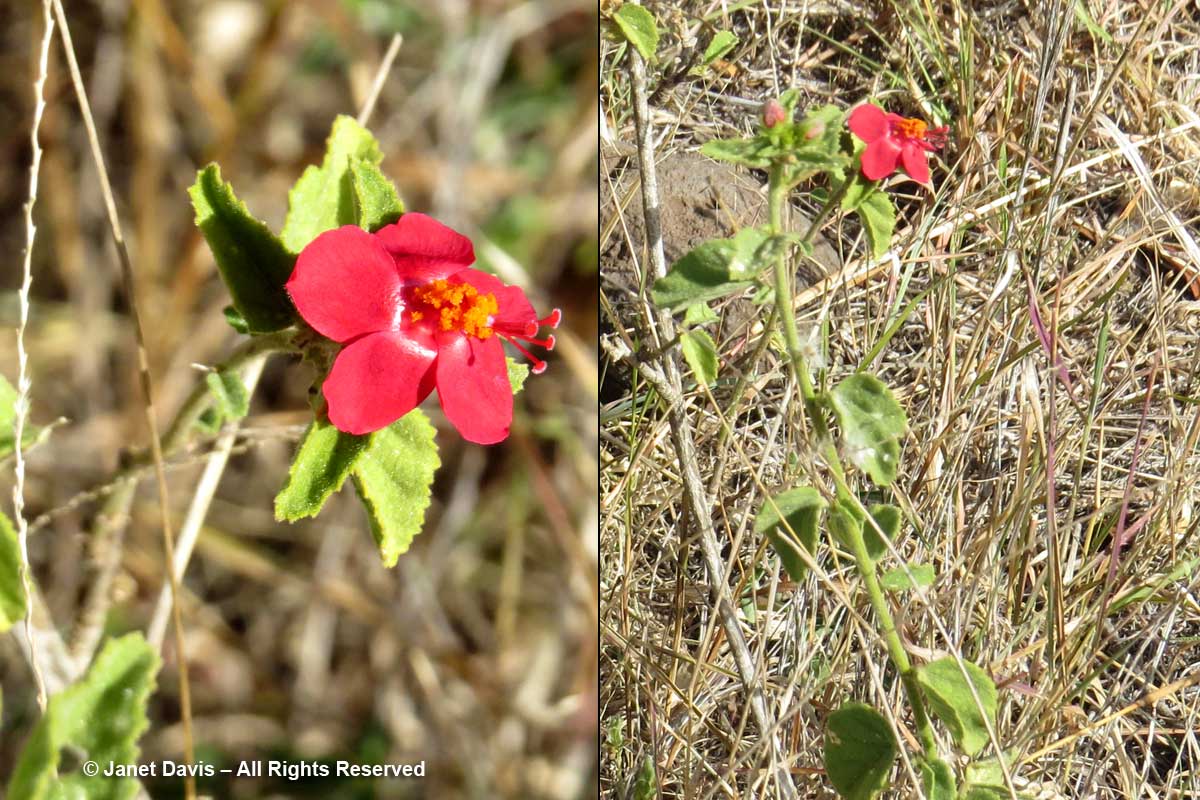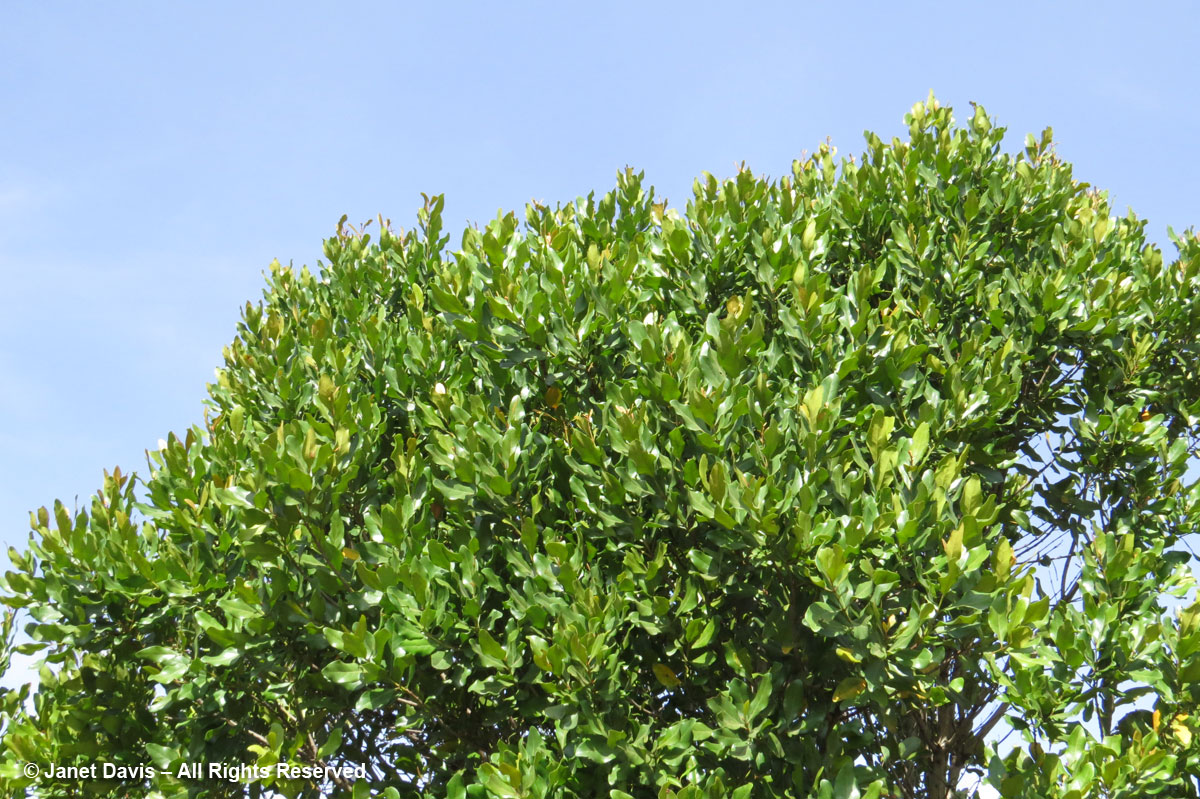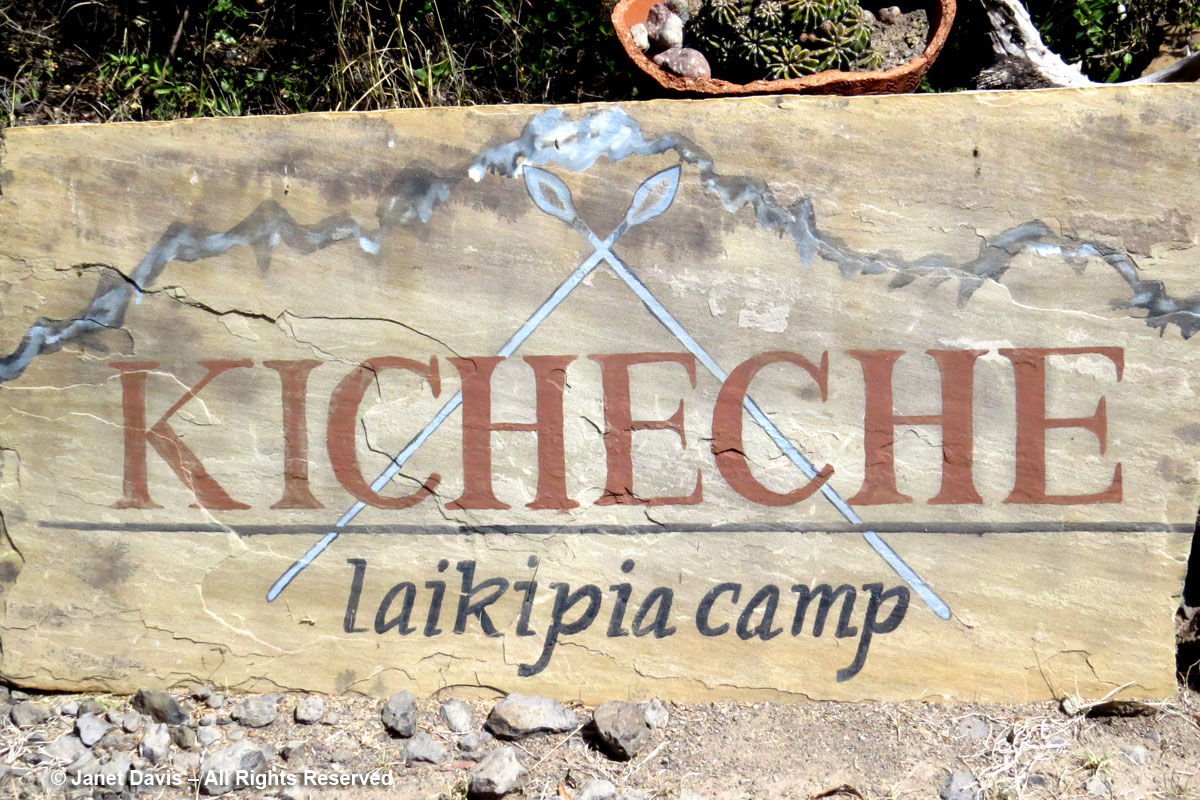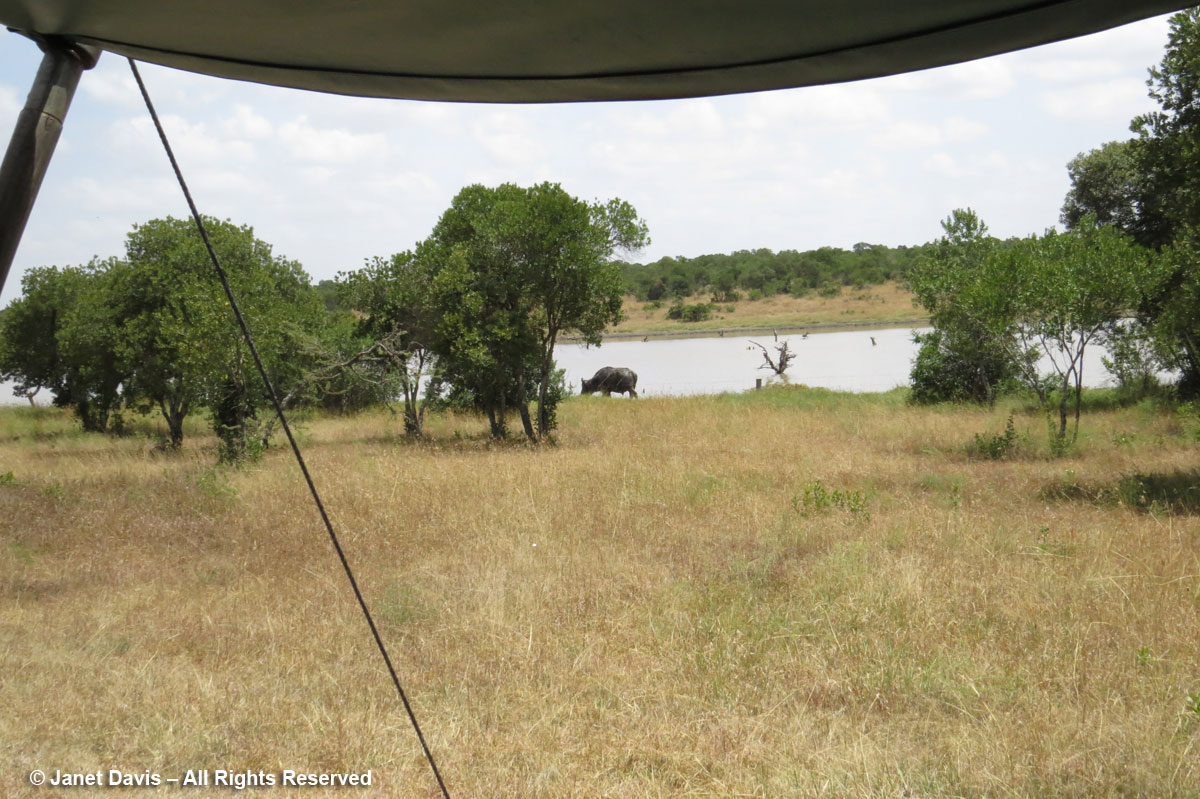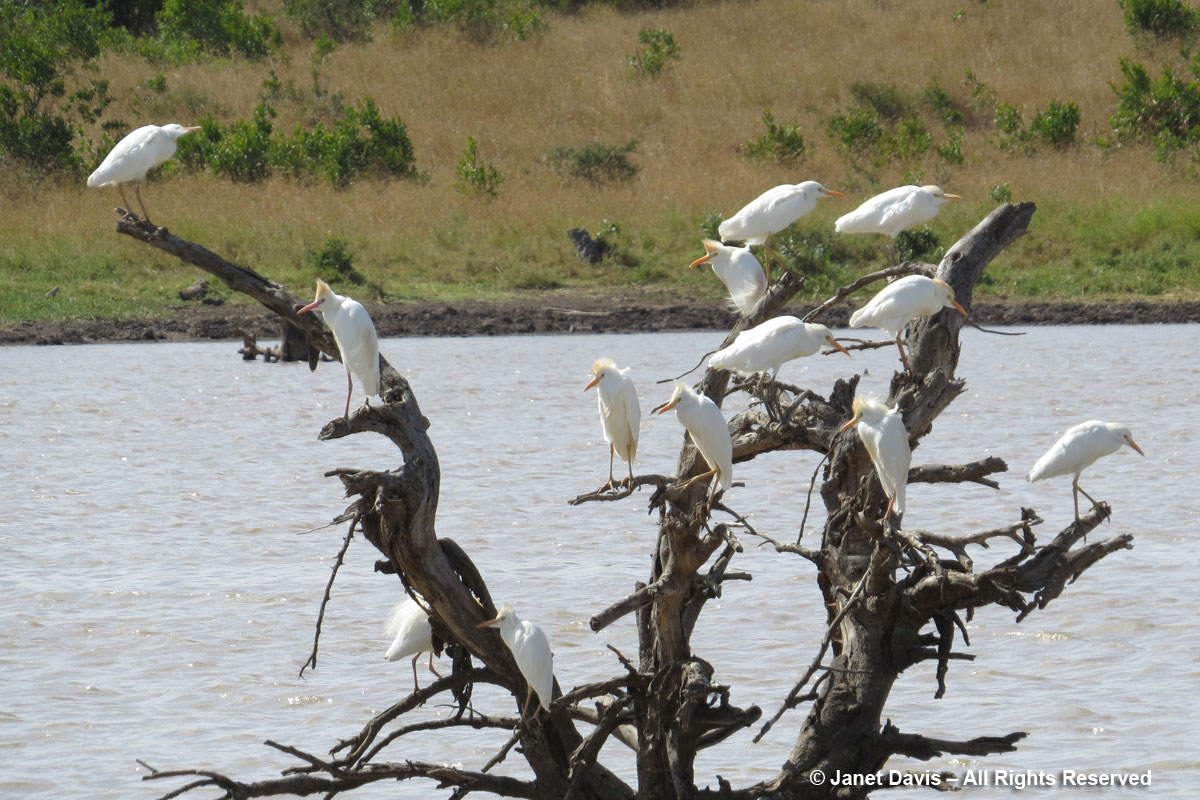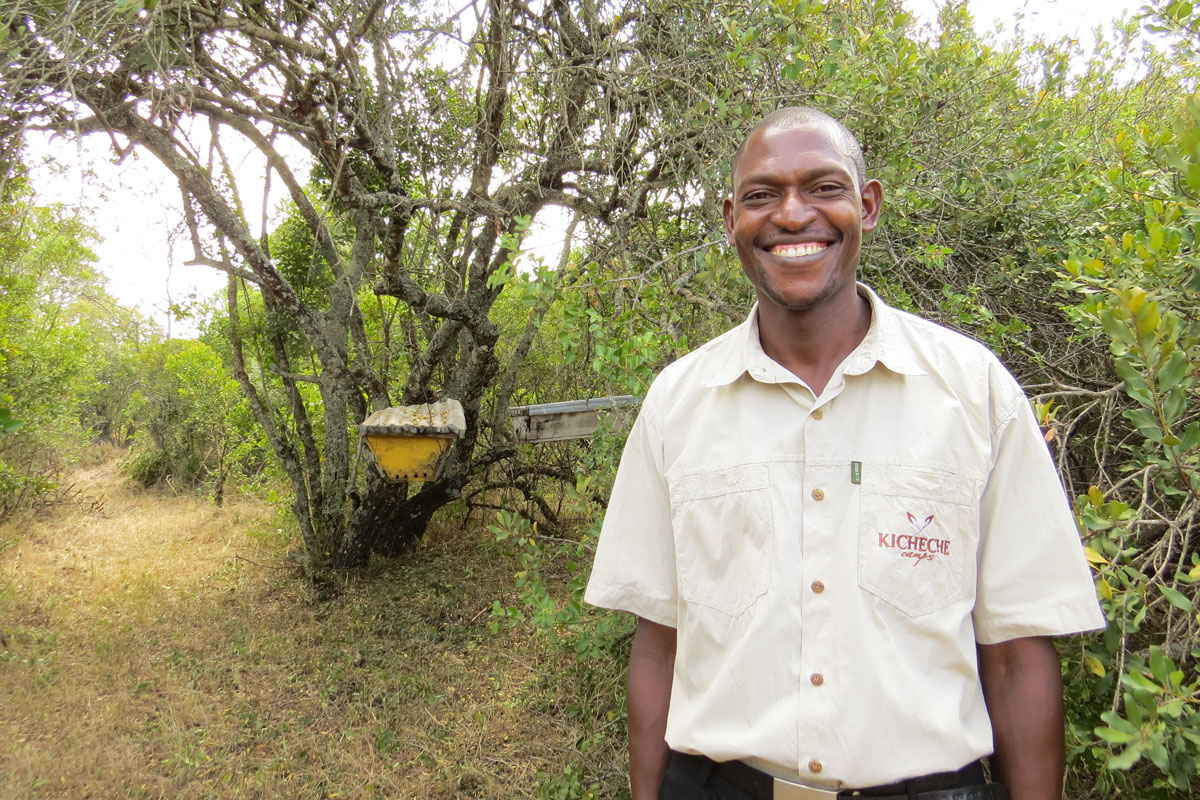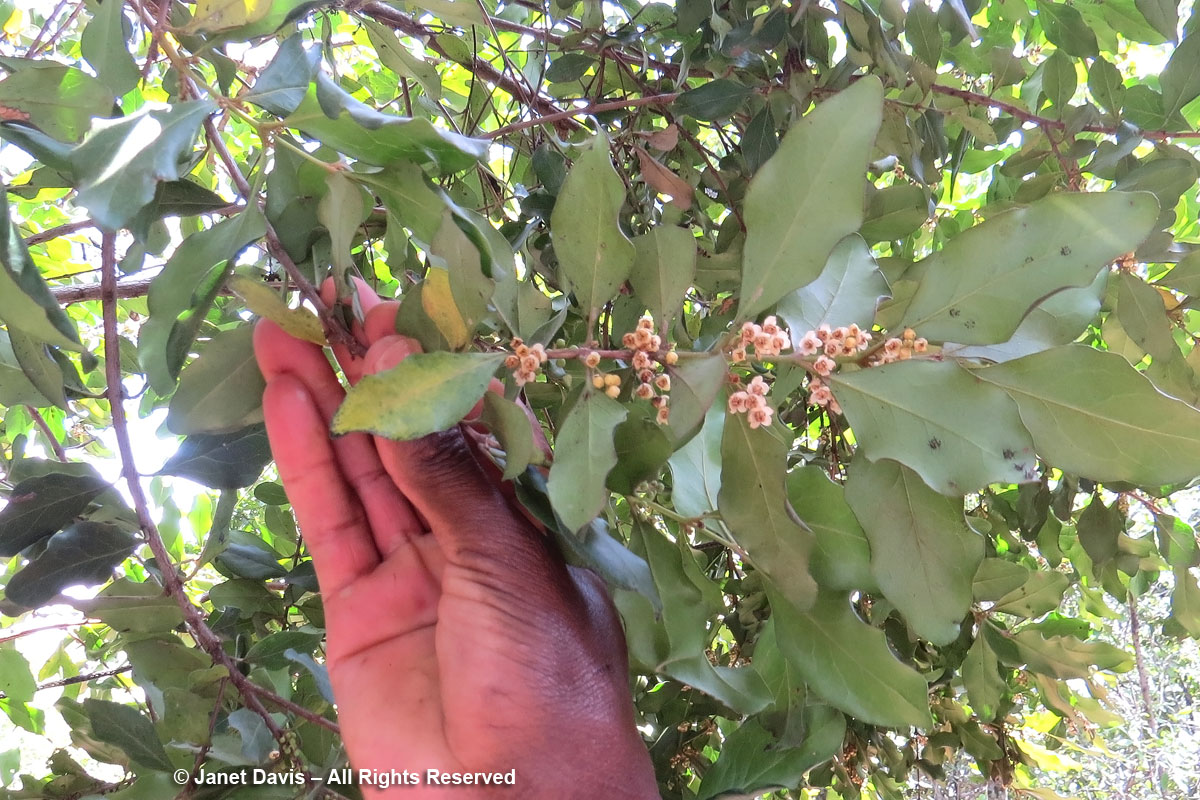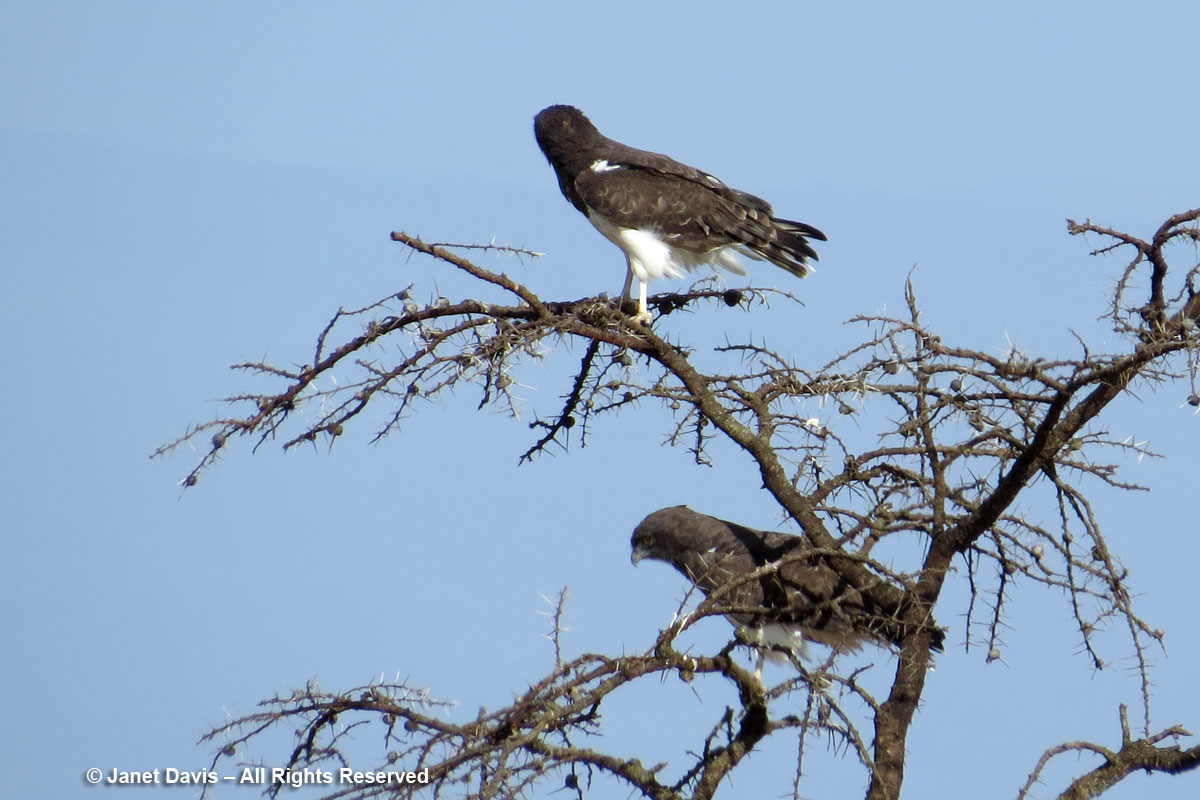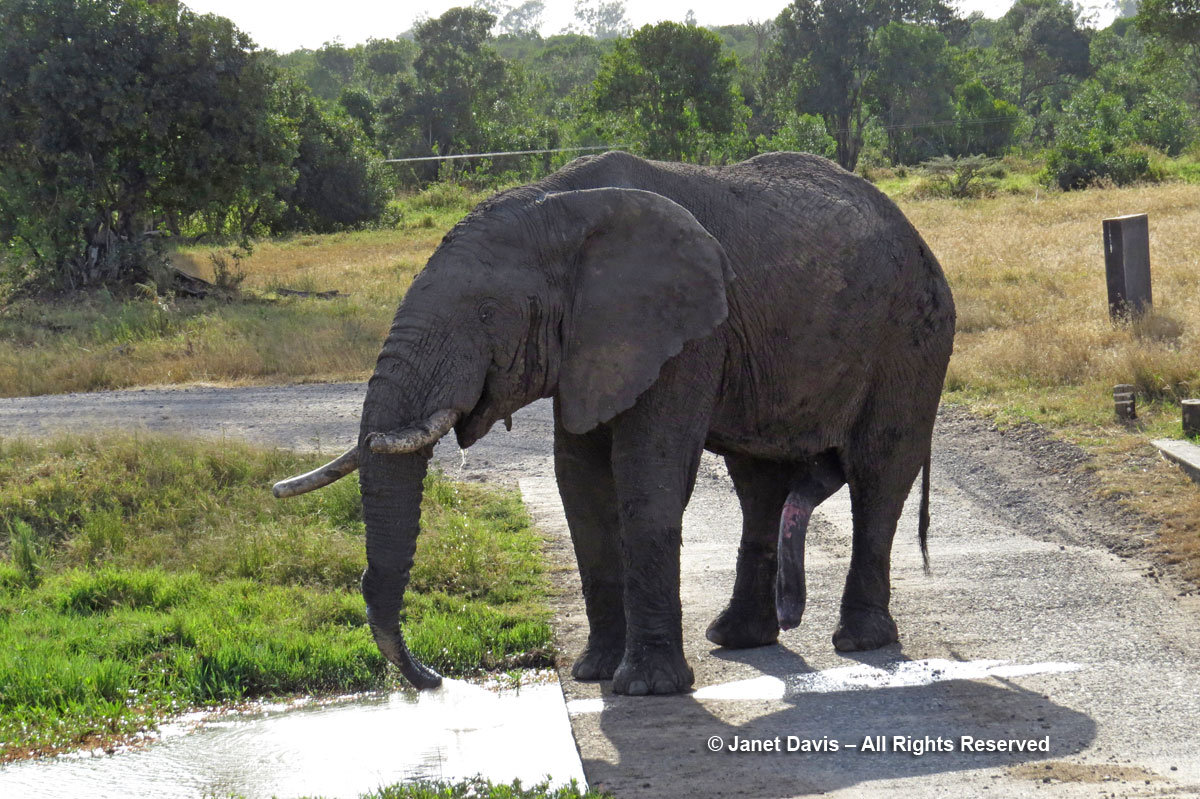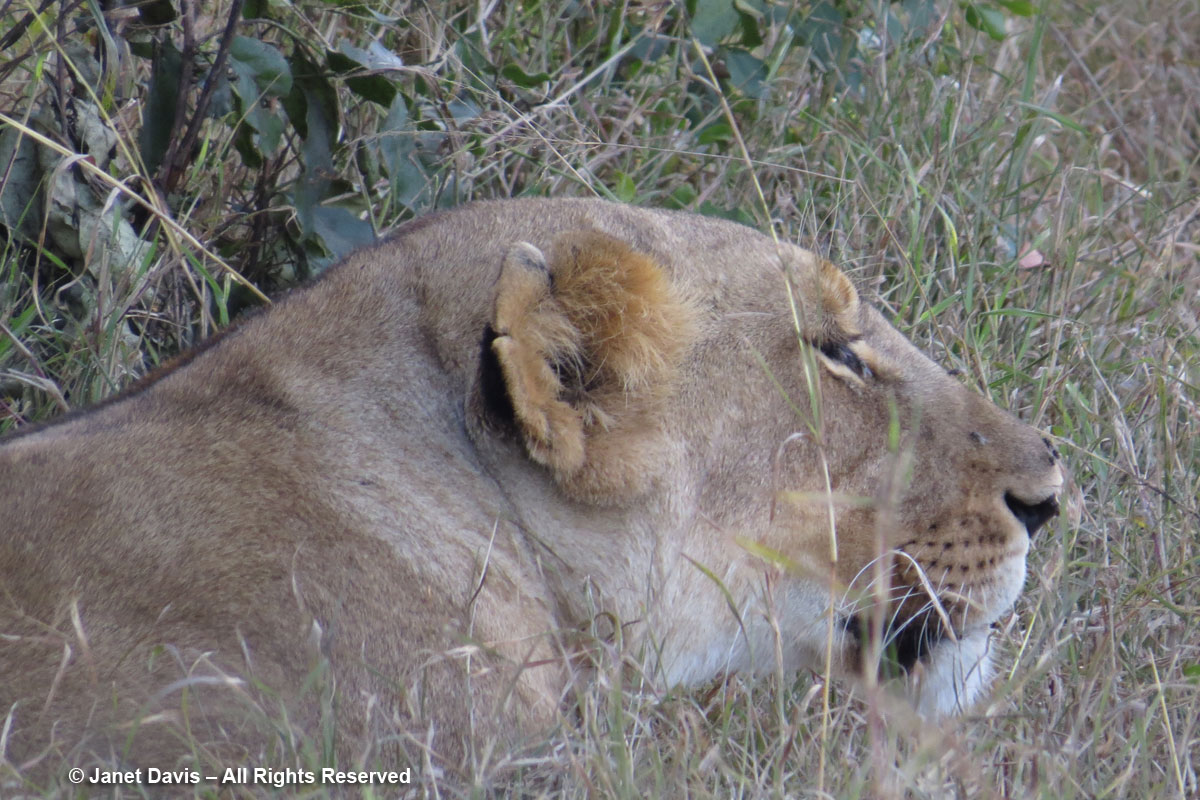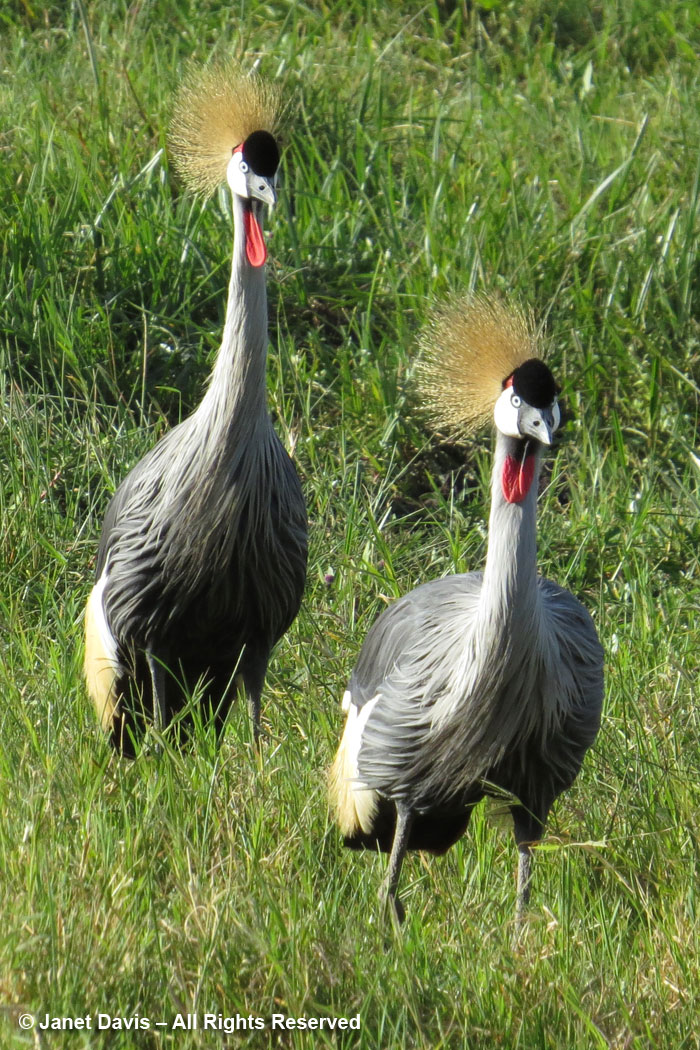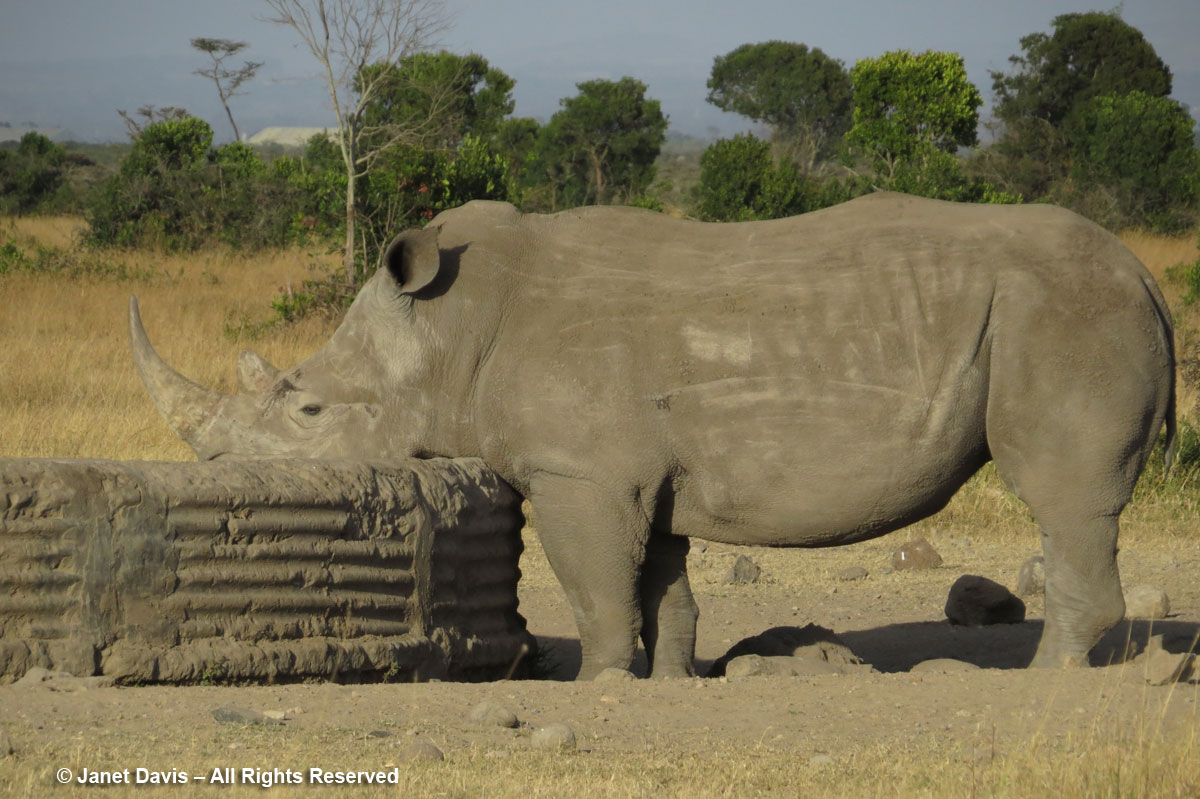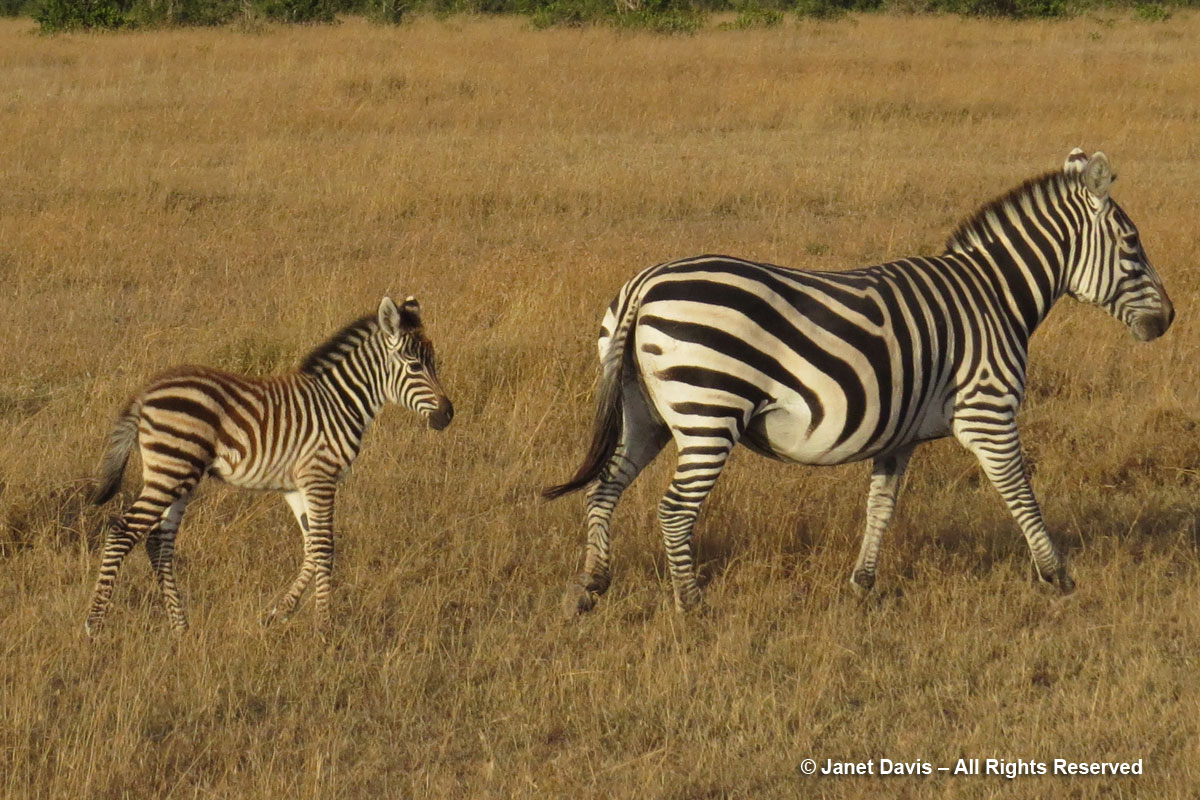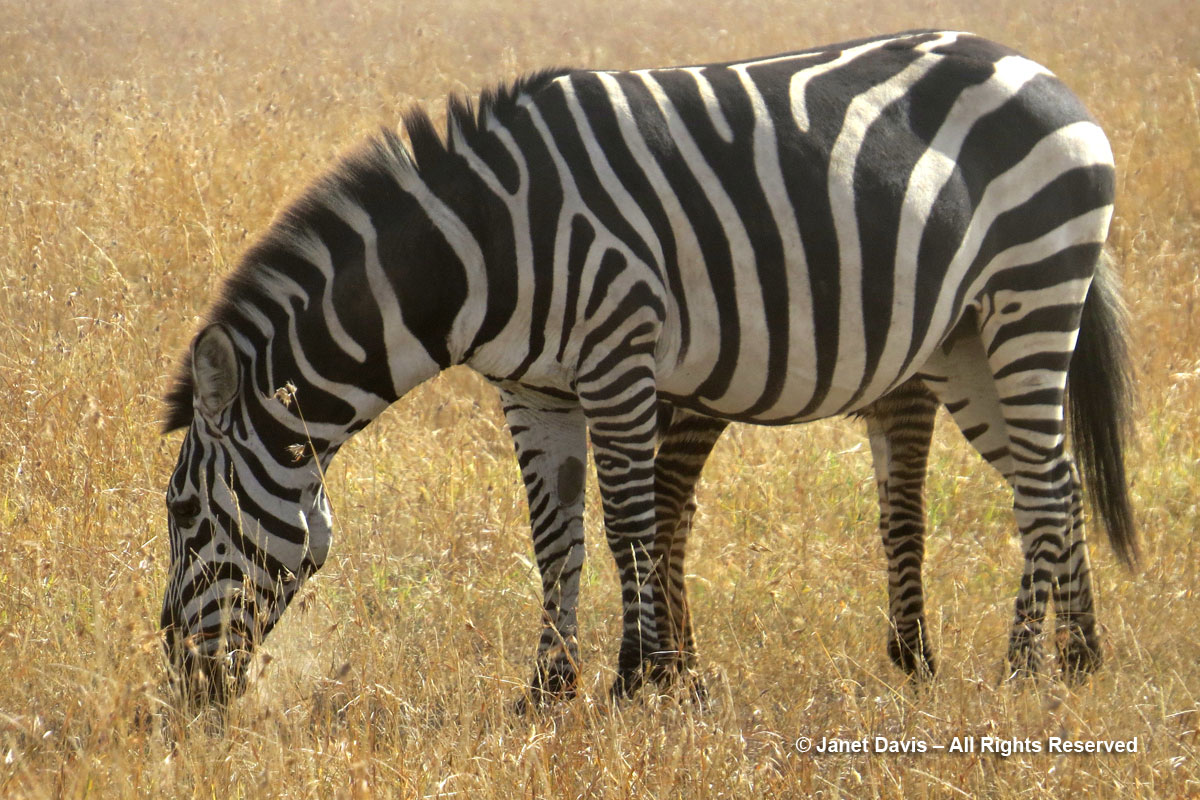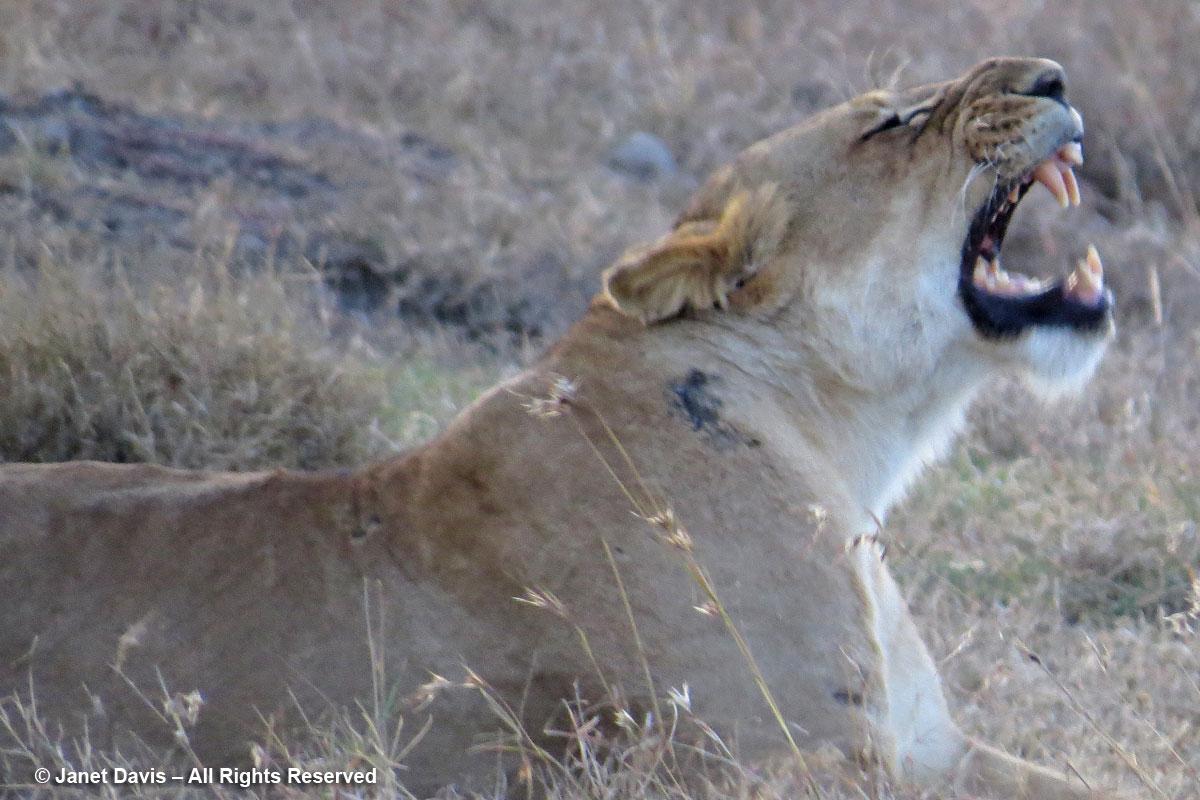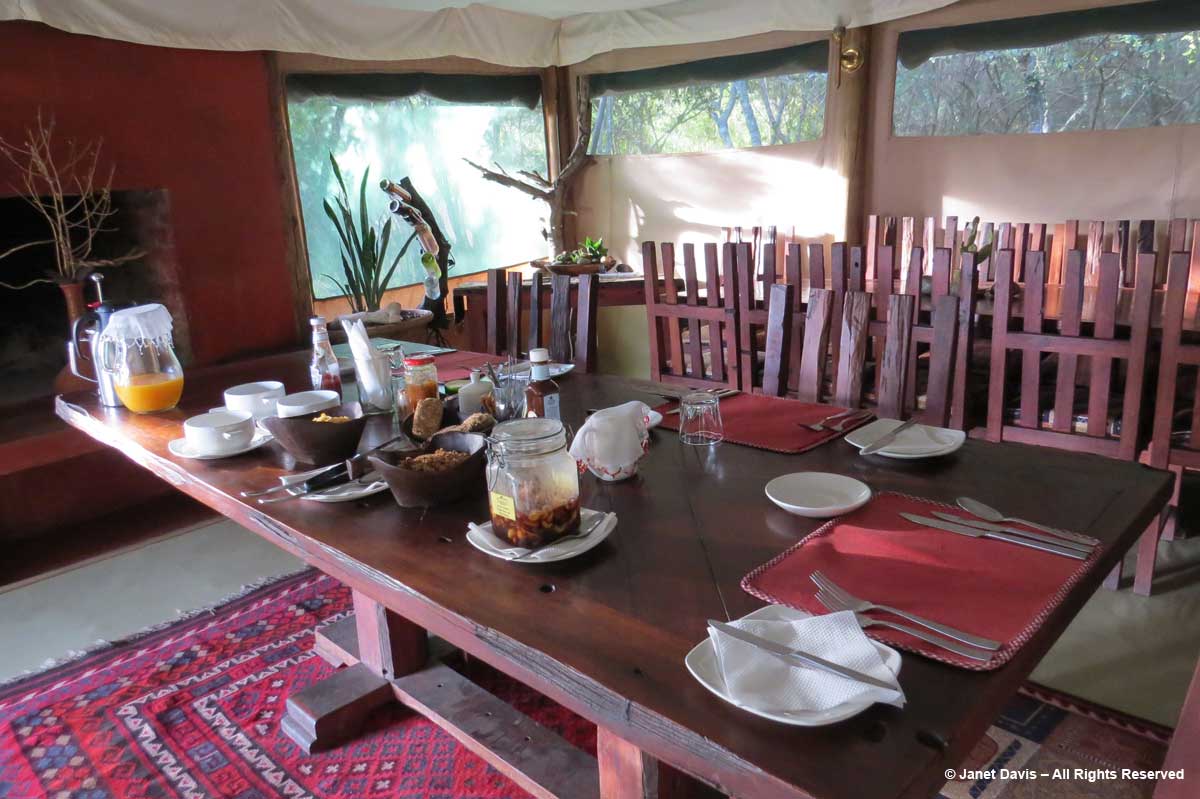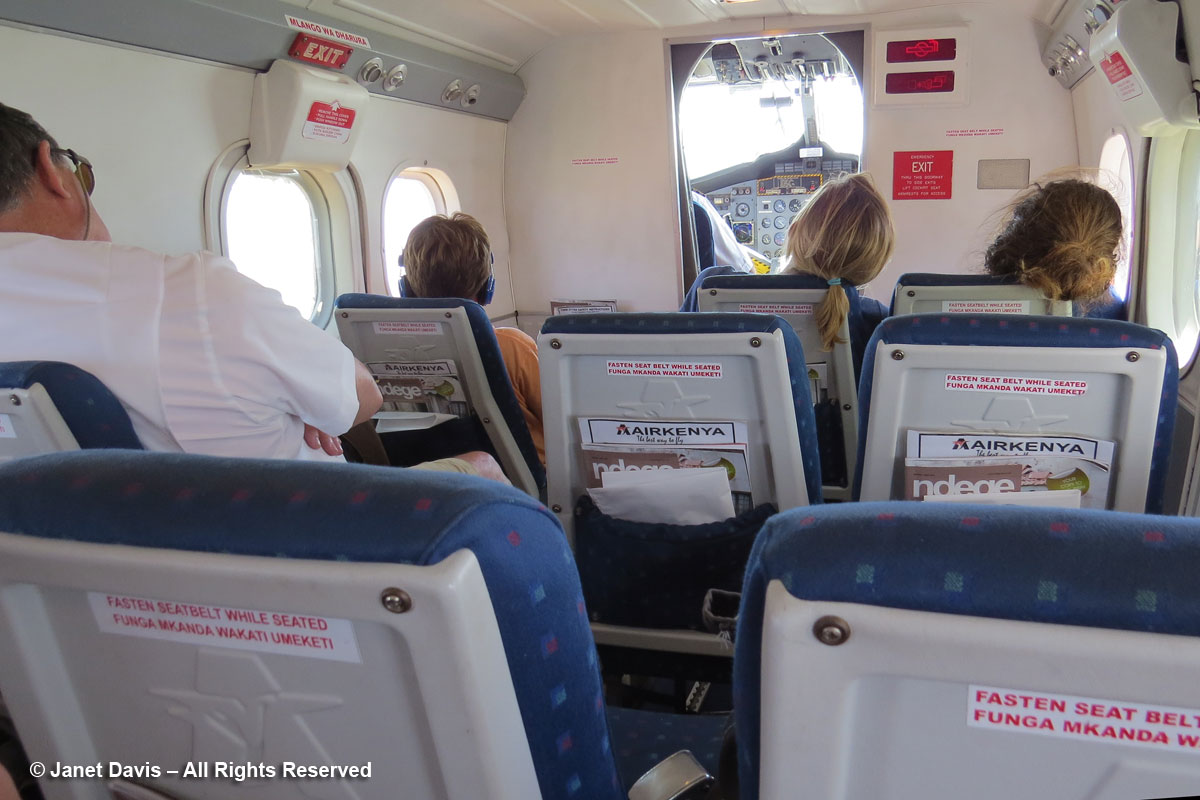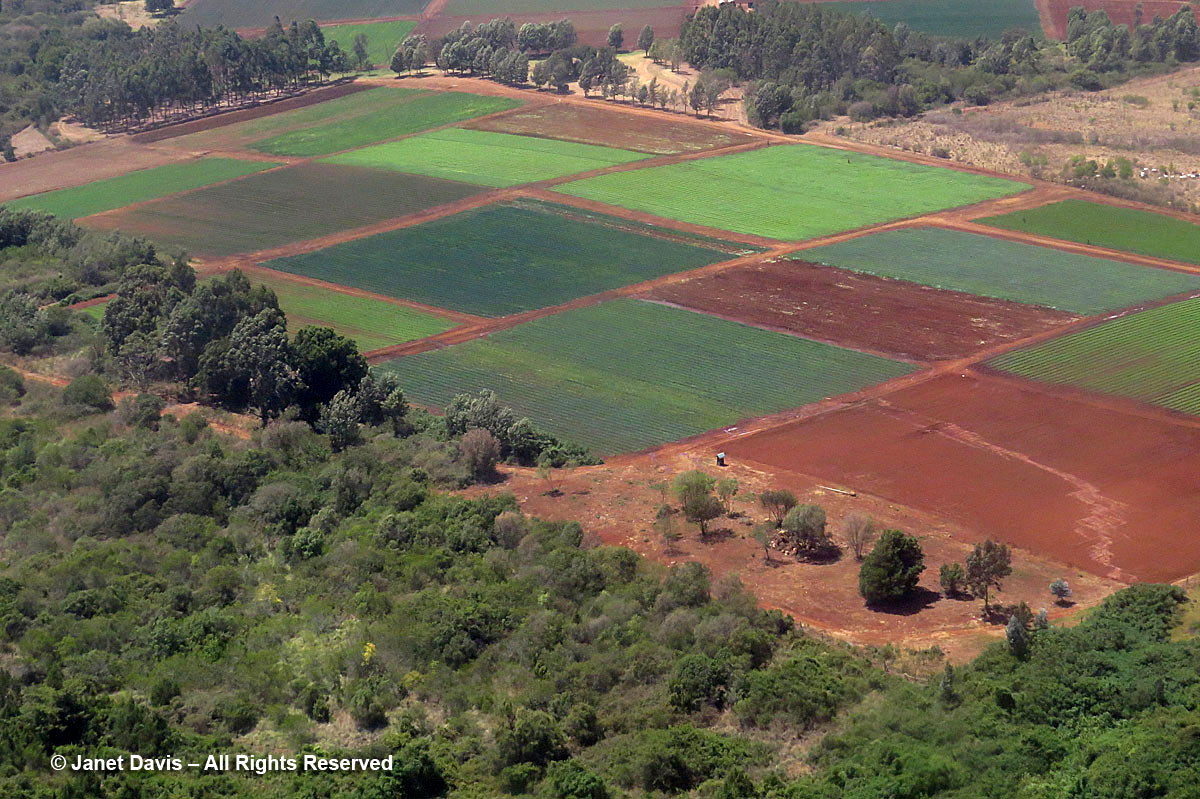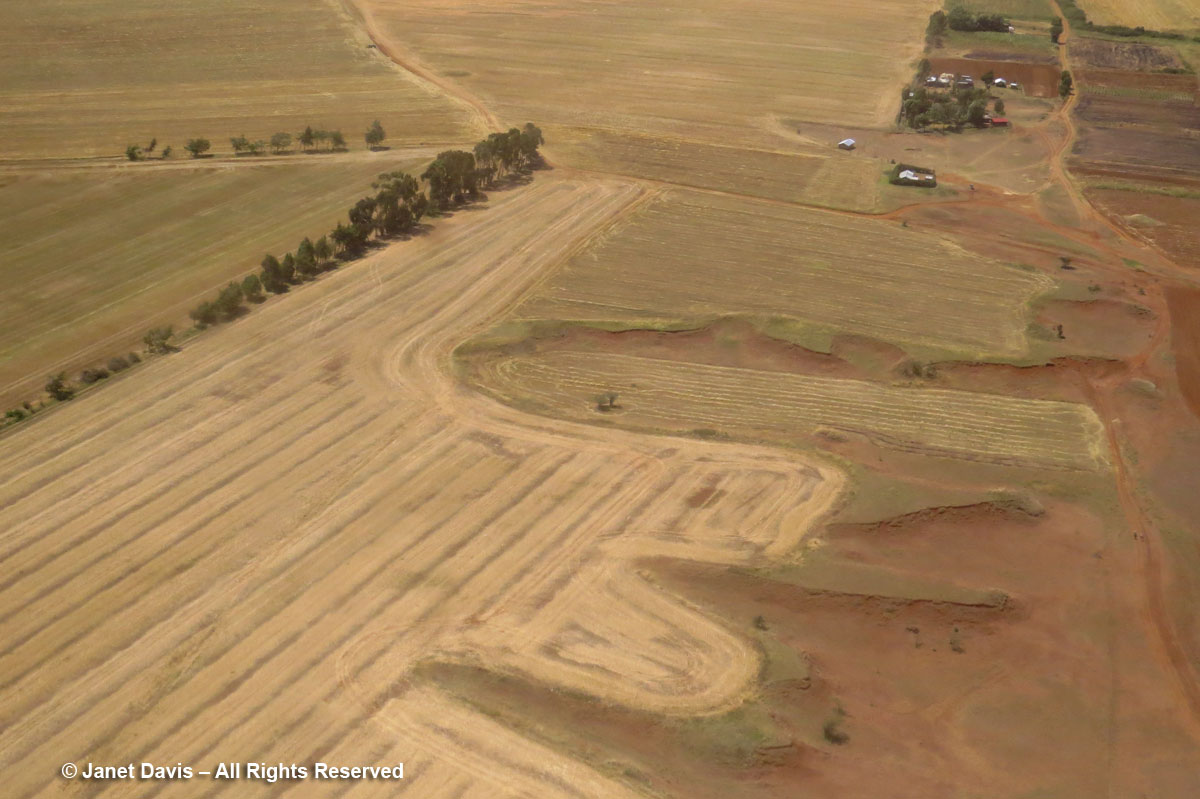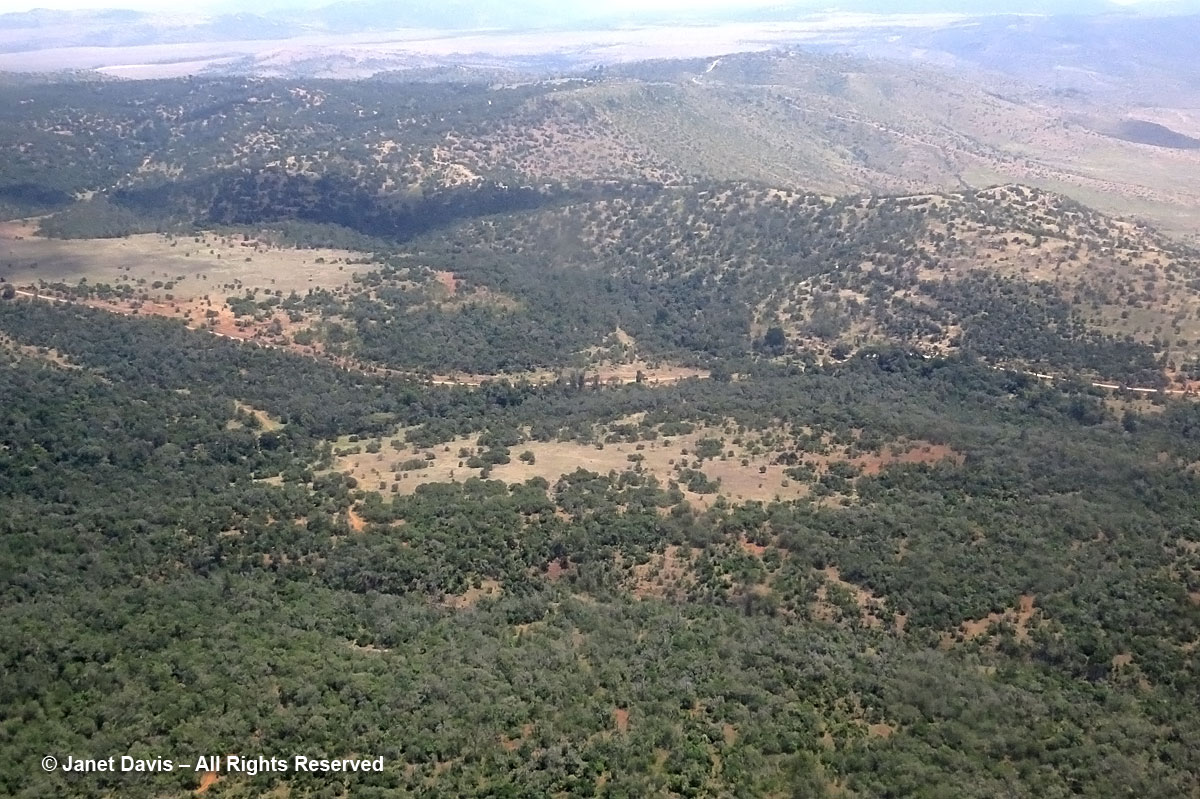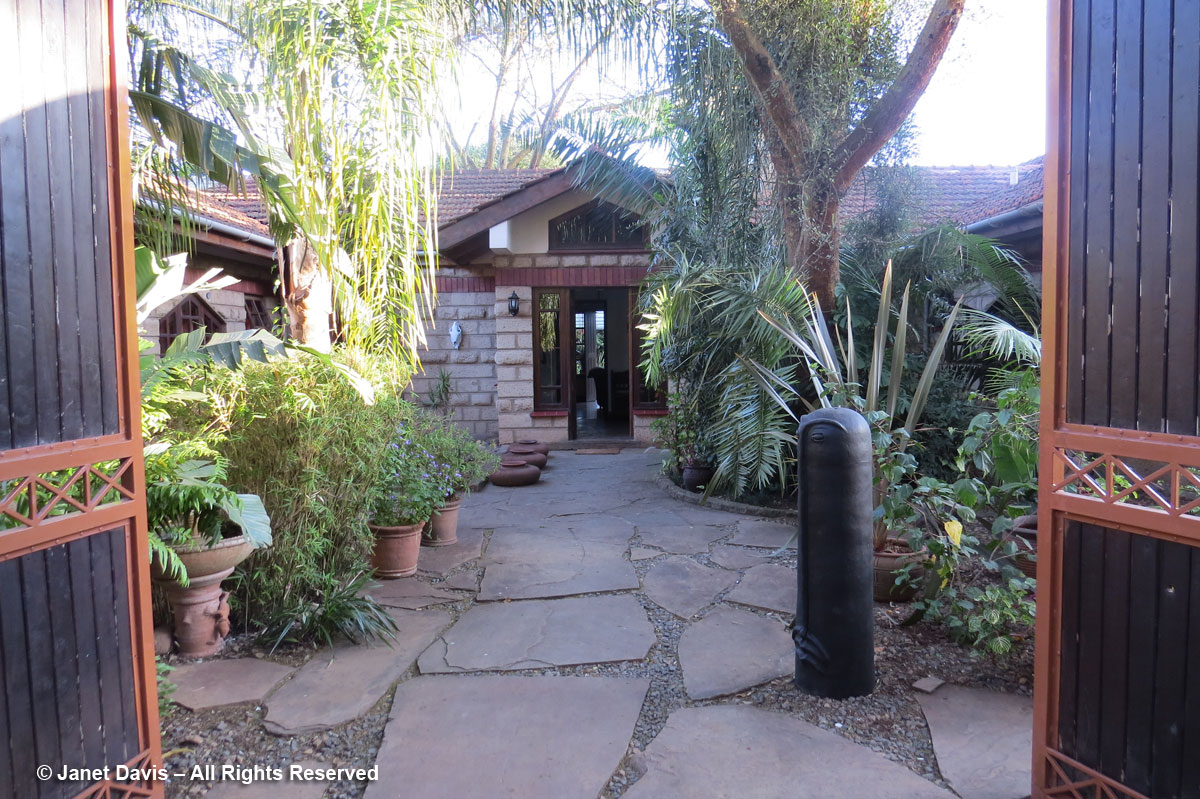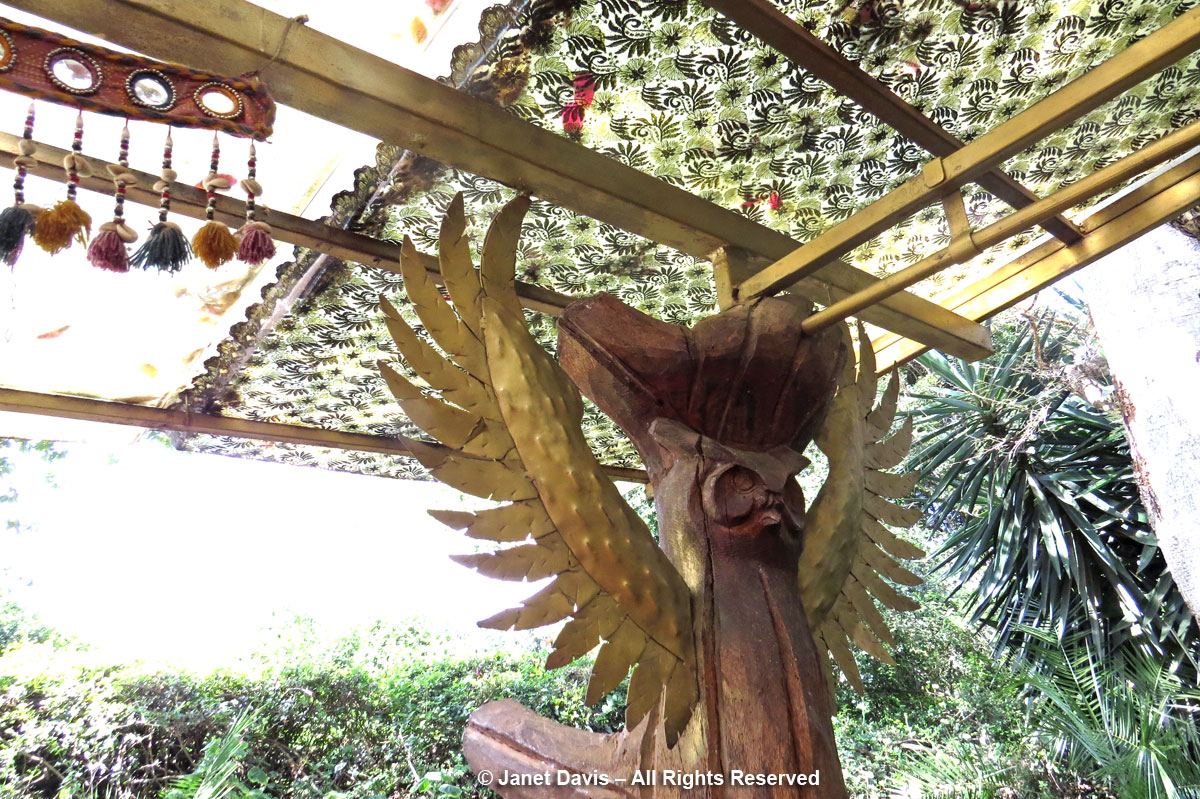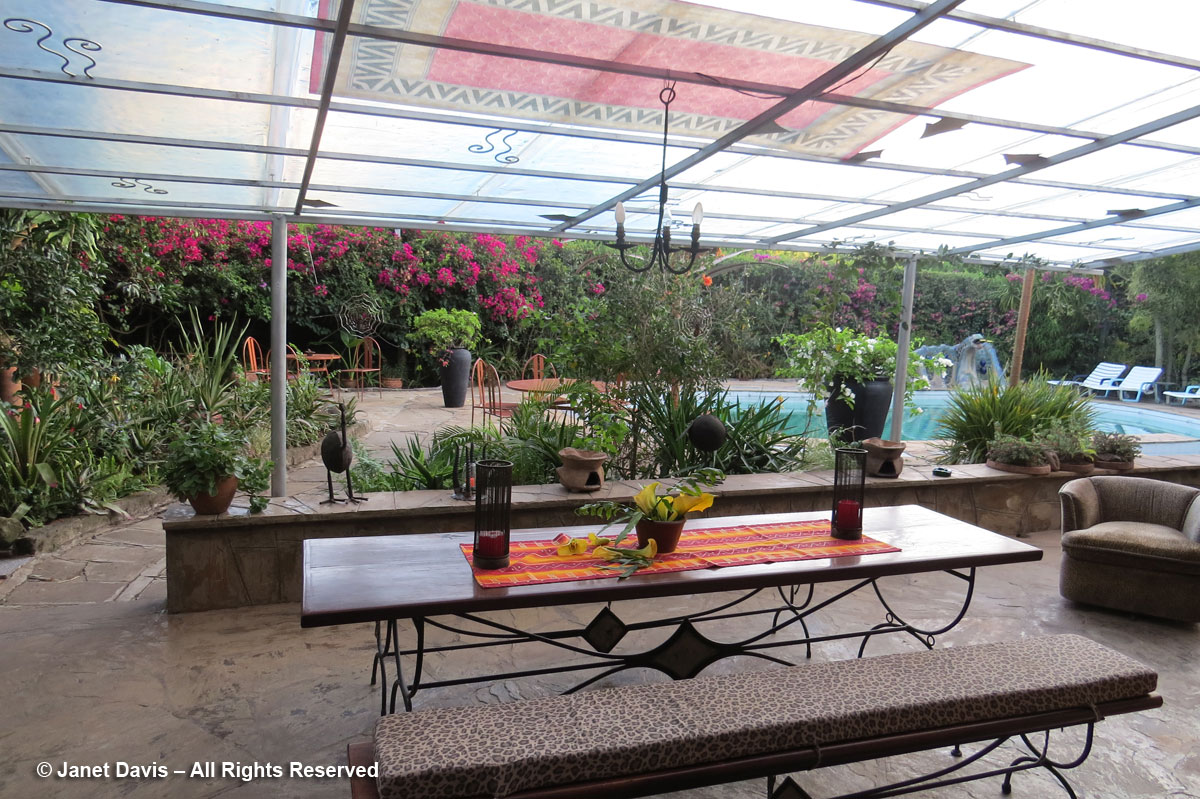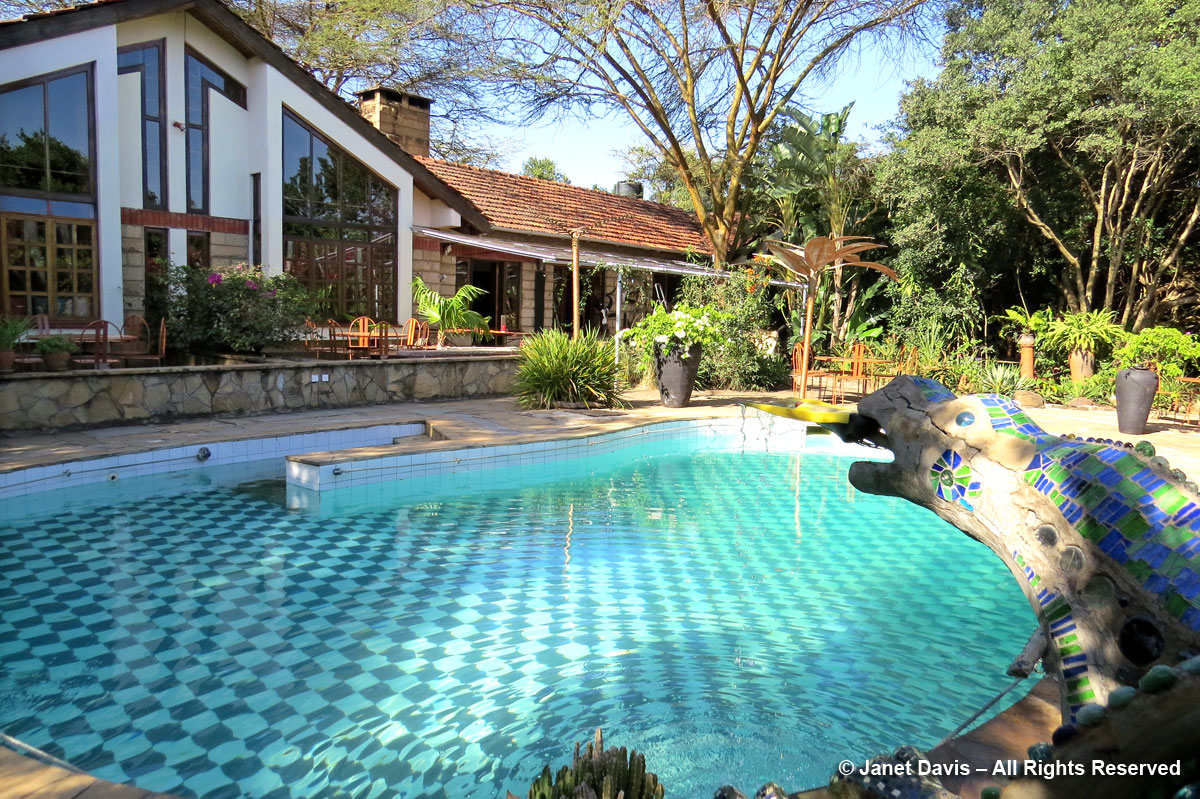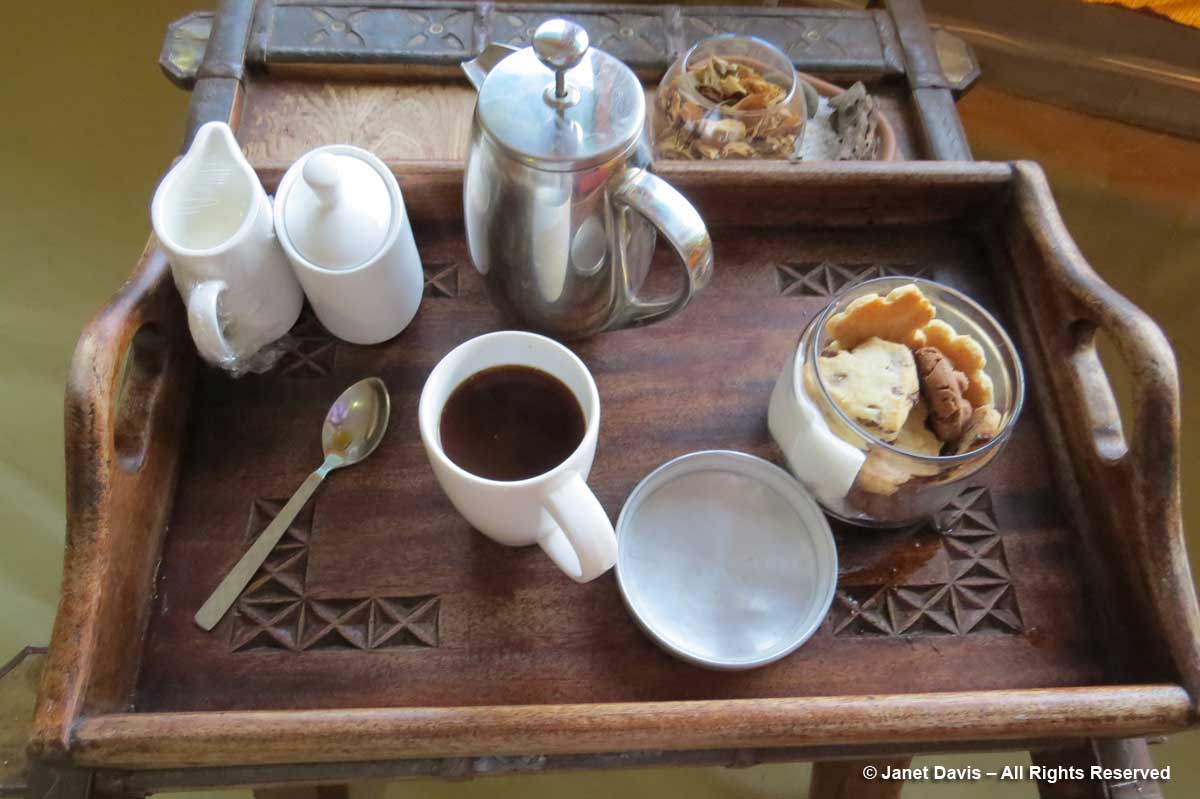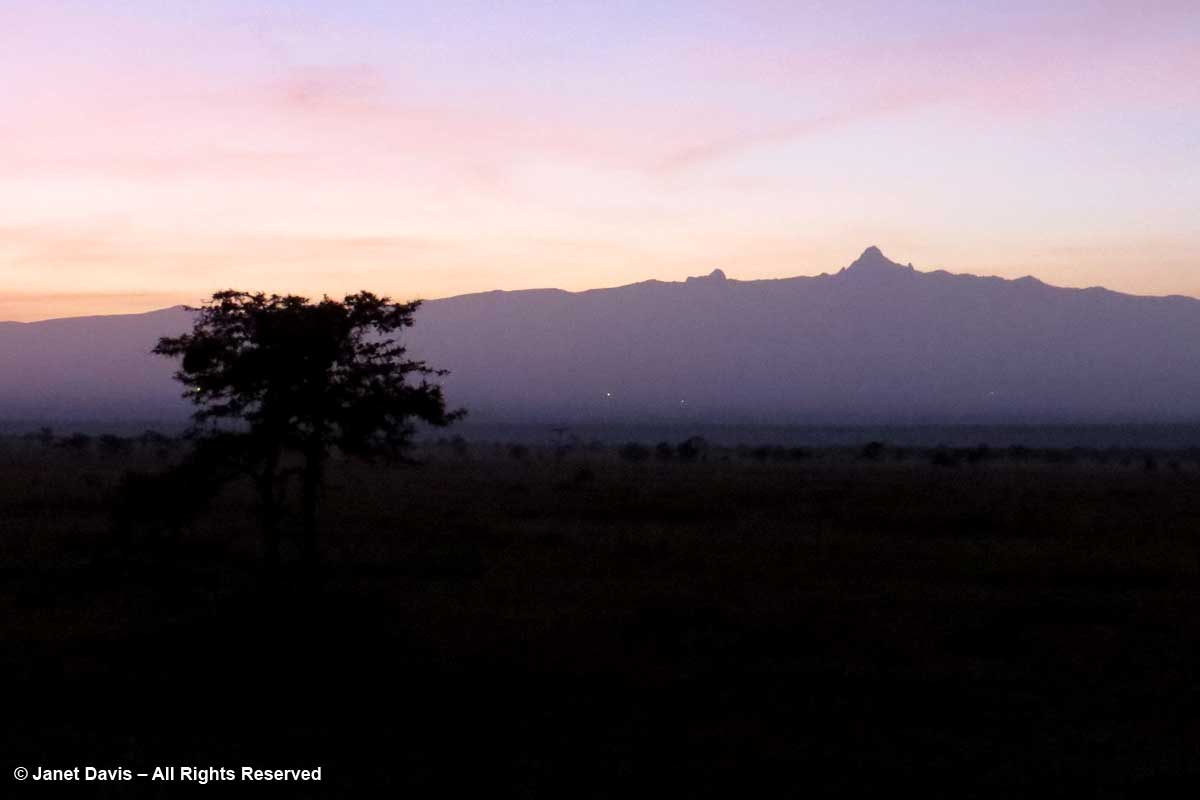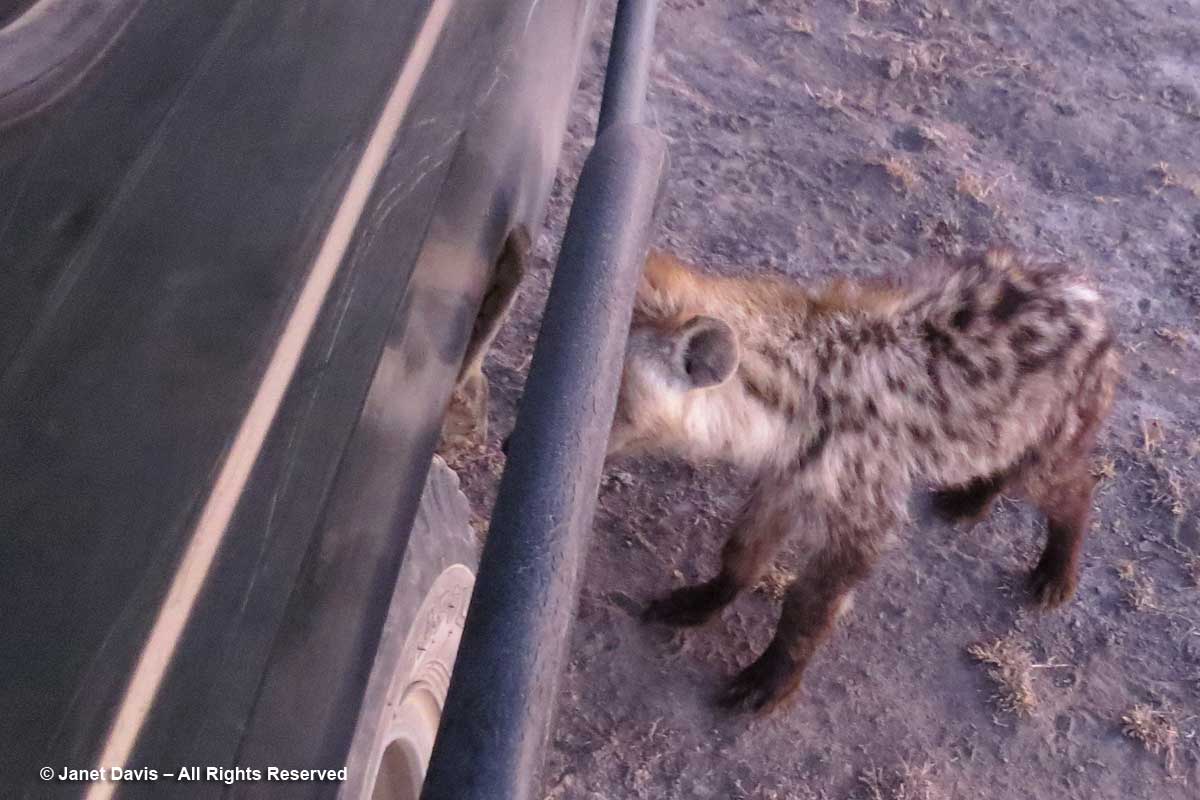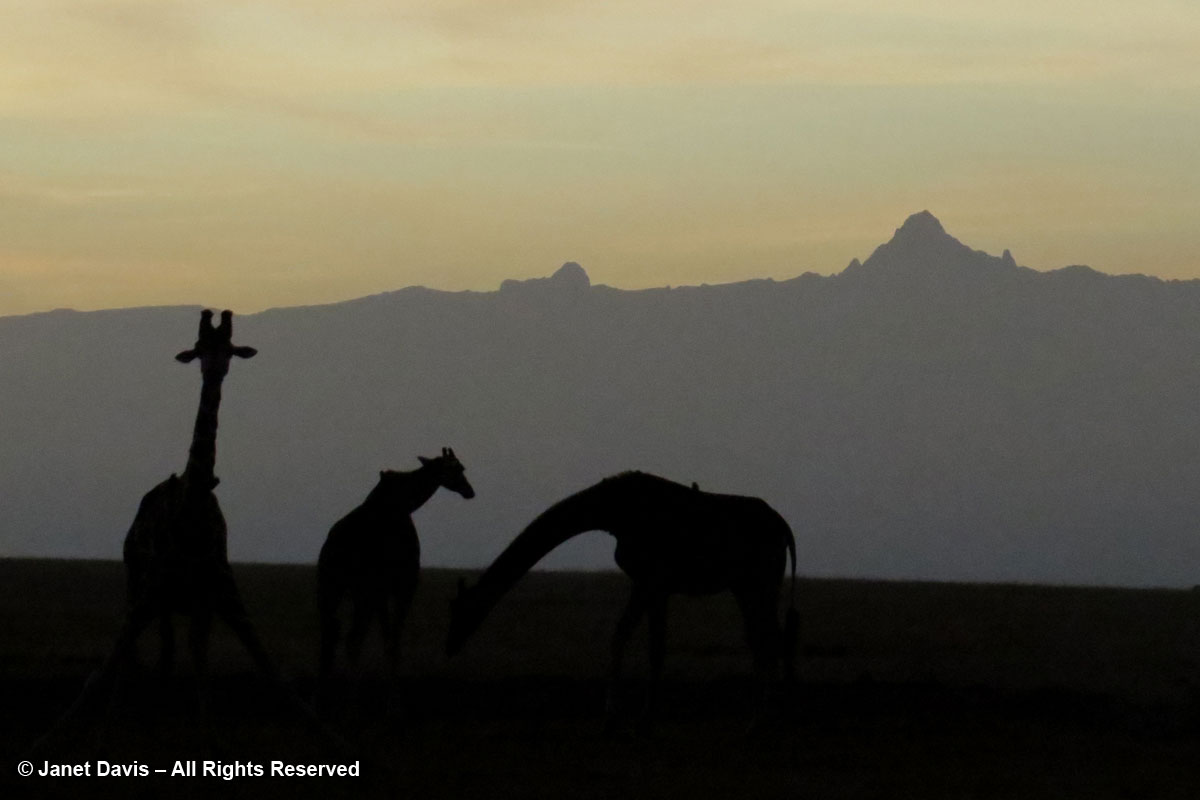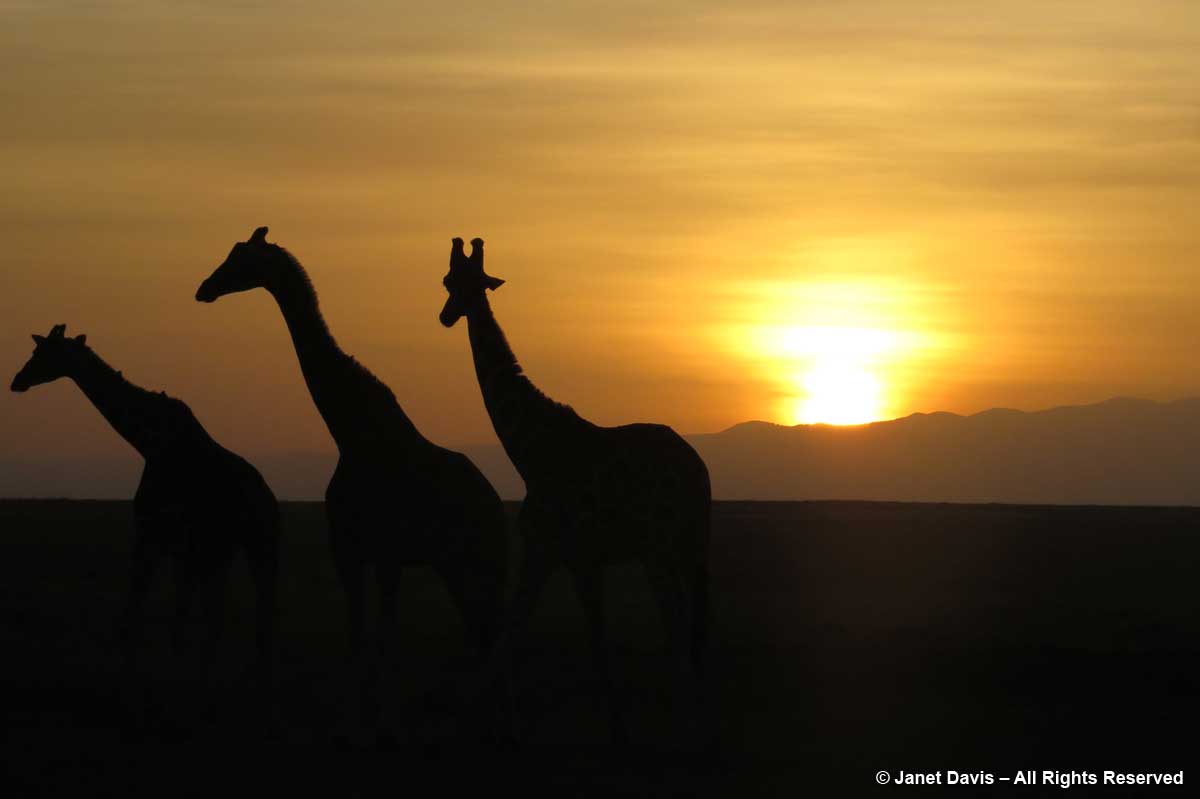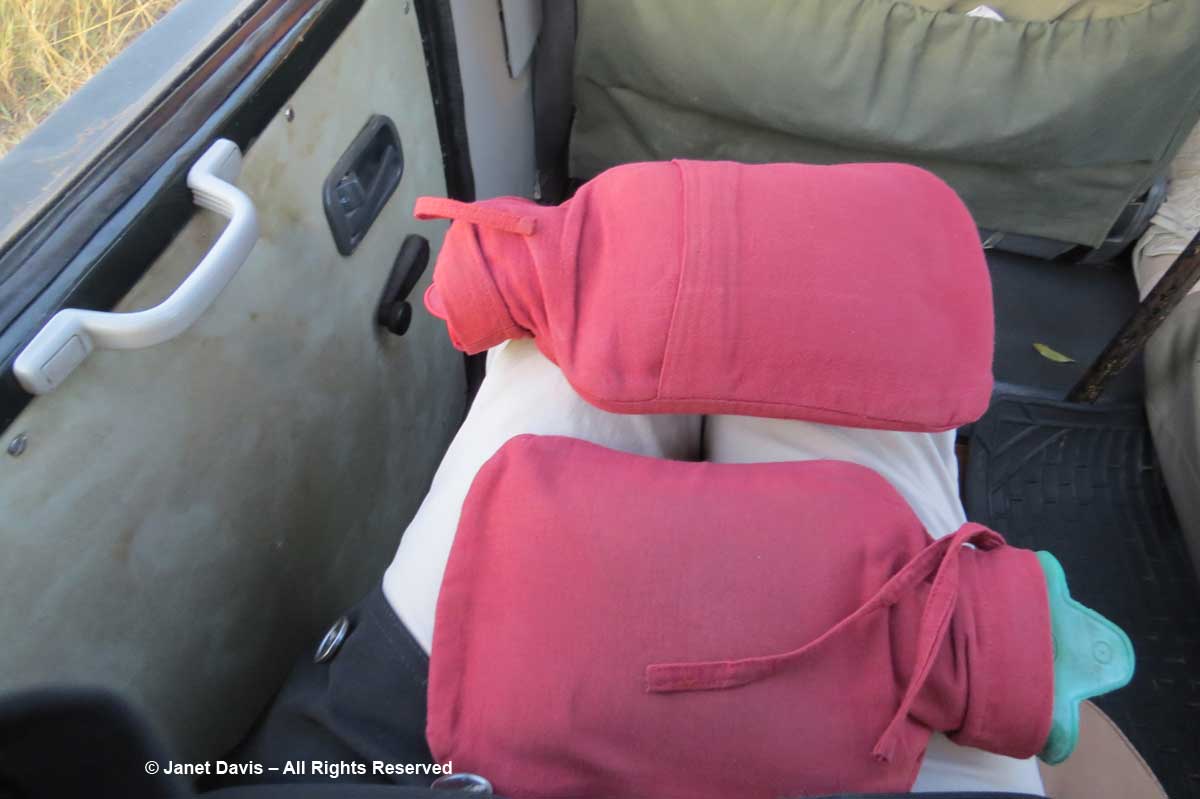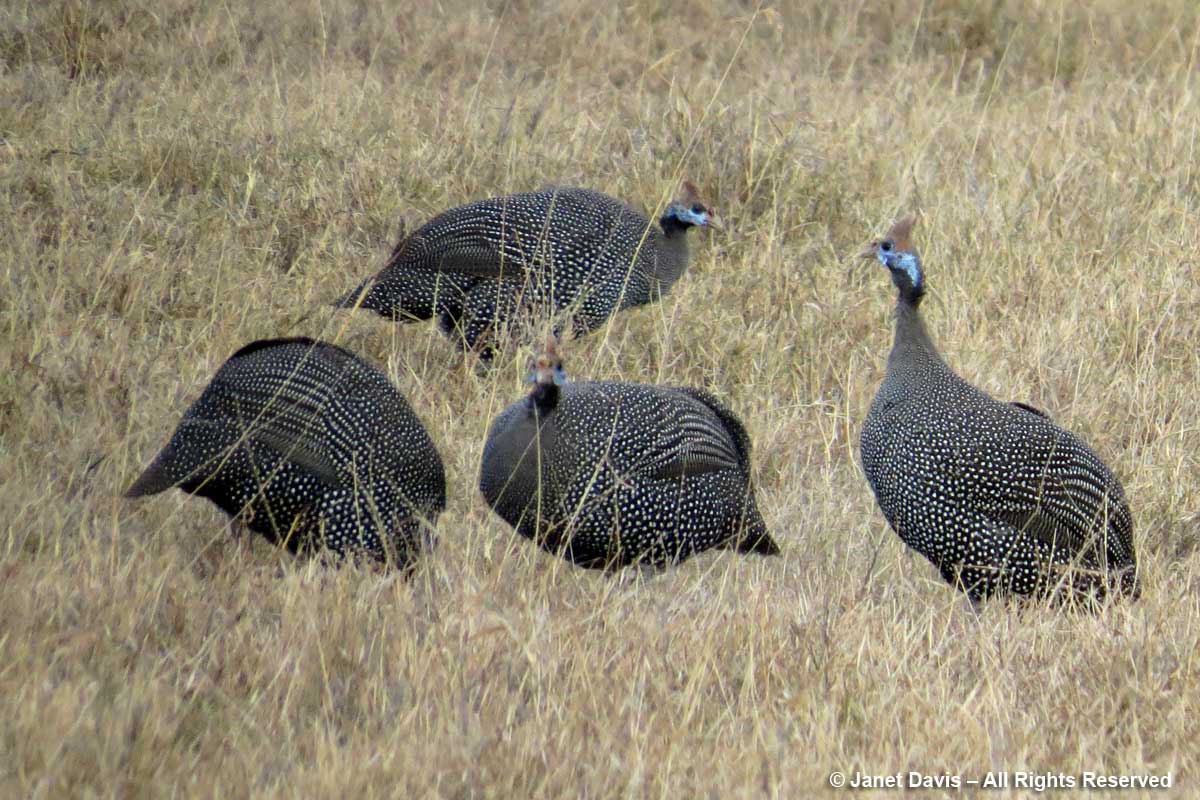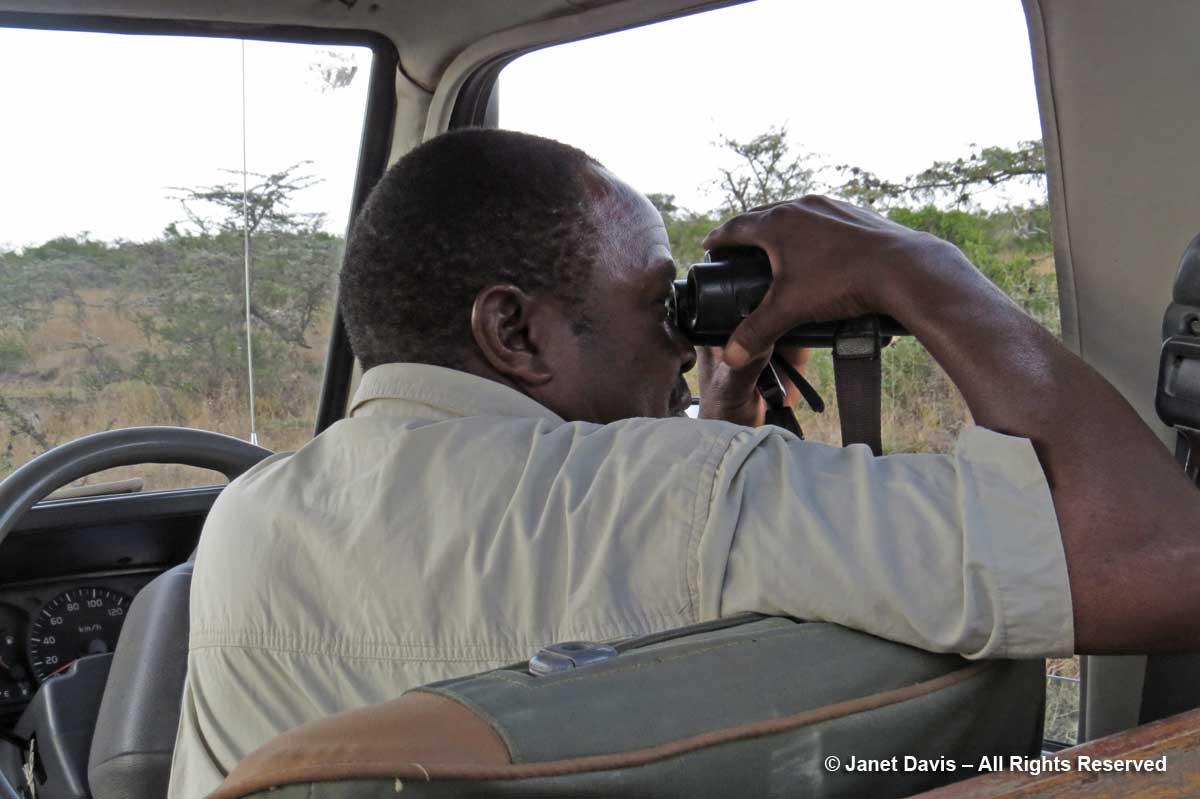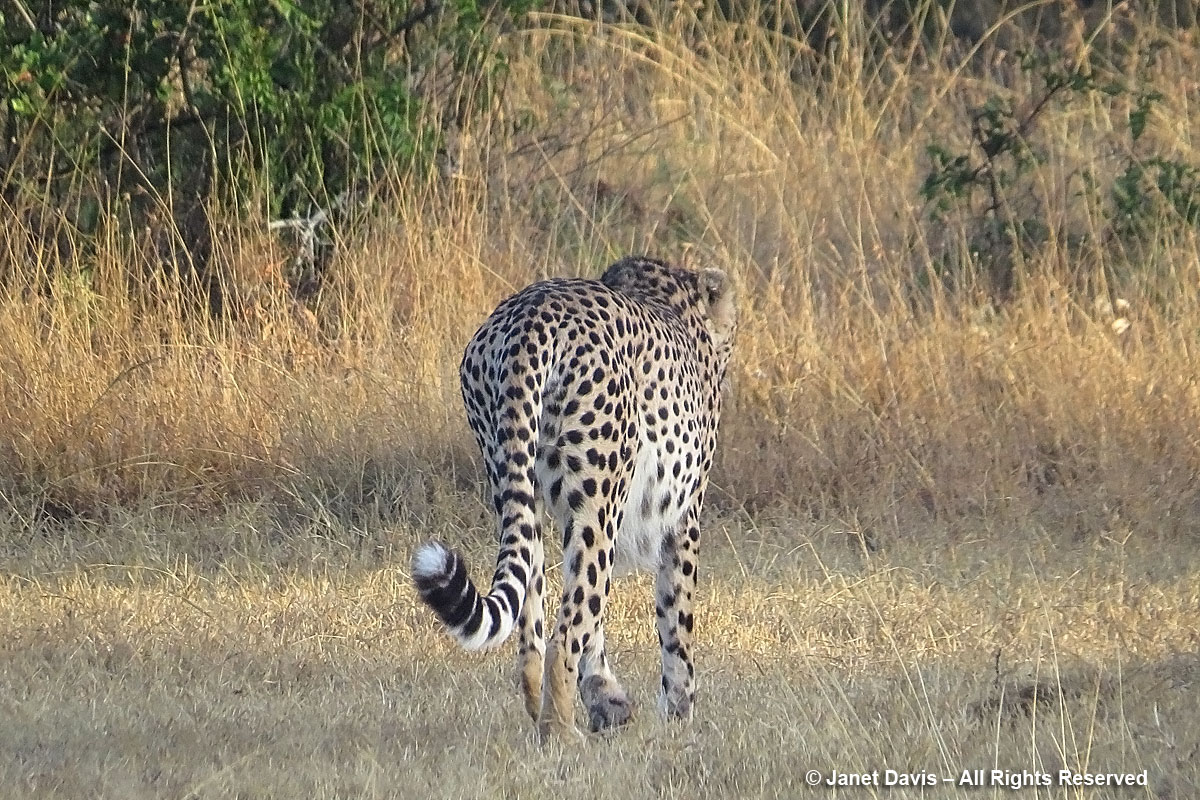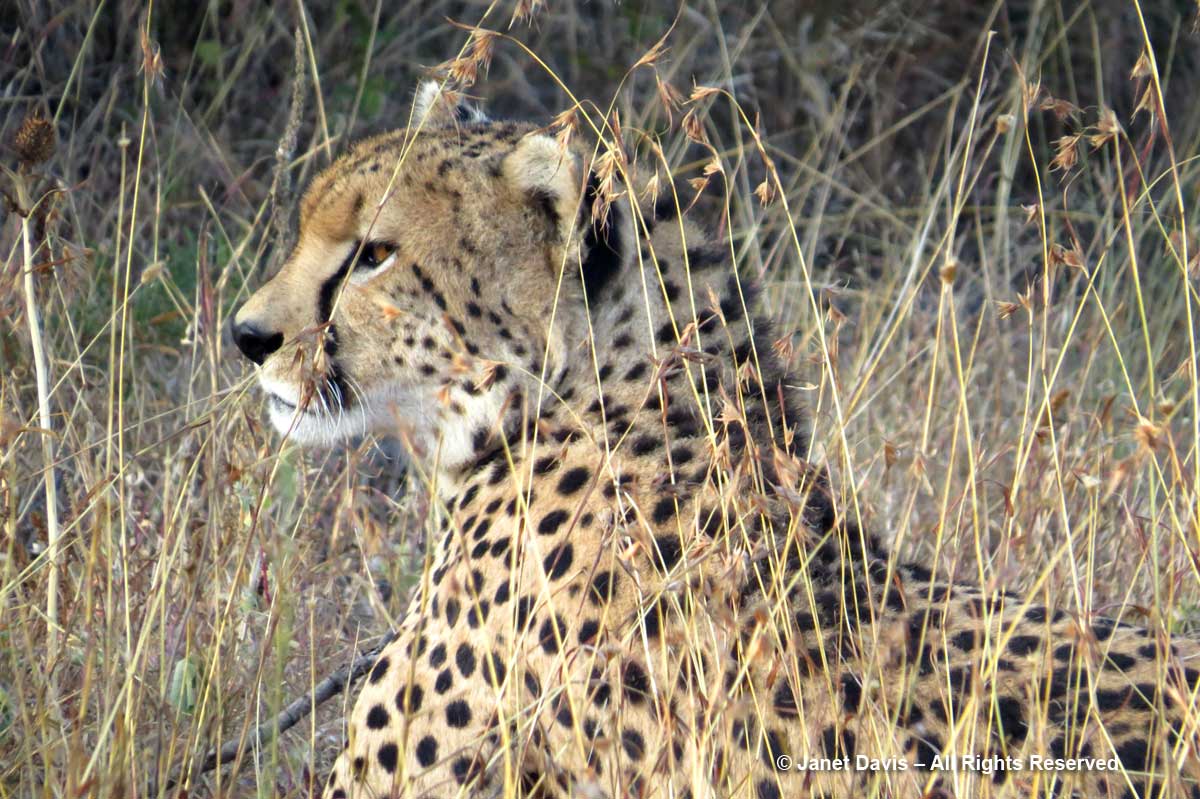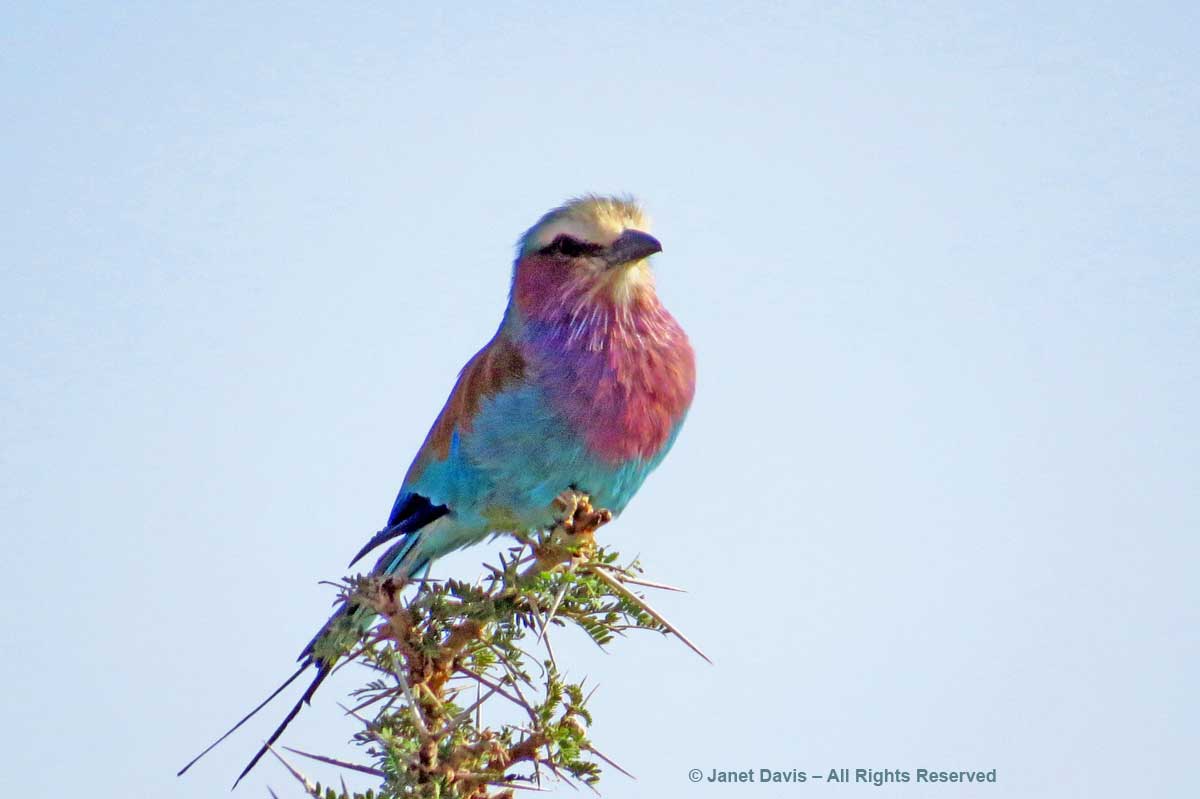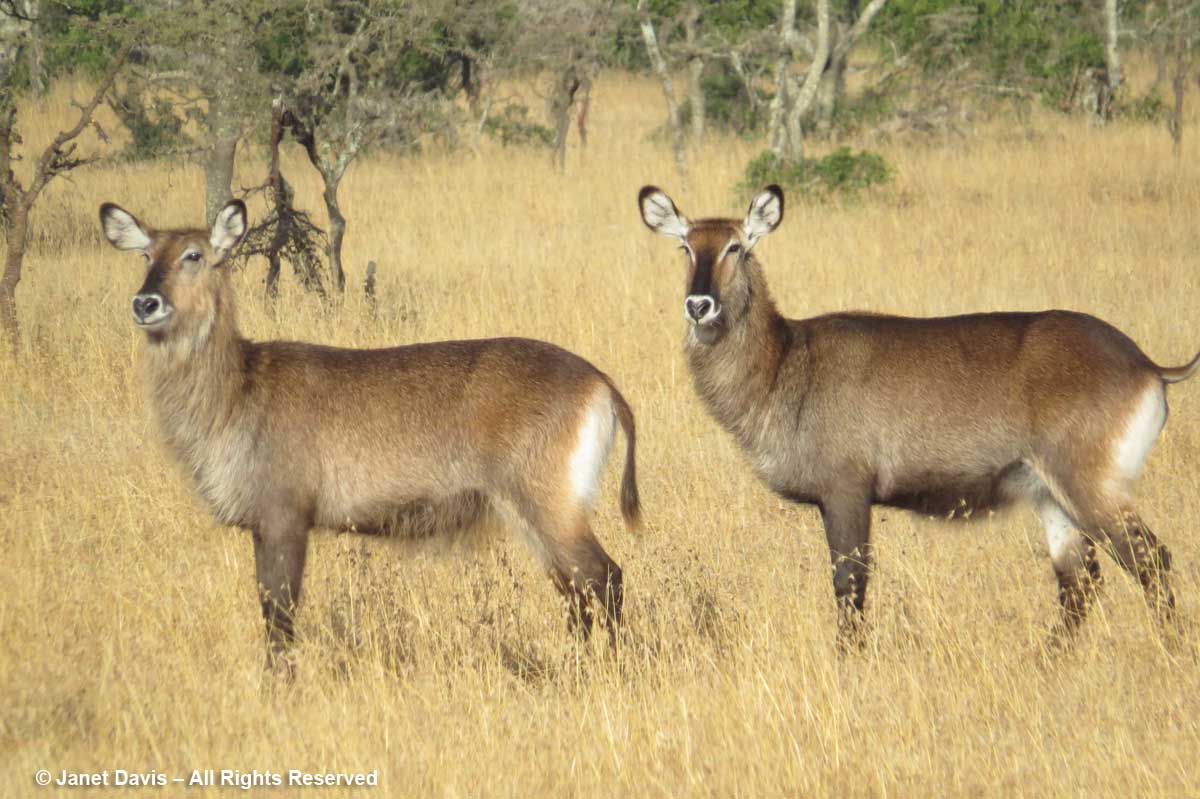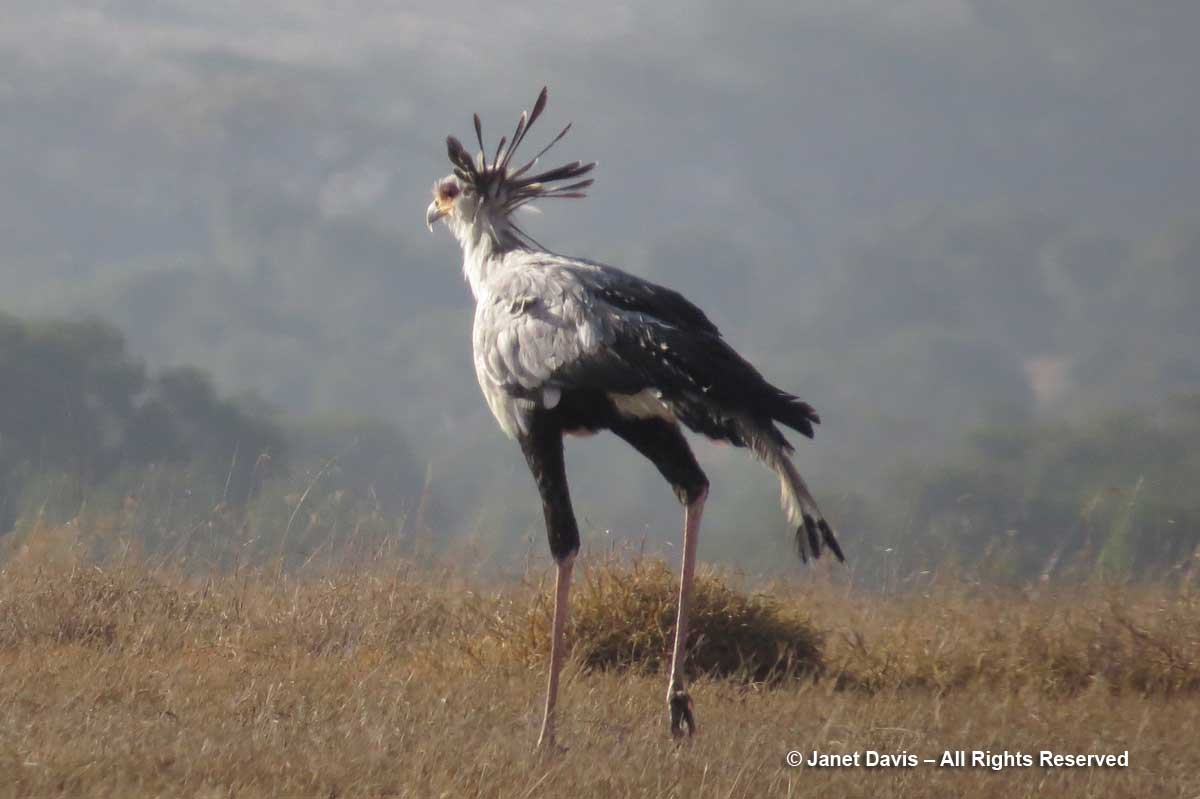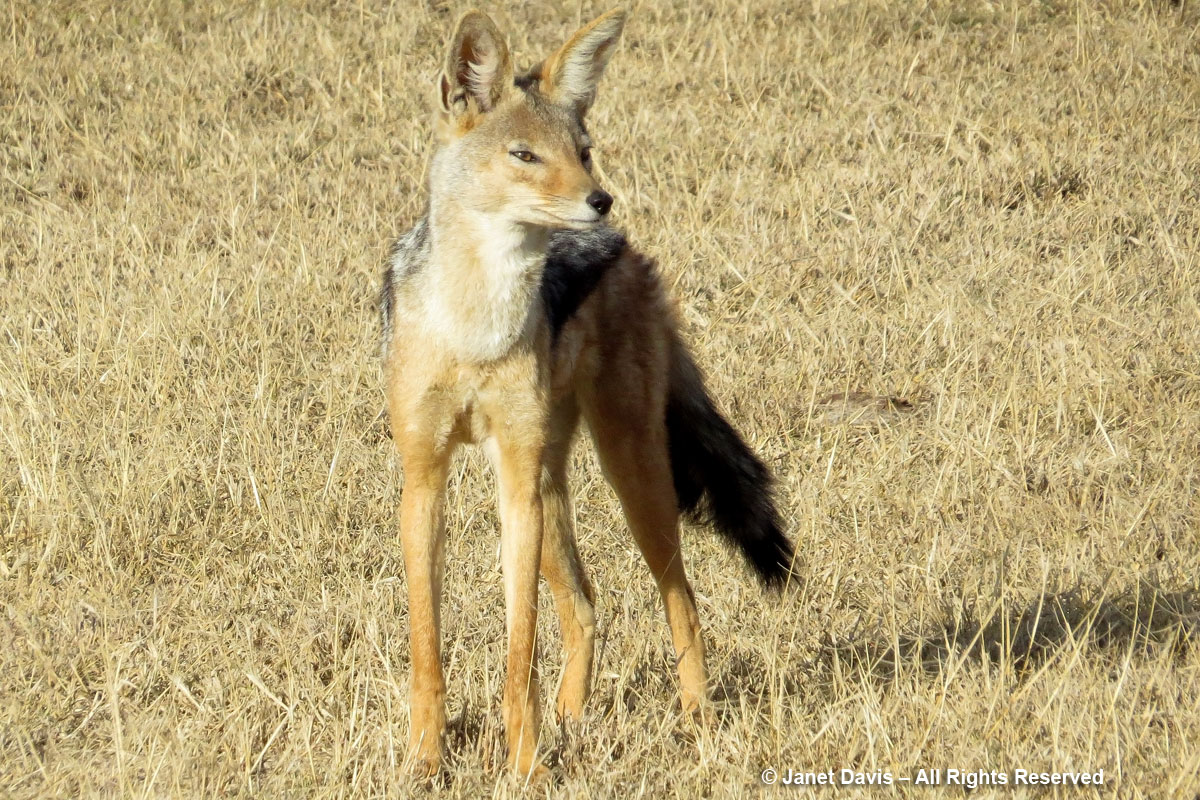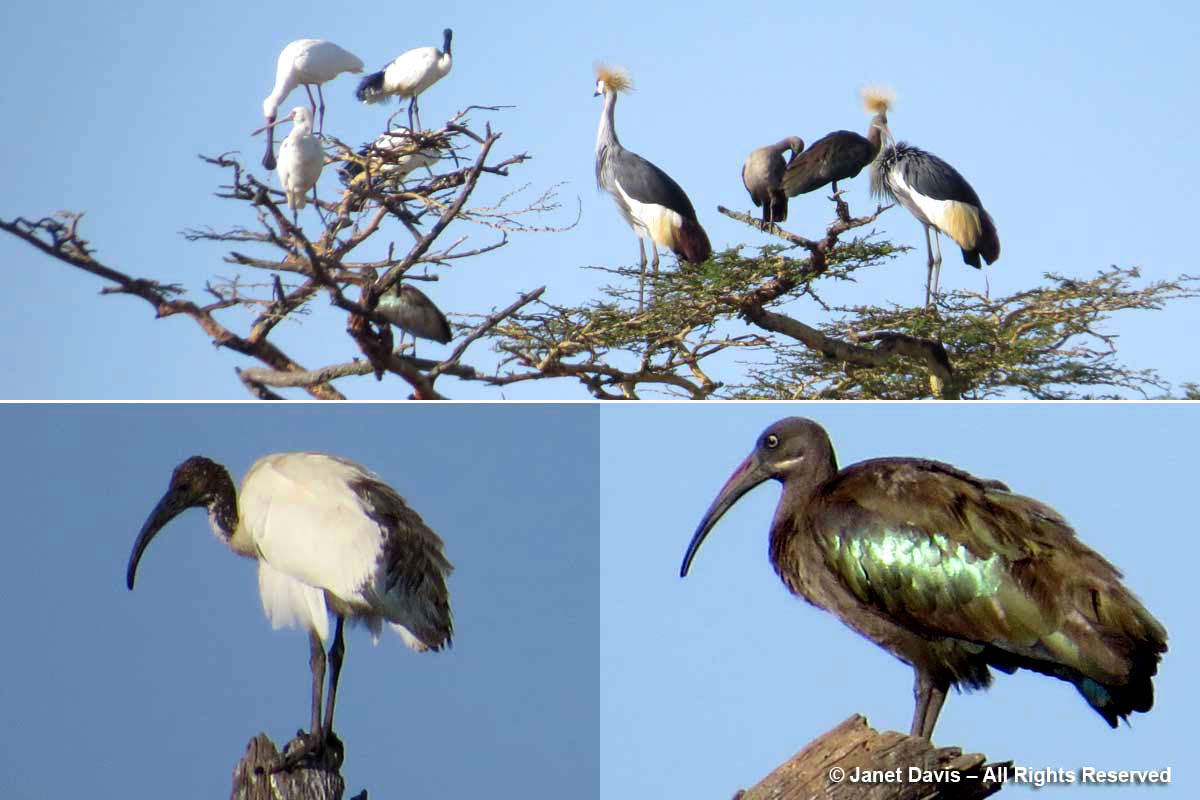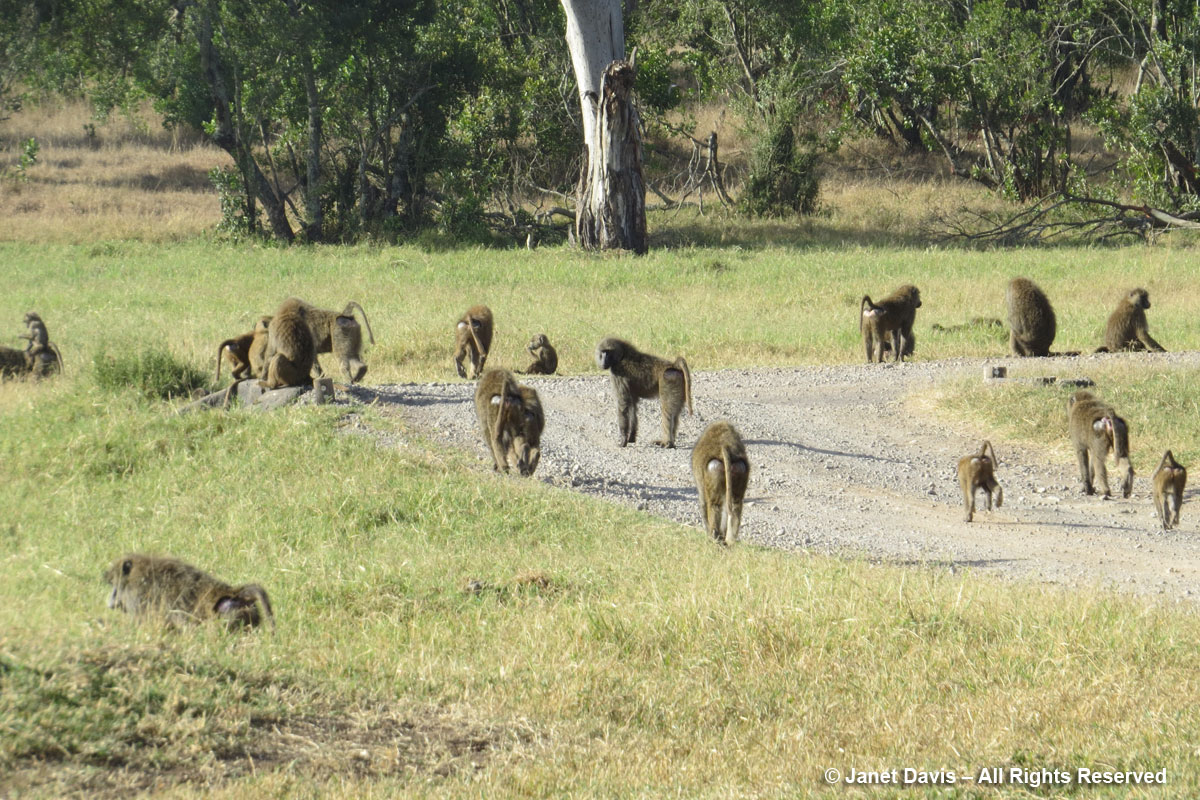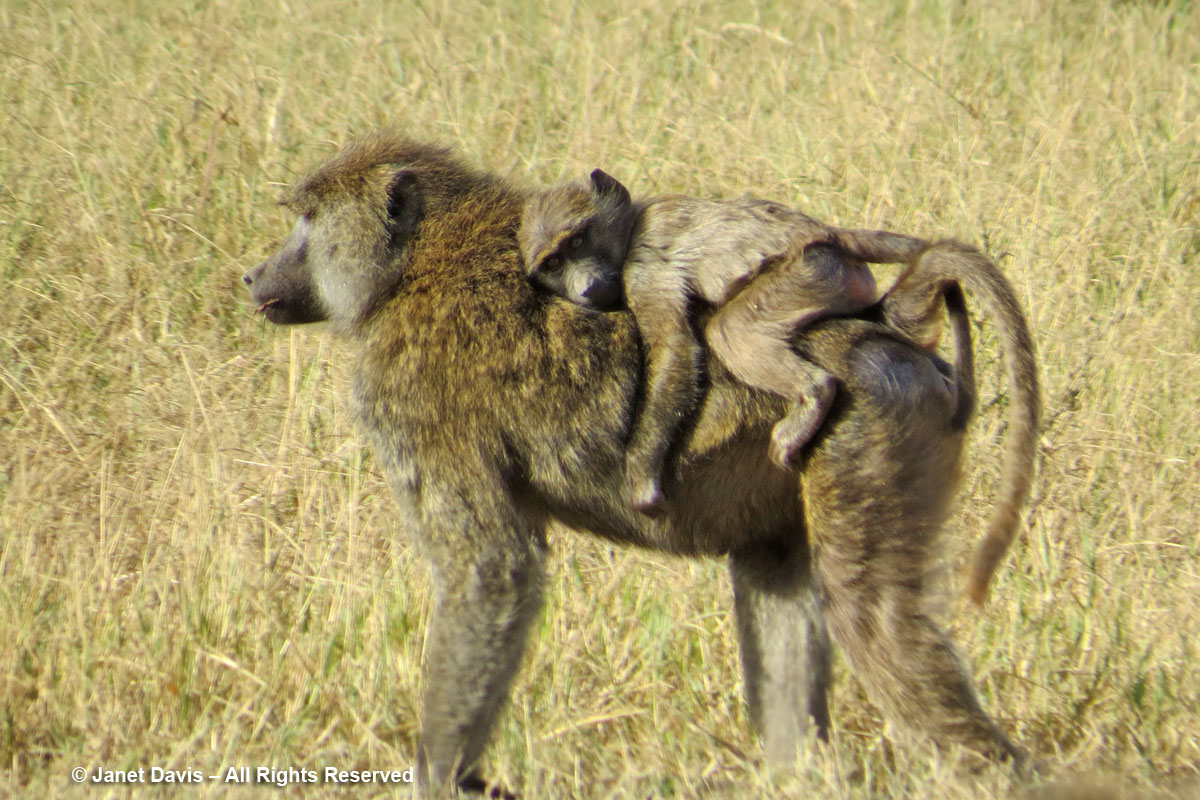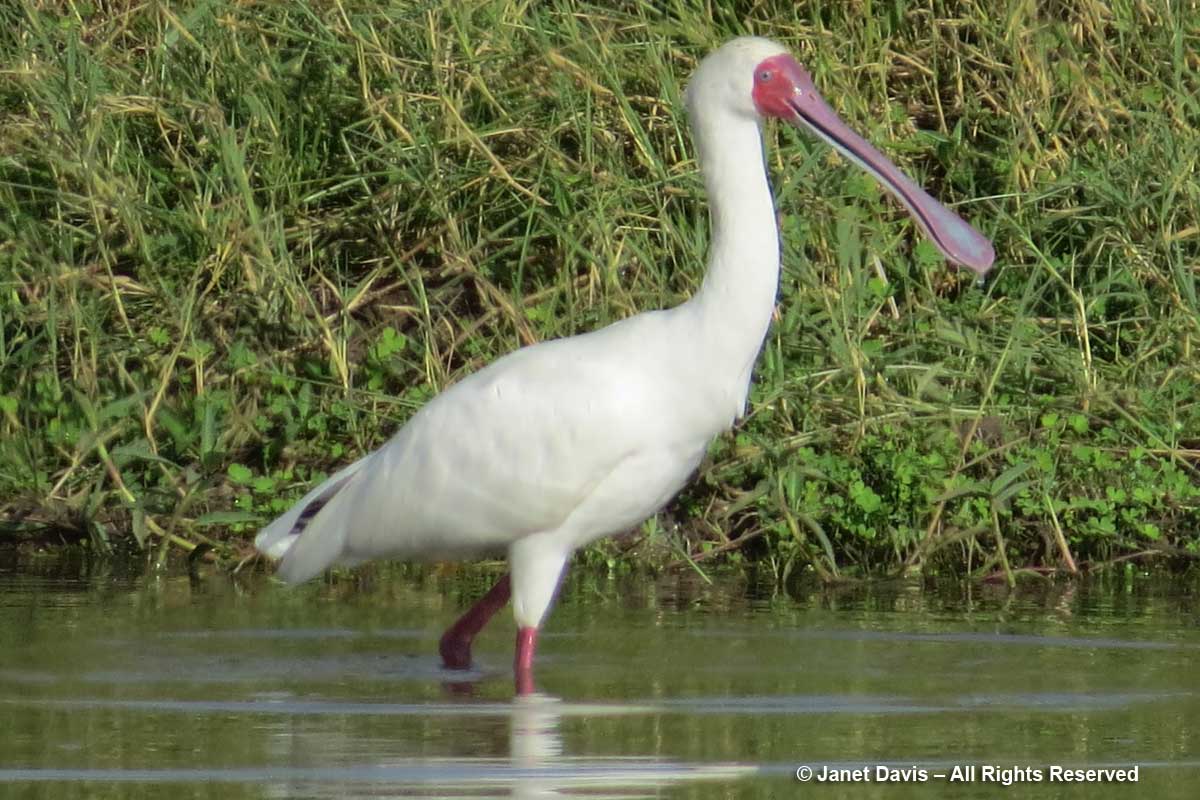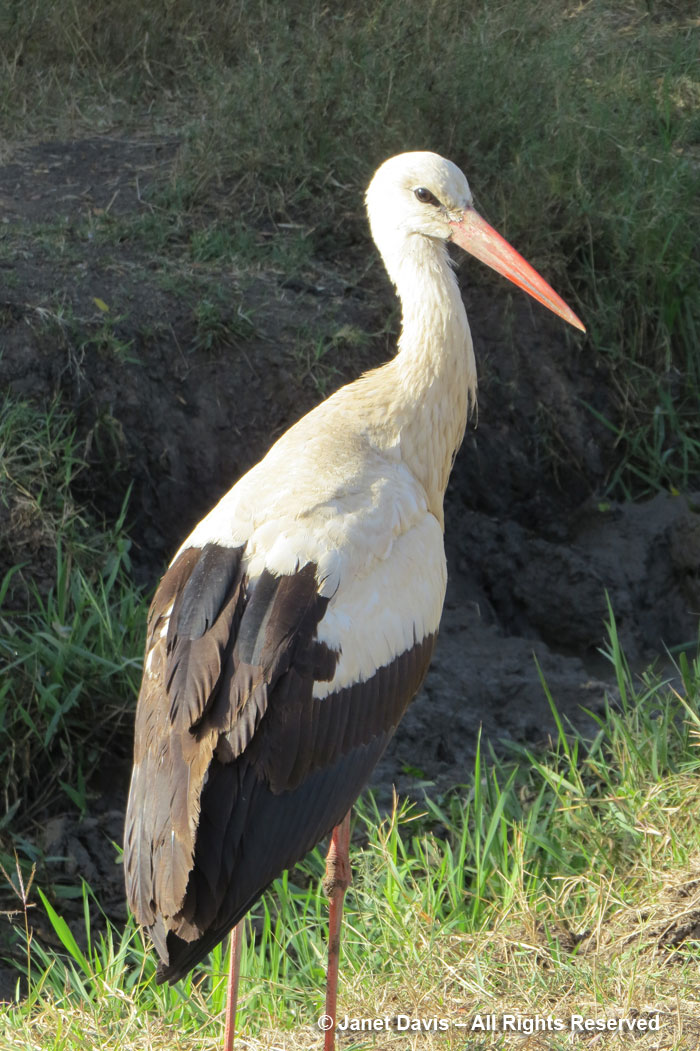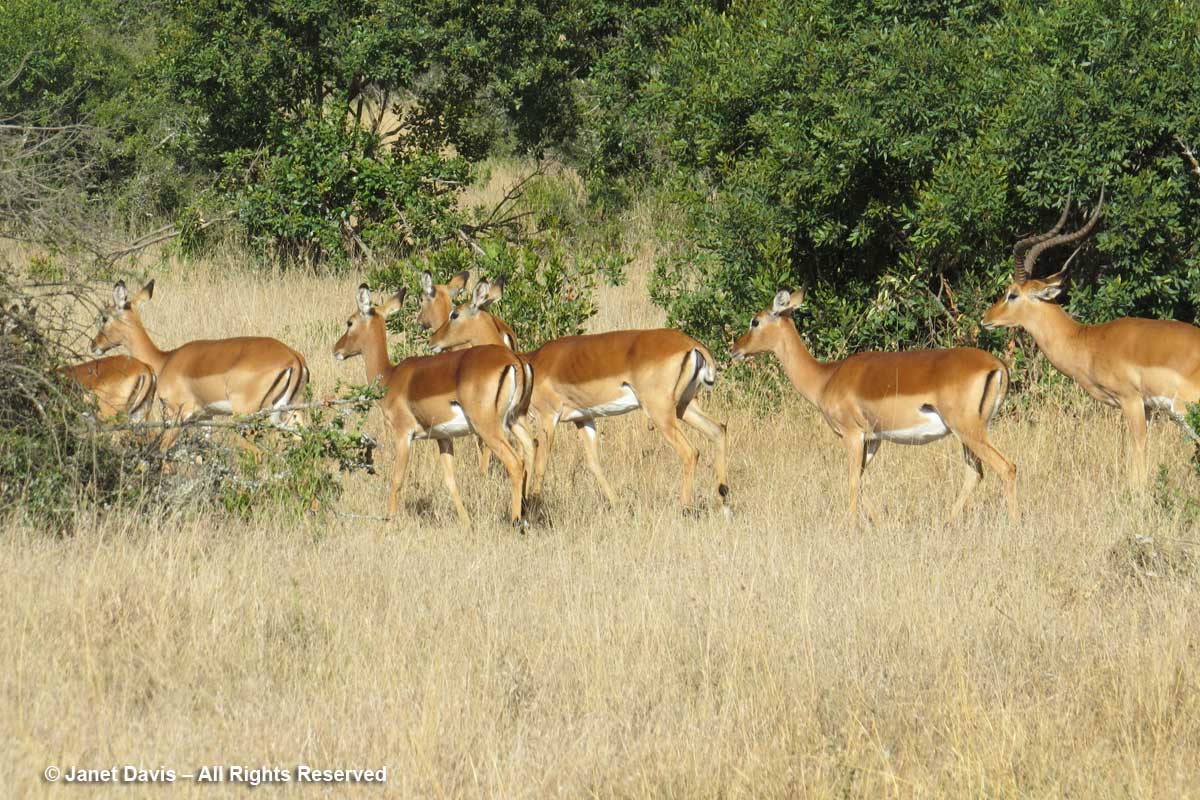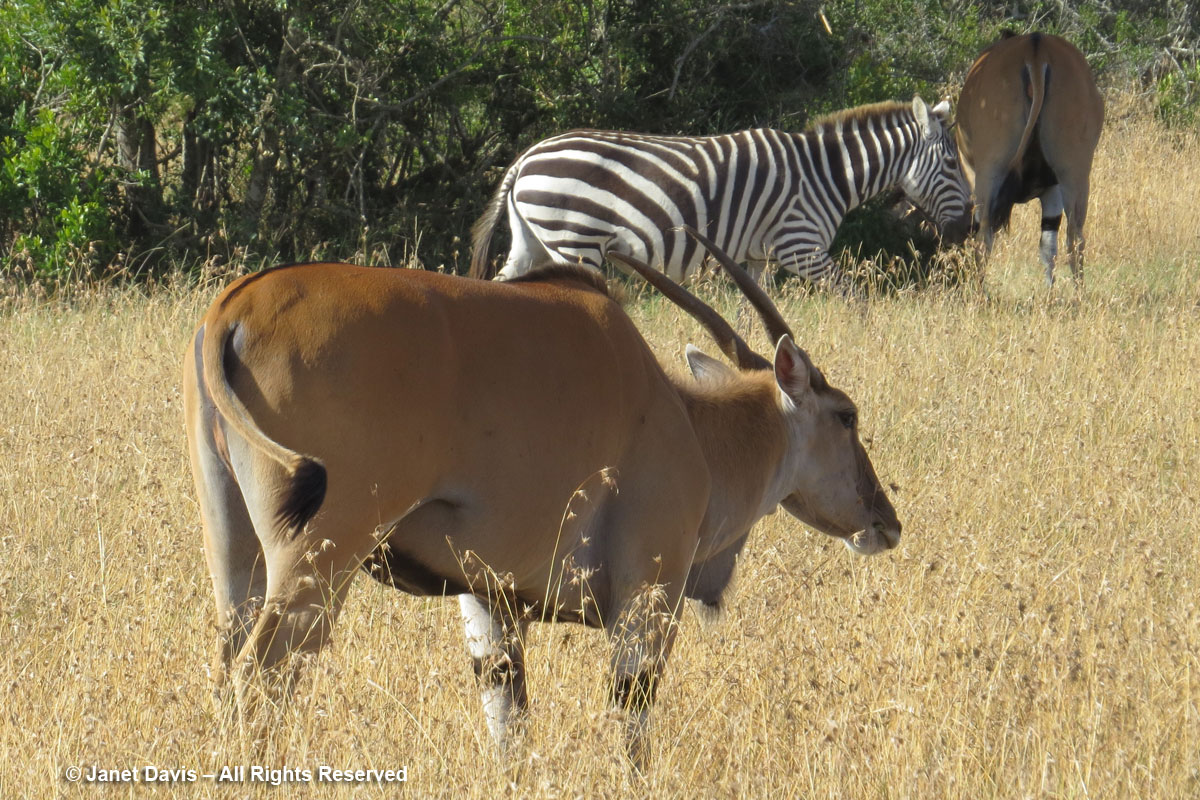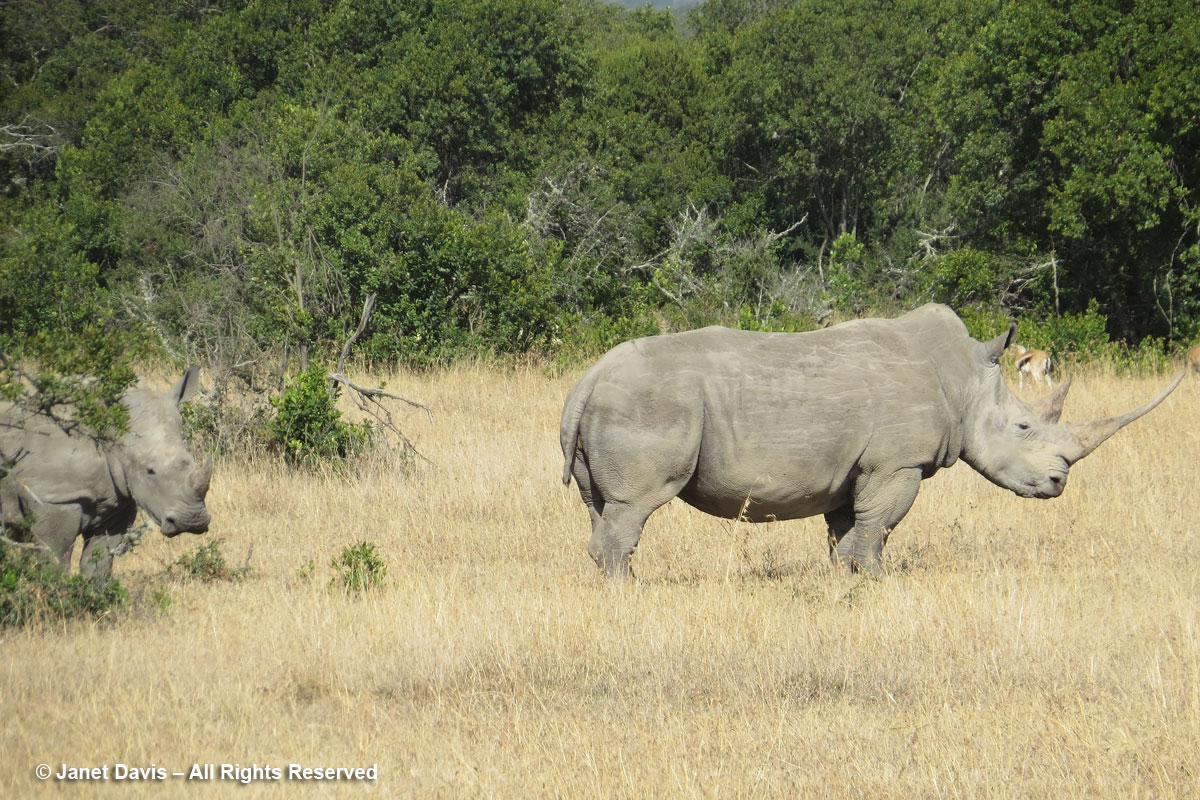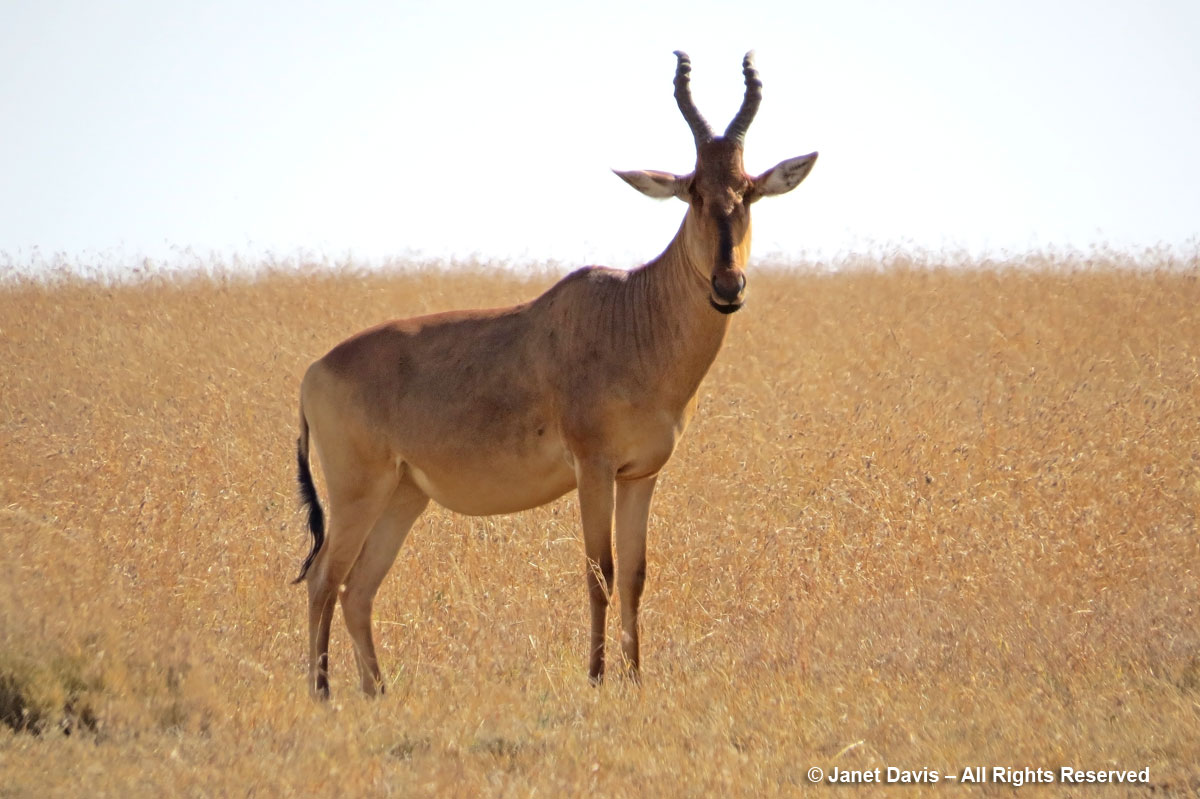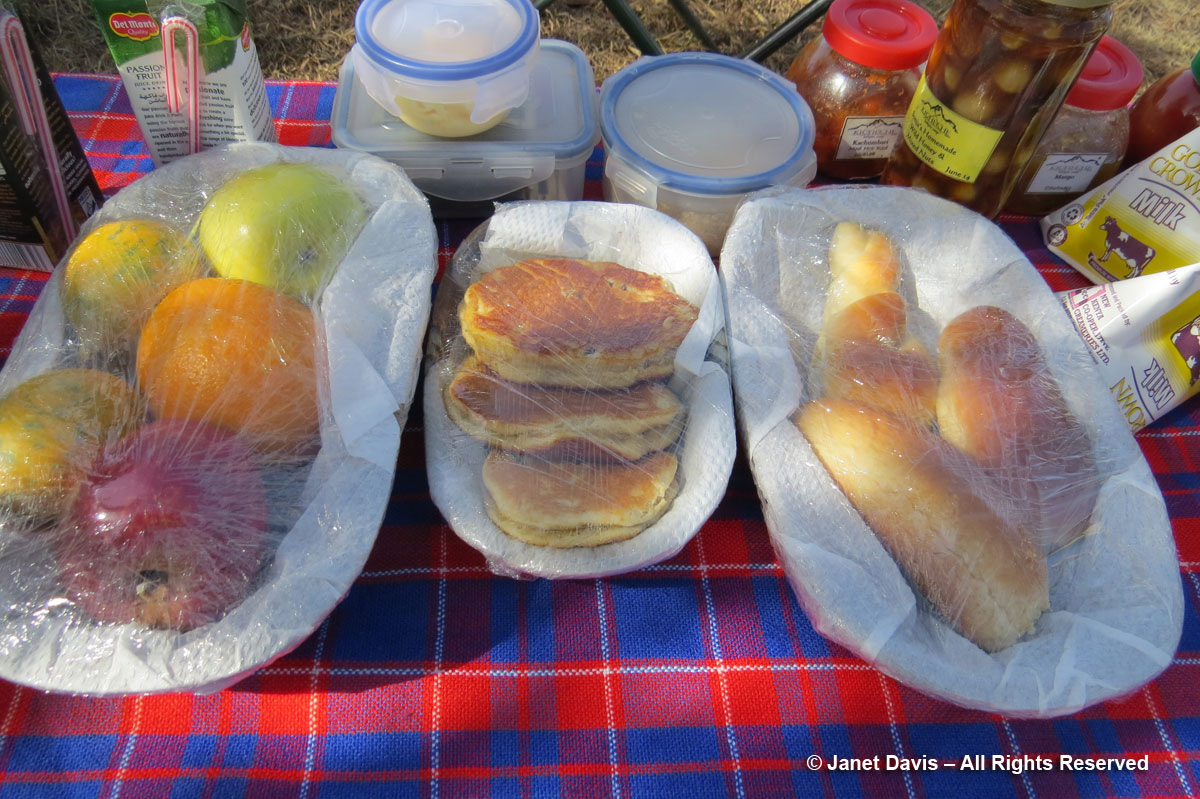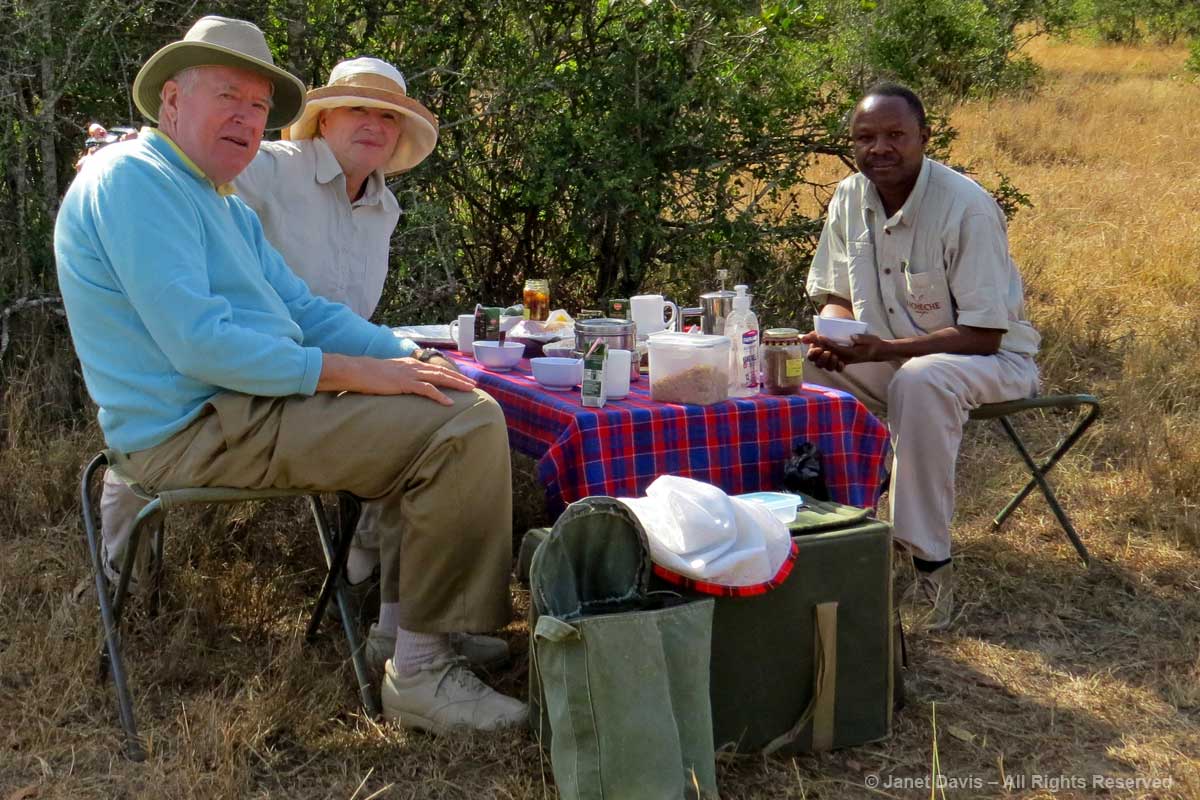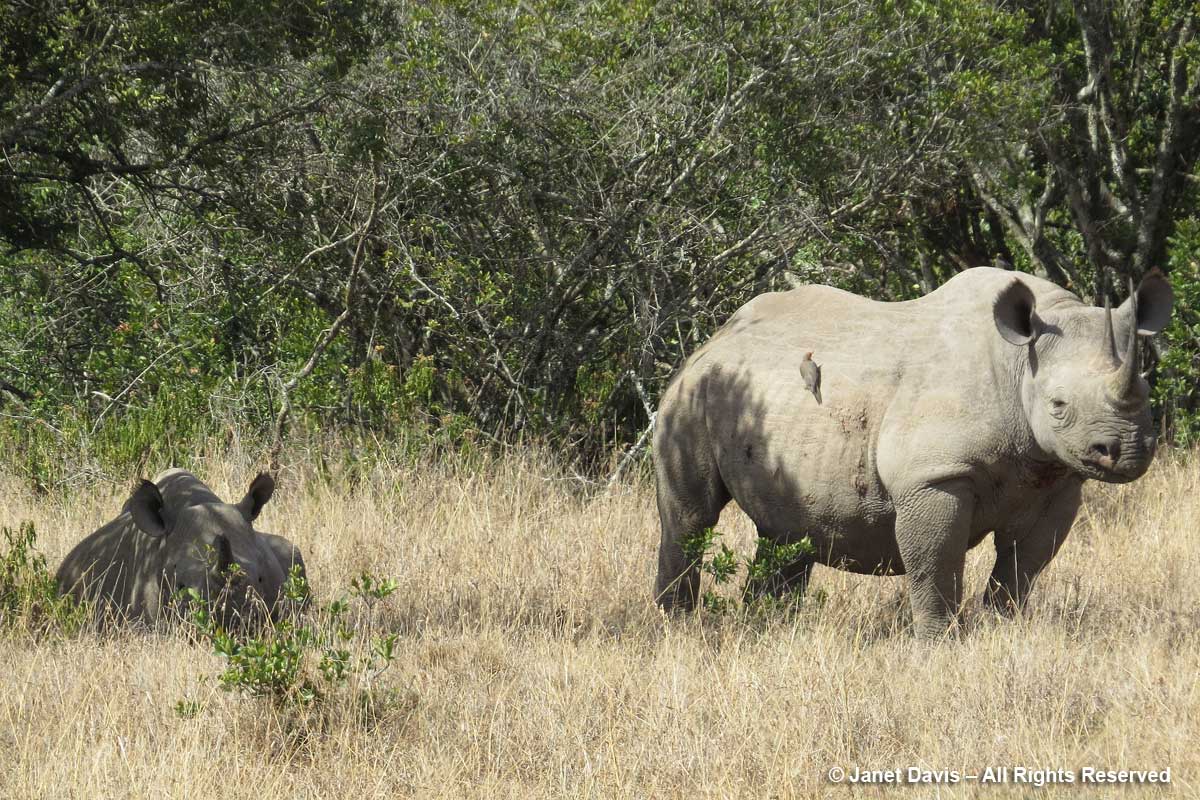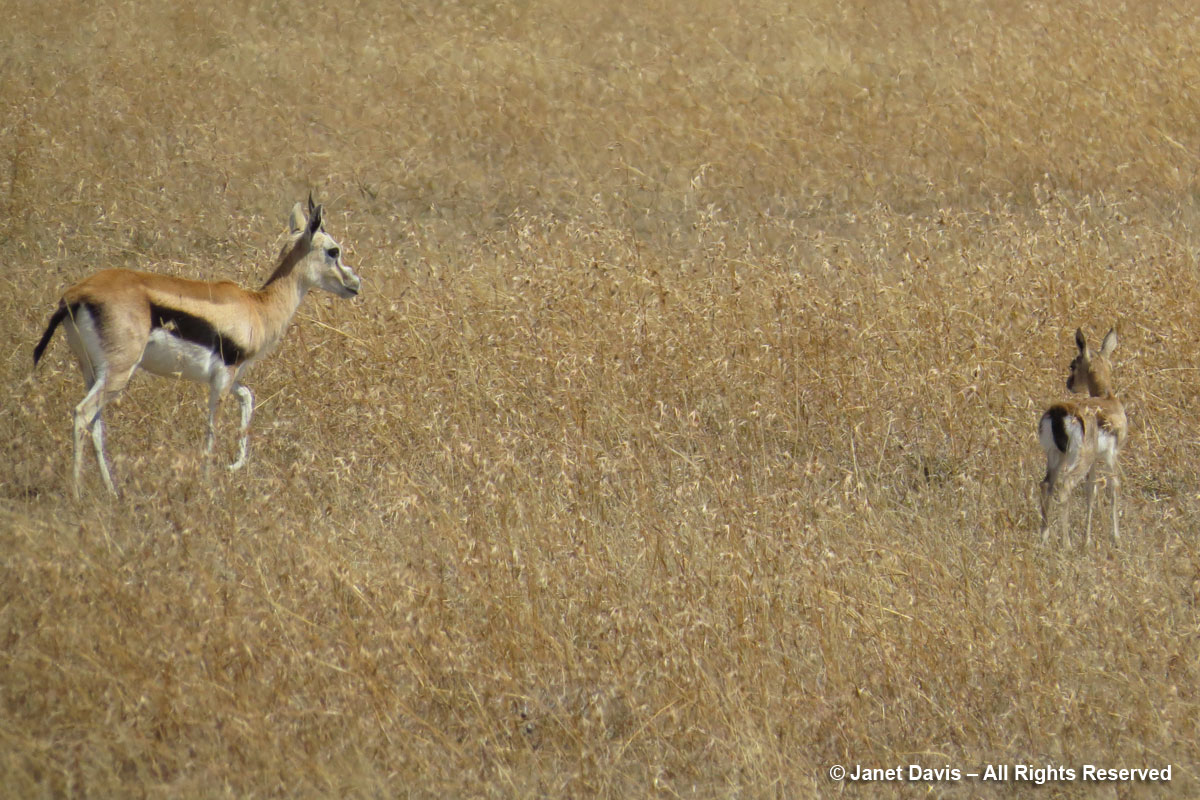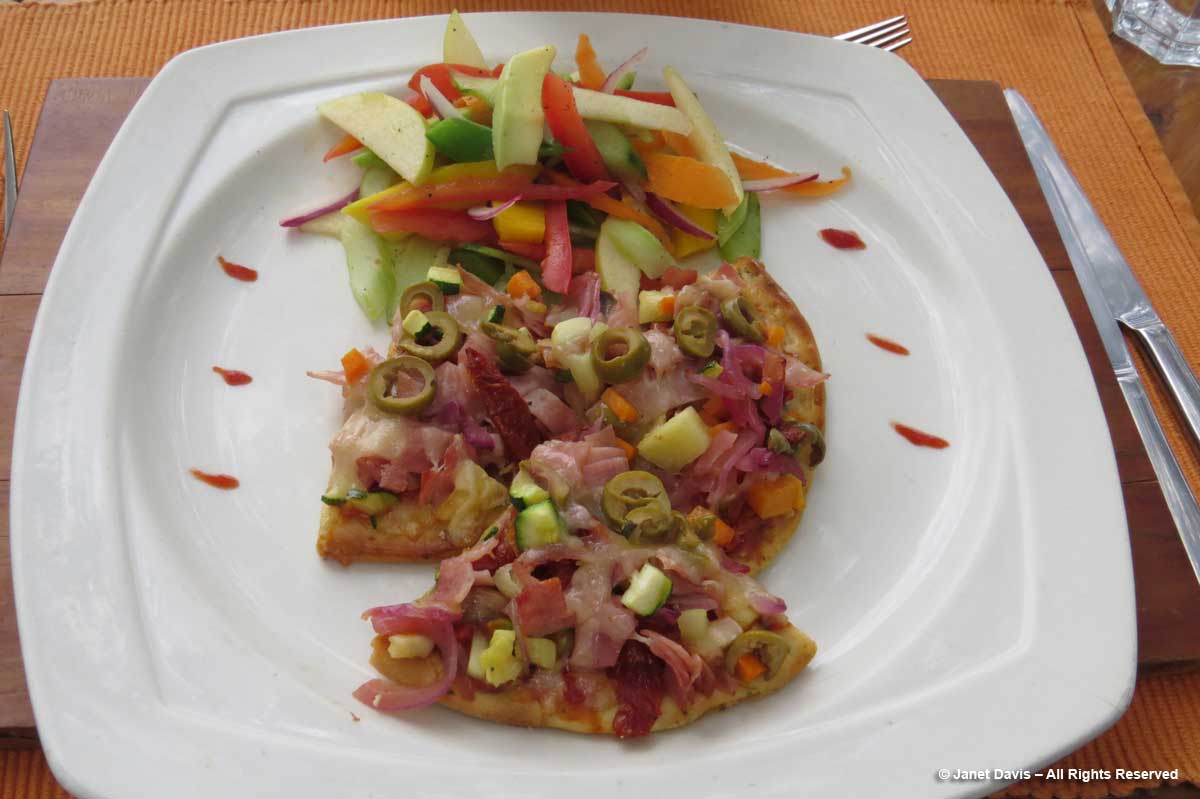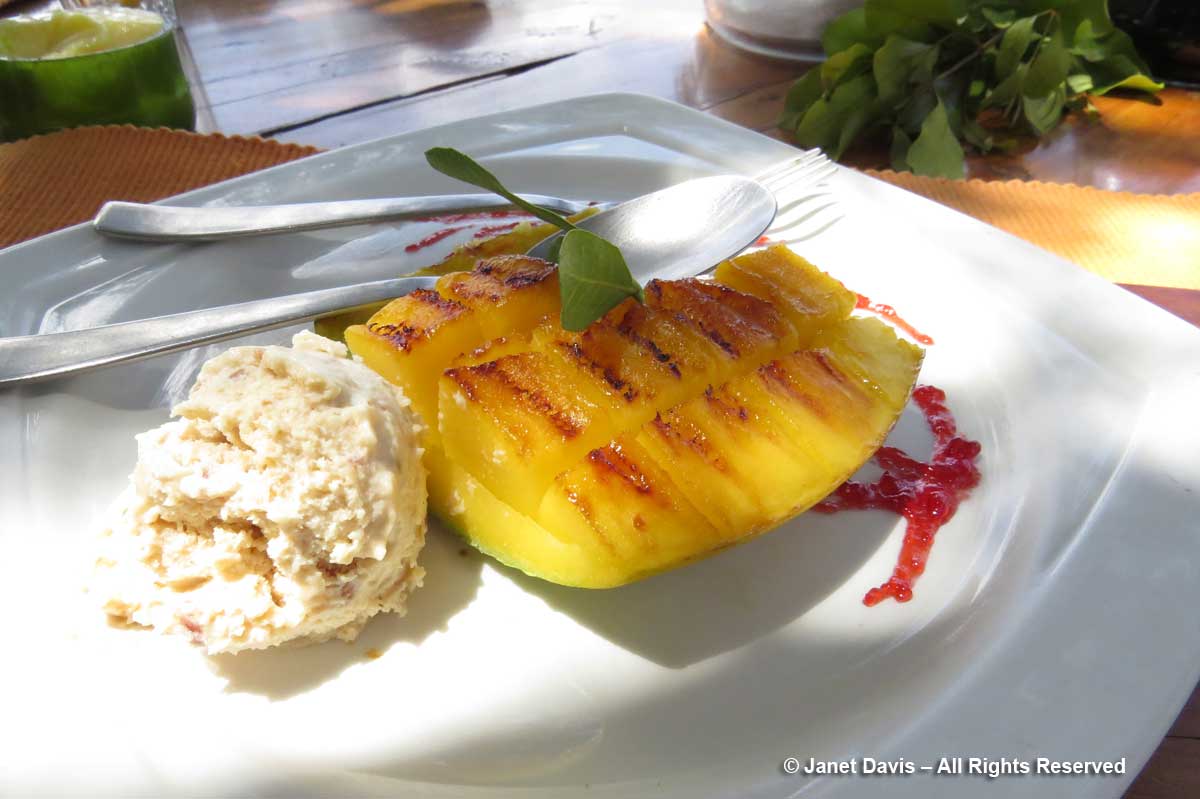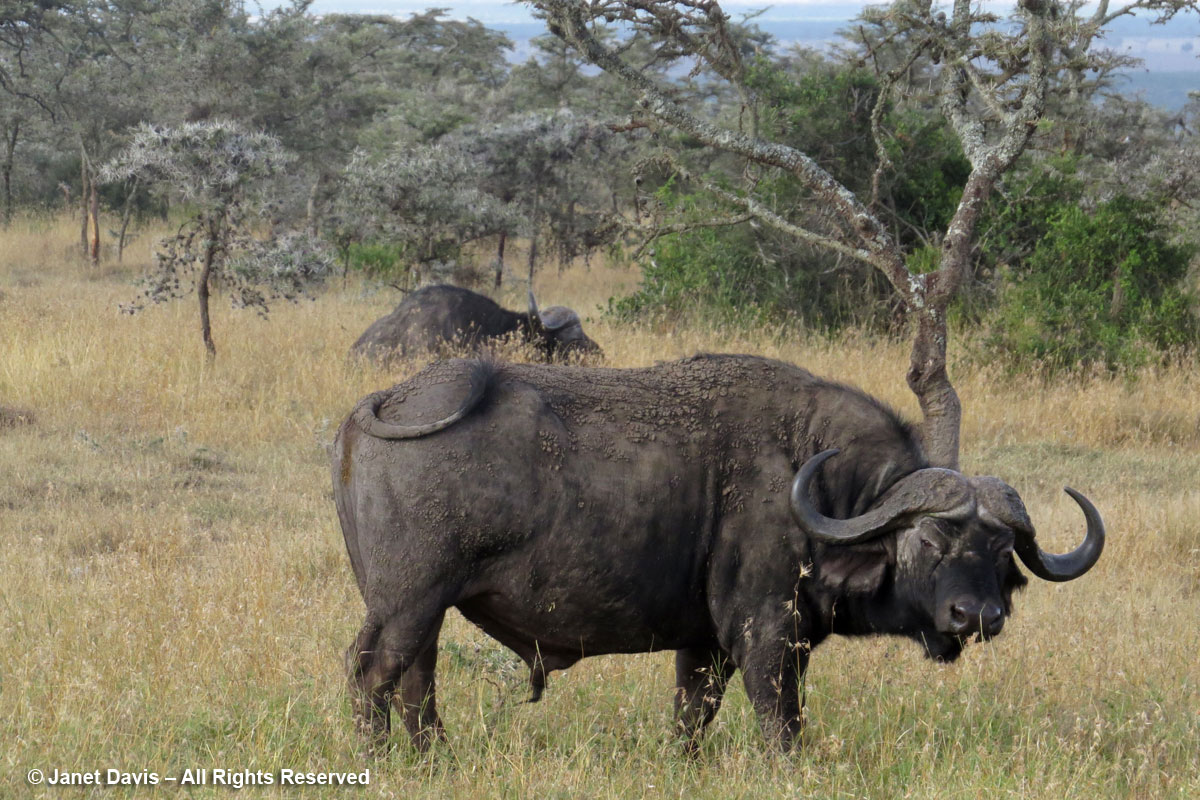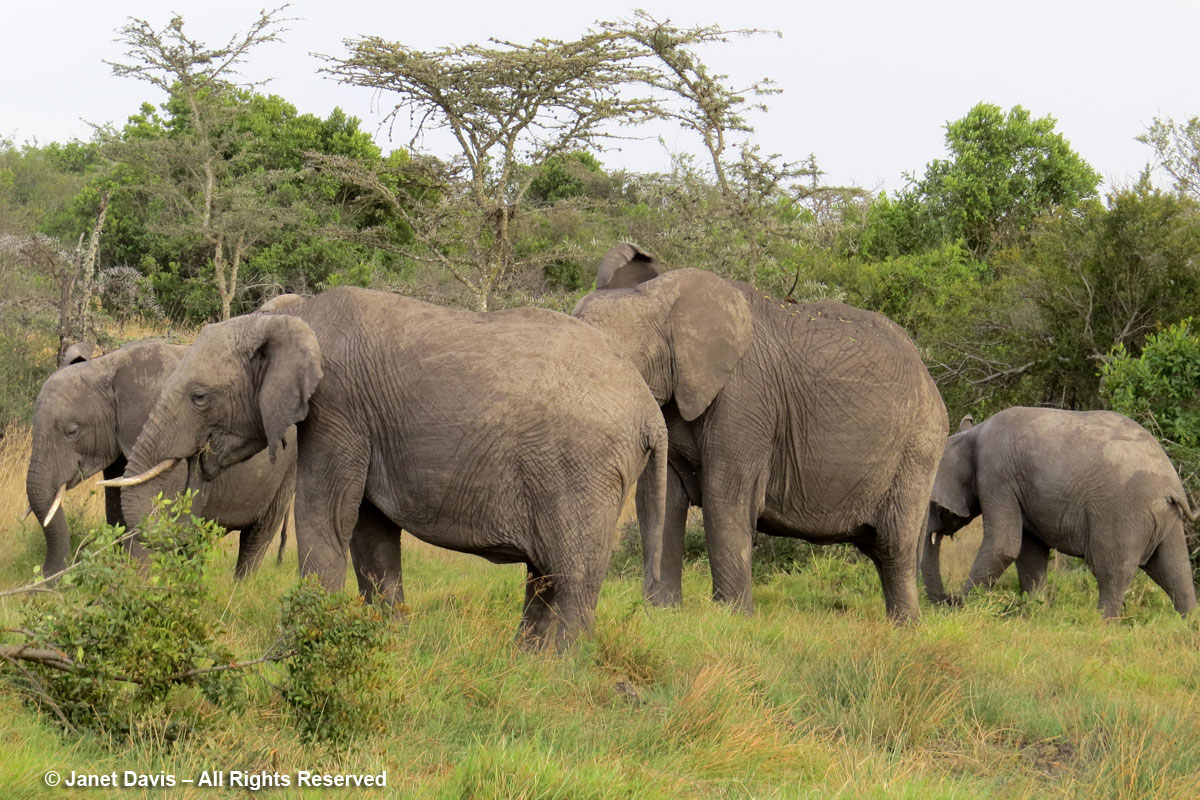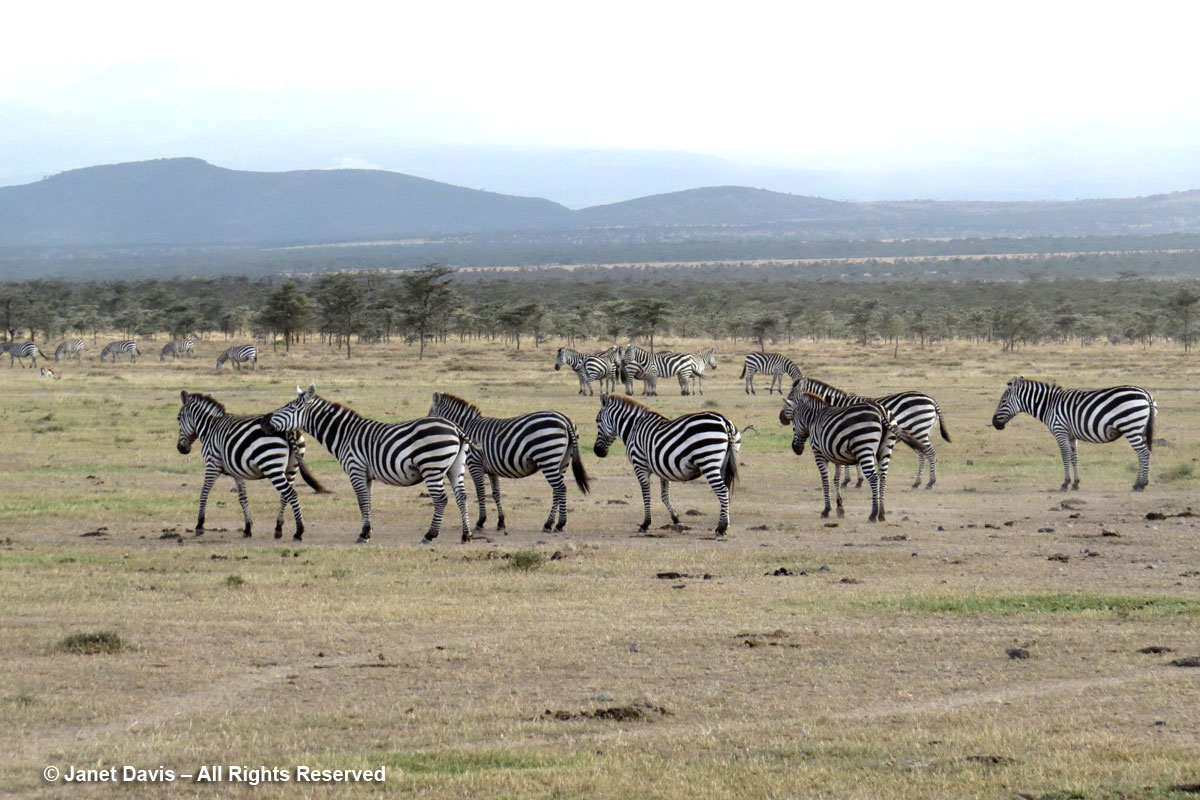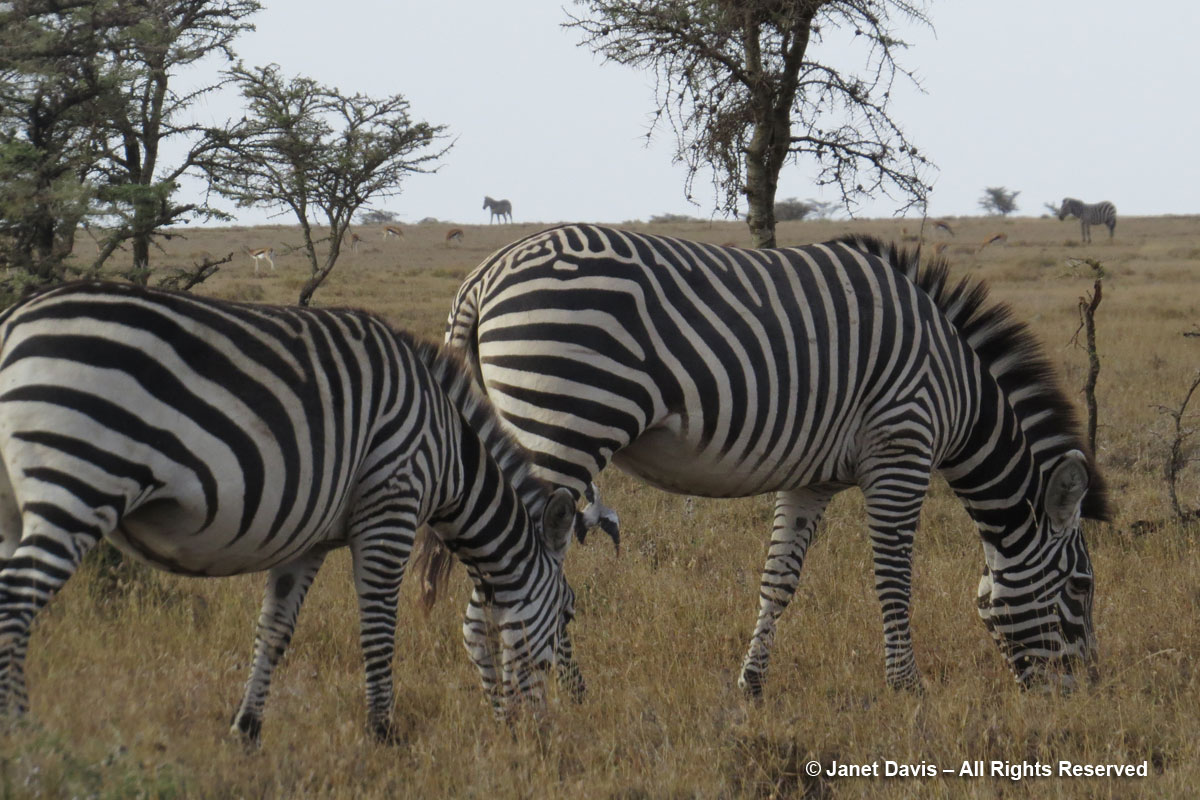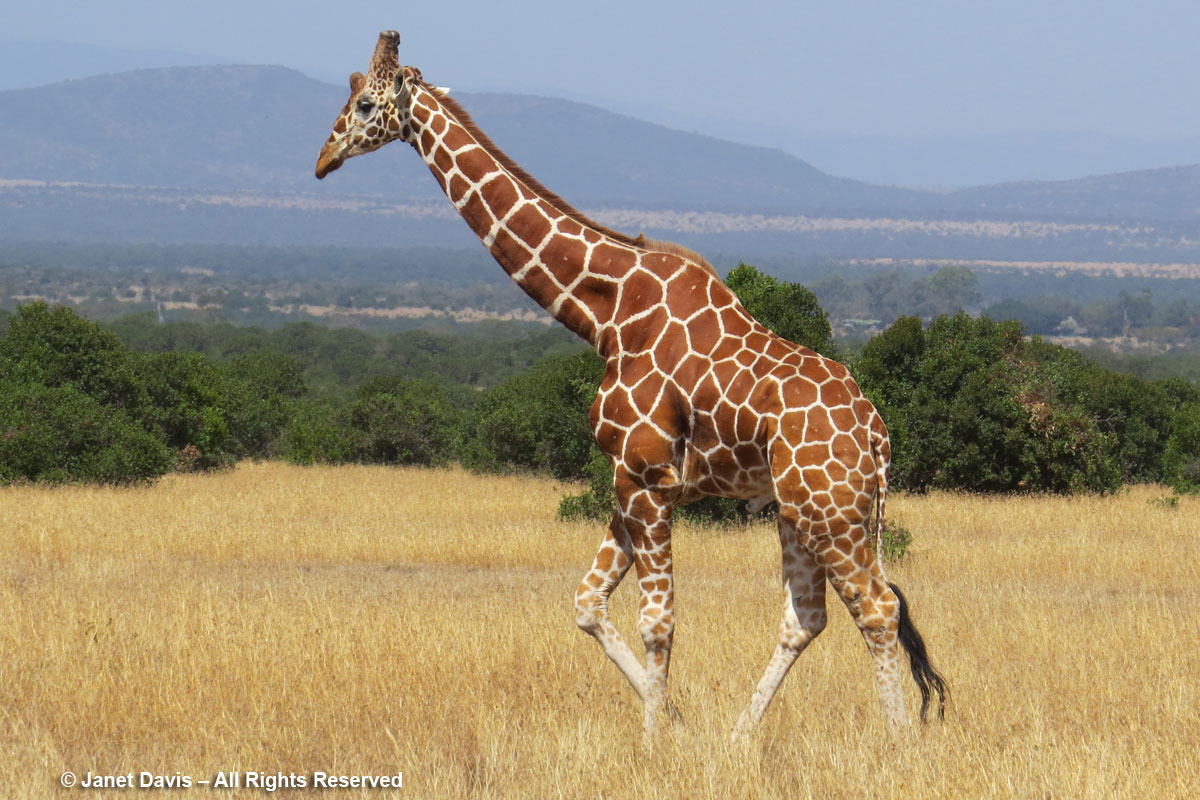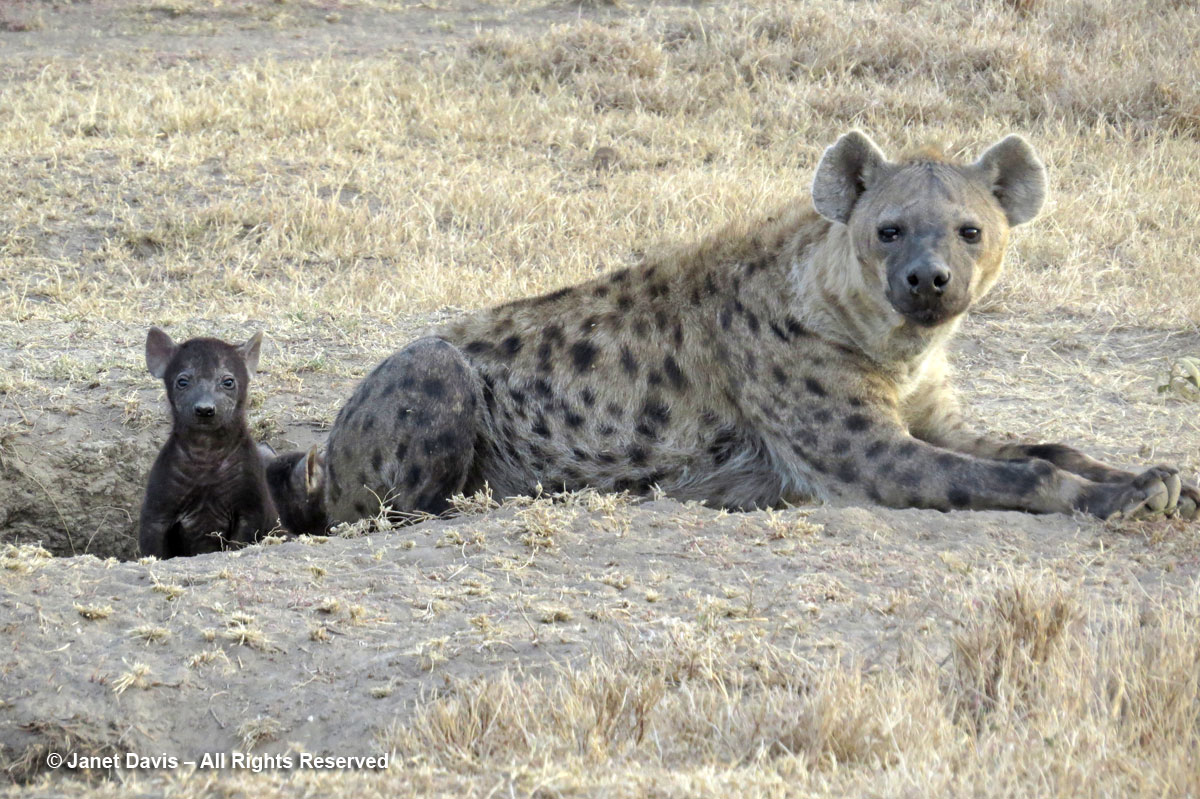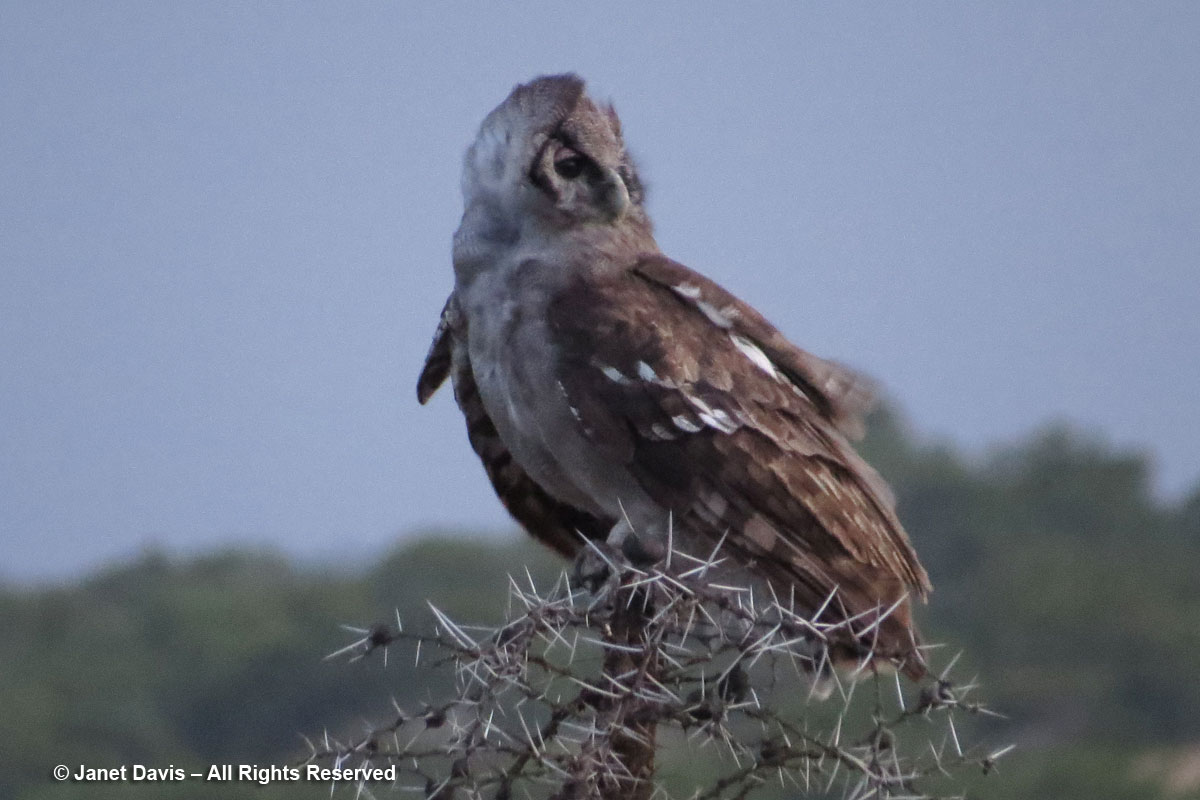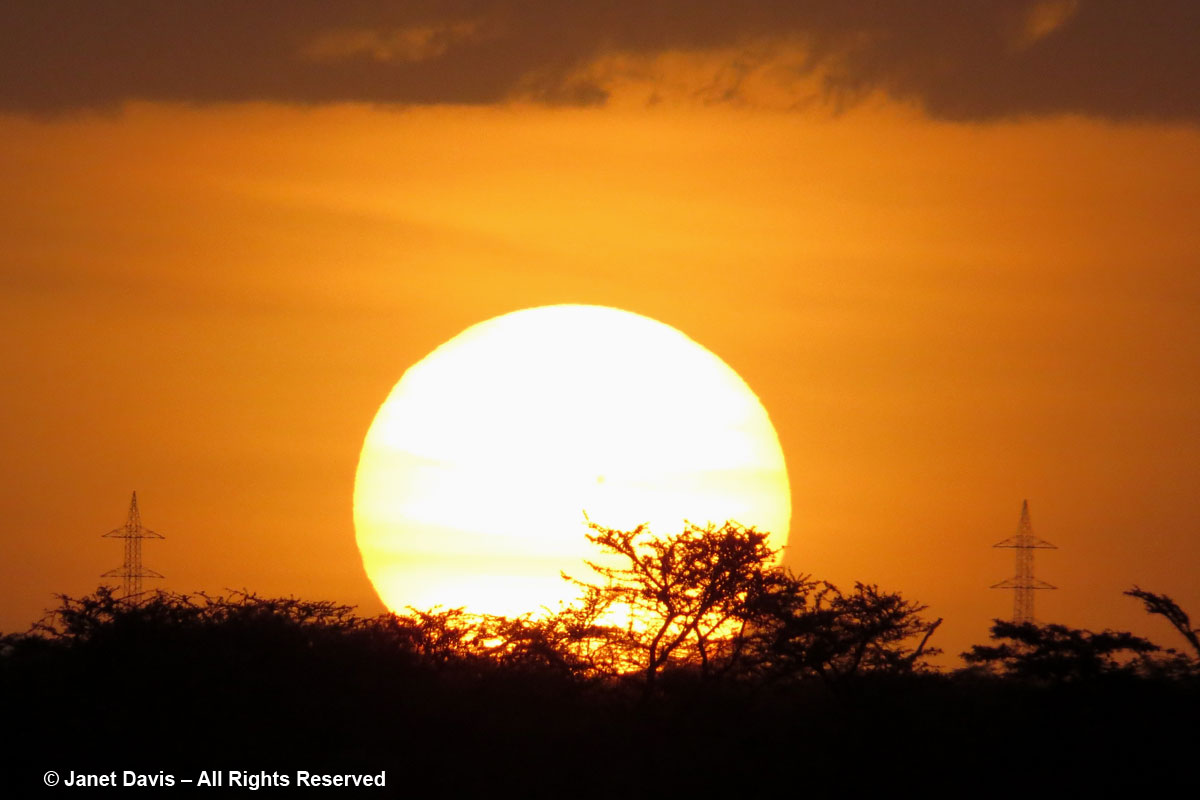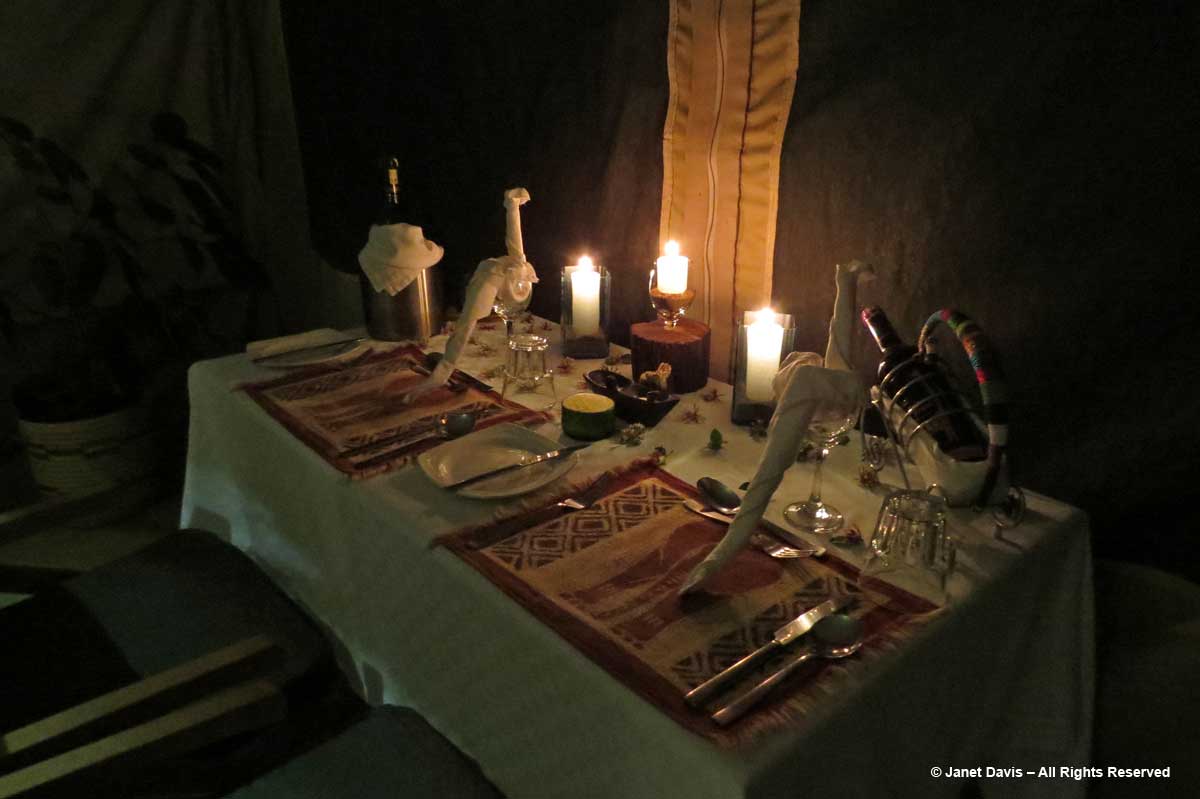If you’ve read my first and second blogs on our safari at Kicheche Laikipia, in Kenya, you’ll know that it is now late March 2016, on the cusp of the rainy season. We’re the last guests in this intimate 6-tent camp near Nanyuki, which will close for the season in just two days. This morning we’ve slept well and are ready for the 5:30 am knock at the tent door and the tray of coffee, hot chocolate and biscuits. Within 40 minutes of waking, we’re with our guide Albert Chesoli out on the savannah, awaiting the sunrise. As yesterday, Mount Kenya is clearly visible on the horizon; later in the day, it is almost always shrouded by cloud.
Slowly, the sky turns pink….
…. and finally, the sun rises. Though we don’t have the lovely giraffe silhouettes we saw yesterday, there’s always something interesting on the horizon at Ol Pejeta Conservancy, like these zebras grazing amongst acacia trees in the distance.
It isn’t long after sunrise when we’re rewarded with what is our best sighting in all of our safari excursions. We spot two cheetah brothers (Acinonyx jubatus), the remaining pair of three brothers born six years earlier. They are amazingly synchronized in their behaviour, heads turning at the same time….
….lying down at the same time, then meandering off through the grasses together to sit, one marking a tree to establish territory.
Albert positions our van as close to them as possible, then turns the engine off. For the next half-hour or so, we are utterly absorbed watching them in this quiet corner of Ol Pejeta. Like the cats they are, one sharpens his claws on a dead tree trunk….
…while his brother watches for prey, preferably an antelope or gazelle straying from the pack.
What beautiful markings on their faces!
Soon they begin to relax – a snooze, perhaps, in their future.
The cheetah brothers are so transfixing, I’ve been switching between still photos and video. Because of weight restrictions on the small planes, I only brought my ‘small’ camera, the Canon PowerShot SX50HS with its powerful 50x zoom lens (now replaced by the Canon SX60HS with 65x optical zoom), but it’s perfect for recording these two stunning animals interacting playfully and lovingly with each other like the bonded 6-year olds they are.
When it appears that lolling around wrestling and grooming each other, rather than hunting, is on their agenda, we turn on the engine and head back out on the savannah…..
…. but the other animal sightings this morning are somewhat anti-climatic after our cheetah experience. We decide to stop for our picnic breakfast, and Albert finds us a clearing near a spring-fed stream and prepares to sets the table.
This morning’s menu features Scotch eggs, a delicious combination of spicy sausage and boiled eggs, with crepes and mango chutney.
As I sip my coffee, I notice a little glimmer of bright-red in the grasses. It’s the tiny flower of an indigenous hibiscus, H. aponeurus. In my later reading, I discover this little flower was used by the Maasai in witchcraft!
Besides the acacias, the other predominant shrub on the savannah is Euclea divinorum, which is widespread on the African continent.
The morning has warmed up considerably and many of the animals seem to be hiding from the heat. So we drive back to camp – pronounced Kee-cheh-chay – to put our feet up for a while before lunch.
After lunch, I read on our tent porch and watch a cape buffalo at the water hole. But when I approach with my camera, he galumphs off through the mud…..
….. so I photograph the cattle egrets on a dead tree instead.
In mid-afternoon, I’ve arranged to meet William Wanyika, who not only works in the Kicheche camp administration but is the resident beekeeper, something he’s been doing for most of his life. (Photographing honey bees is one of my great passions.)
William shows me the flowers of the abundant euclea, which are providing most of the nectar flow for the bees at the moment….
…and I ask him to talk a bit about his beekeeping while I videotape him. What a treat to have this opportunity to learn about something I’ve chronicled at home. Here’s my video – sorry about the buffeting wind.
Soon it’s time to set out on our 4 pm game drive, our final safari outing. Albert decides to head over to the far side of Ol Pejeta Conservancy, quite a long drive. En route, we spot two black-chested snake eagles (Circaetus pectoralis) in a tree.
As we get closer to the Sweetwaters Chimp Sanctuary where the majority of lodges and hotels are, we find lots of crowded safari vehicles on the road; one driver pulls close to tell Albert about a lion sighting nearby On our way to find it, we come upon a bull elephant (Loxodonta africana) drinking at a pond. It’s clear by his partially-unsheathed penis that he has also recently been (or is about to be) urinating. From his vantage point, Albert doesn’t think he’s in musth, but with my telephoto lens I can capture him at a safe distance and later see that there are secretions from the temporal glands at the side of his head which seem to indicate that he is. If so, his urine contains much higher levels of testosterone than usual, and dribbling it around signals his musth status to other males.
Unlike the female elephants that congregate in matriarchal communities with grandmothers, daughters, aunts, female cousins and the youngest male and female calves living together, young male elephants are kicked out when they reach their adolescent years (about 14) and will live in “bachelor clubs” with other males and a dominant bull male, from whom they learn behaviour. When females are in oestrus, musth males can detect it from far away.
Once the elephant saunters off, we go in search of the lions, finding them resting in the trees near the road, likely waiting for darkness before going hunting. So we drive on.
Next we find a pair of grey-crowned cranes (Balearica regulorum) doing their courtship dance….
….and a southern white rhinoceros drinking at one of Ol Pejeta’s water troughs….
….and some newborn zebras, below. The common (Burchell’s) zebras (Equus burchellii) usually give birth during the rainy season in East Africa. The mare will separate from the herd before delivering in order to protect the vulnerable foal.
Albert points out that zebras have evolved long enough legs for a newborn that when standing behind their mothers (and combined with the visually confusing stripes), lions cannot easily detect them.
As we drive on, we see a group of safari vans parked along the road, all the cameras trained on a lioness She yawns…..
….then saunters off, and we decide we’re a little tired, too. Time to head back for a drink – the traditional safari ‘sundowner’ – before dinner.
Tomorrow, we fly home and this is our final sighting at Kicheche Laikipia and Ol Pejeta Conservancy. But I’ve collected video of a lot of the animals we’ve seen over the past few days, and put it together so I can enjoy the feel of the savannah here any time I want. I hope you enjoy watching it, too..
On our last morning, we sleep in a little (no safari drive today) and have breakfast in the main tent before packing for home.
We say our goodbyes to Andy & Sonja Webb, and Albert drives us into the little airport at Nanyuki and watches until we’re safely up in the air. These flights are often milk runs, and the sleepy passengers settle in as we head to Wilson Airport outside Nairobi via a stop at Lewa Downs, where we began our Kenyan adventure one week before.
As we fly over Laikipia, I gaze down at the landscape below us. The patchwork farm crops…..
….the wheat fields…..
…and the great forests and acacia-dotted plains of the conservancies and parks where Kenya’s magnificent animals roam free.
It is a land like no other, and one we’re so fortunate to have experienced.
*******************************************************************************************************
Postscript: Given the vagaries of airline schedules, a total of 41 hours will elapse between awakening at Kicheche Laikipia and going to bed In Toronto. To pass some of the hours before our Nairobi-London leg, we’ve booked a day room at Macushla House on Nairobi’s outskirts, where we stayed for 2 nights more than a week ago on our arrival in Kenya from London.
We can sit and read in an easy chair….
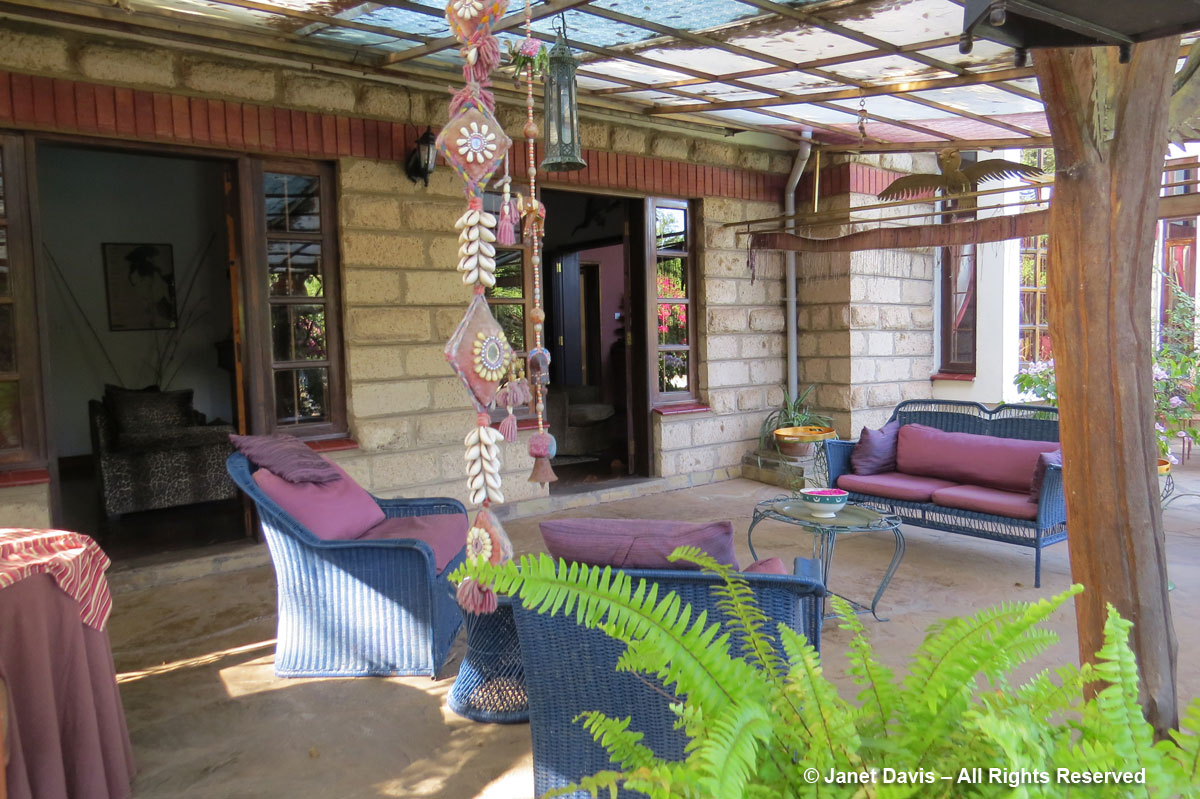 …while enjoying the unique furnishings, like this cool owl support post….
…while enjoying the unique furnishings, like this cool owl support post….
Or sip a gin-and-tonic at an outdoor table with lunch…
…after a swim in the pool.
Eventually, it’s time to brave Nairobi’s traffic to Jomo Kenyatta airport to begin the flights home to Canada. As always, East Africa has bewitched us, its people have enchanted us, and its majestic animals have served as powerful reminders that there are still beautiful places in the world where ‘wild’ is more than just a word, it’s a covenant with nature.

